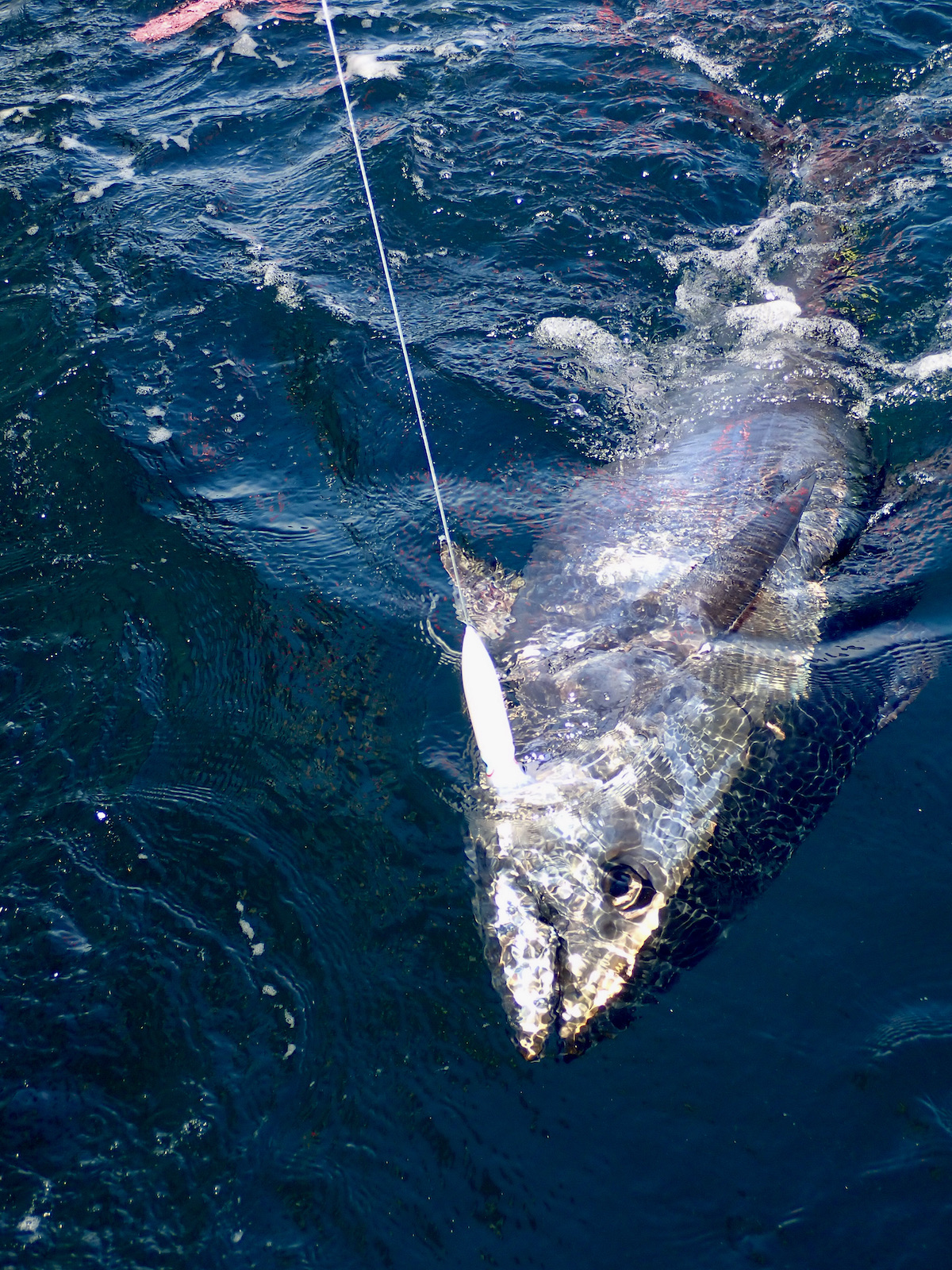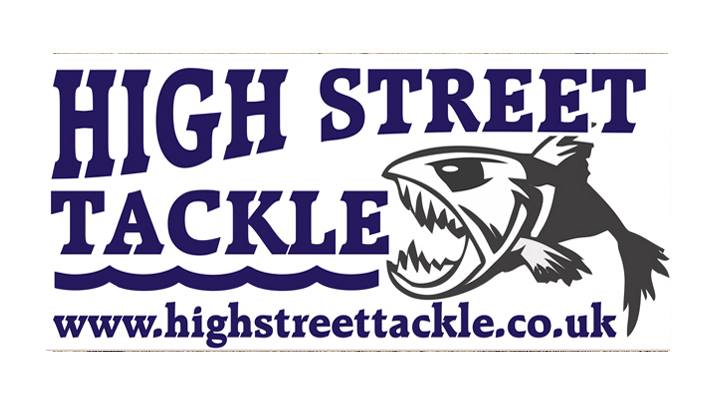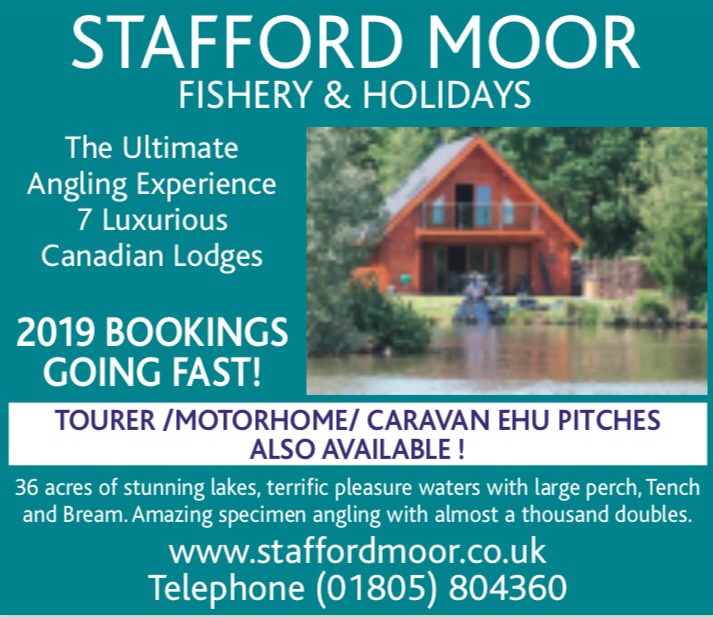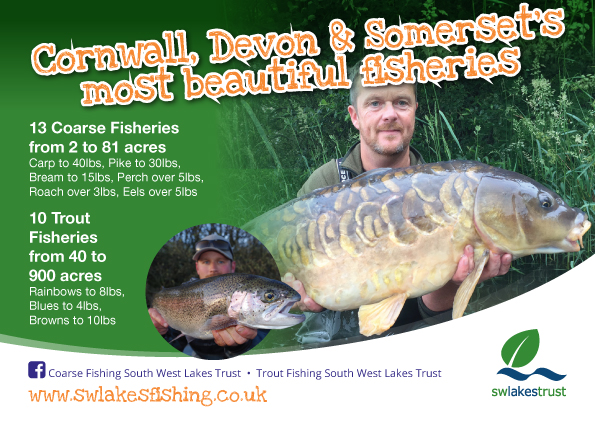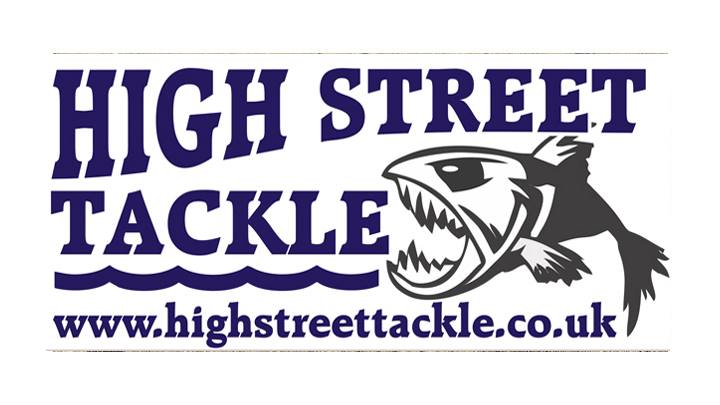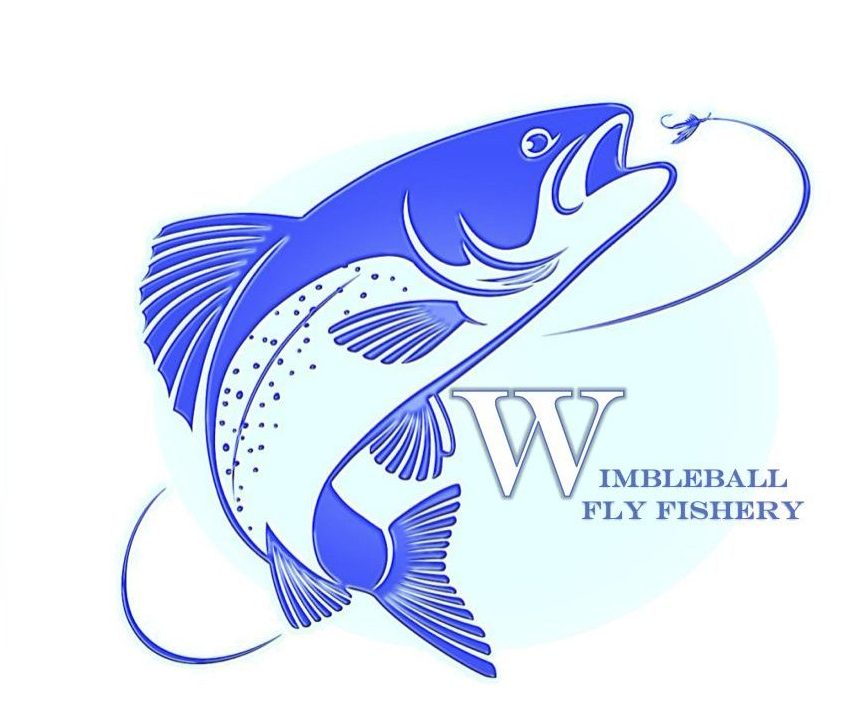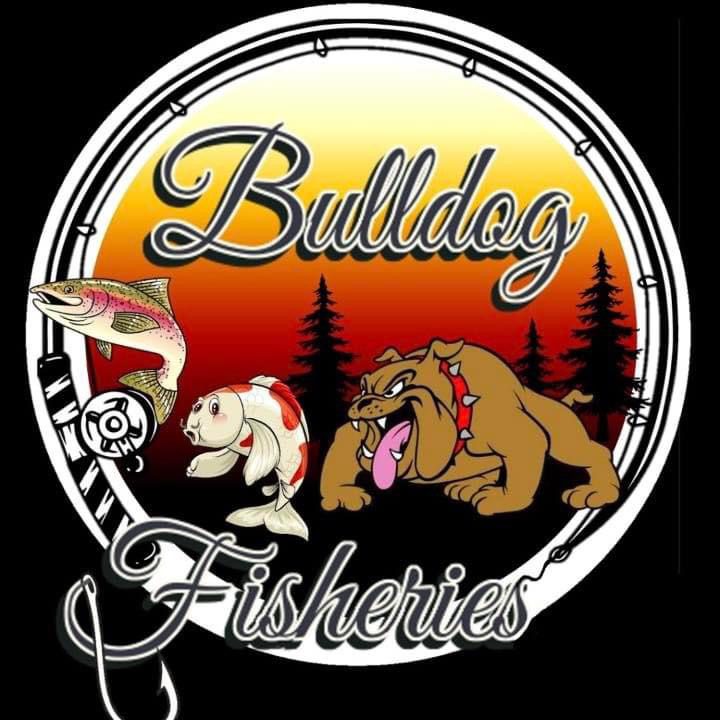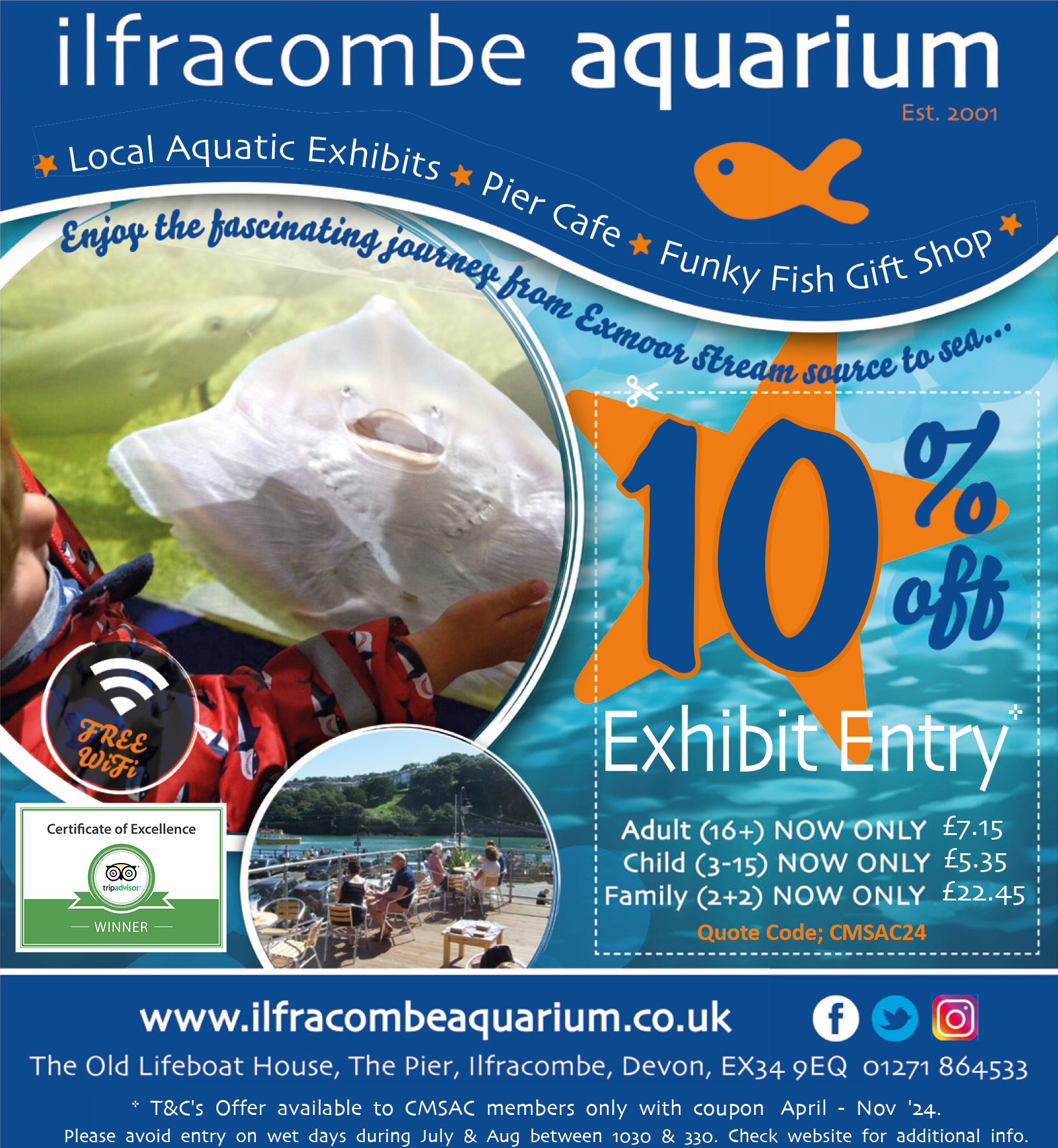ANGLING REPORT – November 6th, 2025
ANGLING REPORT

Flounder Season in full swing
The flounder season is in full swing with regular competitions being held in the estuary. Triple Hook Clubs South West Water Open was won by Robbie Hancock with a flounder of 1lb 71/2oz. Runner up was Steve Baker with a flounder of 1lb 67/8oz and Garry Vaughan third with a flounder of 1lb 61/4oz. Triple Hook Clubs Open last Sunday was won by Paul Ackland with a fine flounder of 1lb 111/4oz. Runner up was Mario Manley with a flounder of 1lb 63/8oz, third Mark Hancock was third with a flounder of 1lb 51/2oz and Kevin Hancock forth with a flounder of 1lb 41/2oz.
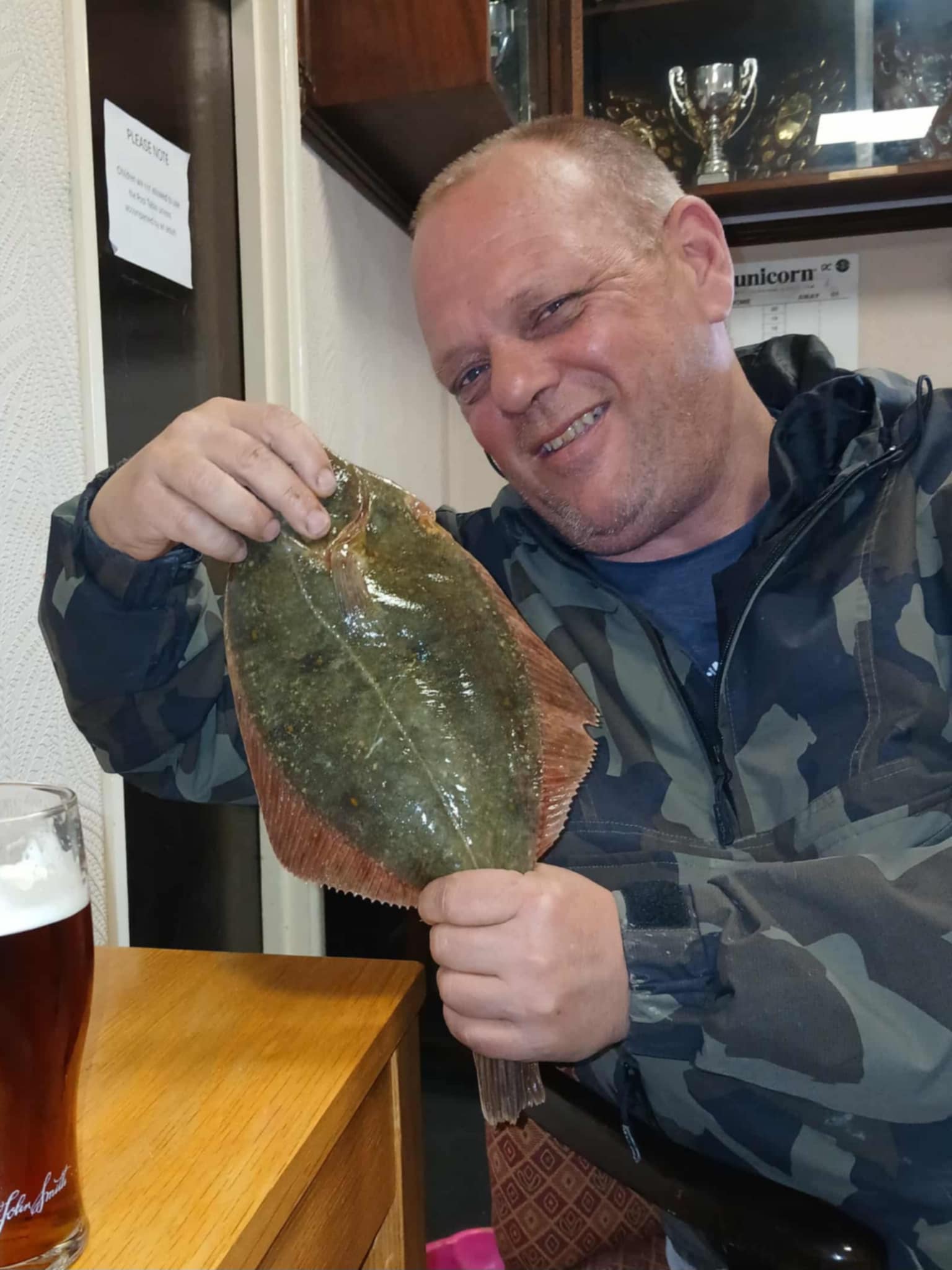
( Above) Paul Ackland won Bideford Angling Clubs monthly sea rover with a flounder scaling 1lb 121/2oz.

The estuary is also producing good numbers of bass with many being tempted with baits intended for flounder. Increased rainfall and colder weather is perhaps needed to result in increased catches of the humble flounder that provide easy fishing close to the town. One of the beauties of flounder fishing is that it can be enjoyed by anglers of all ages and abilities.
BASS FISHING
Jamie Steward has secured victory in Combe Martin SAC’s Lure Fishing League sponsored by High Street Tackle. The event ran from April 1st until October 31st with club members registering their top five lure caught bass. Jamie registered five bass for 354cm with Mark Drewer runner up with five bass for 351cm. The longest bass of 77cm was caught by Mark Drewer.

MATCH FISHING
Gary McClair won this year’s Stafford Moor November Silvers Festival with 31lb from Woodpecker Lake.
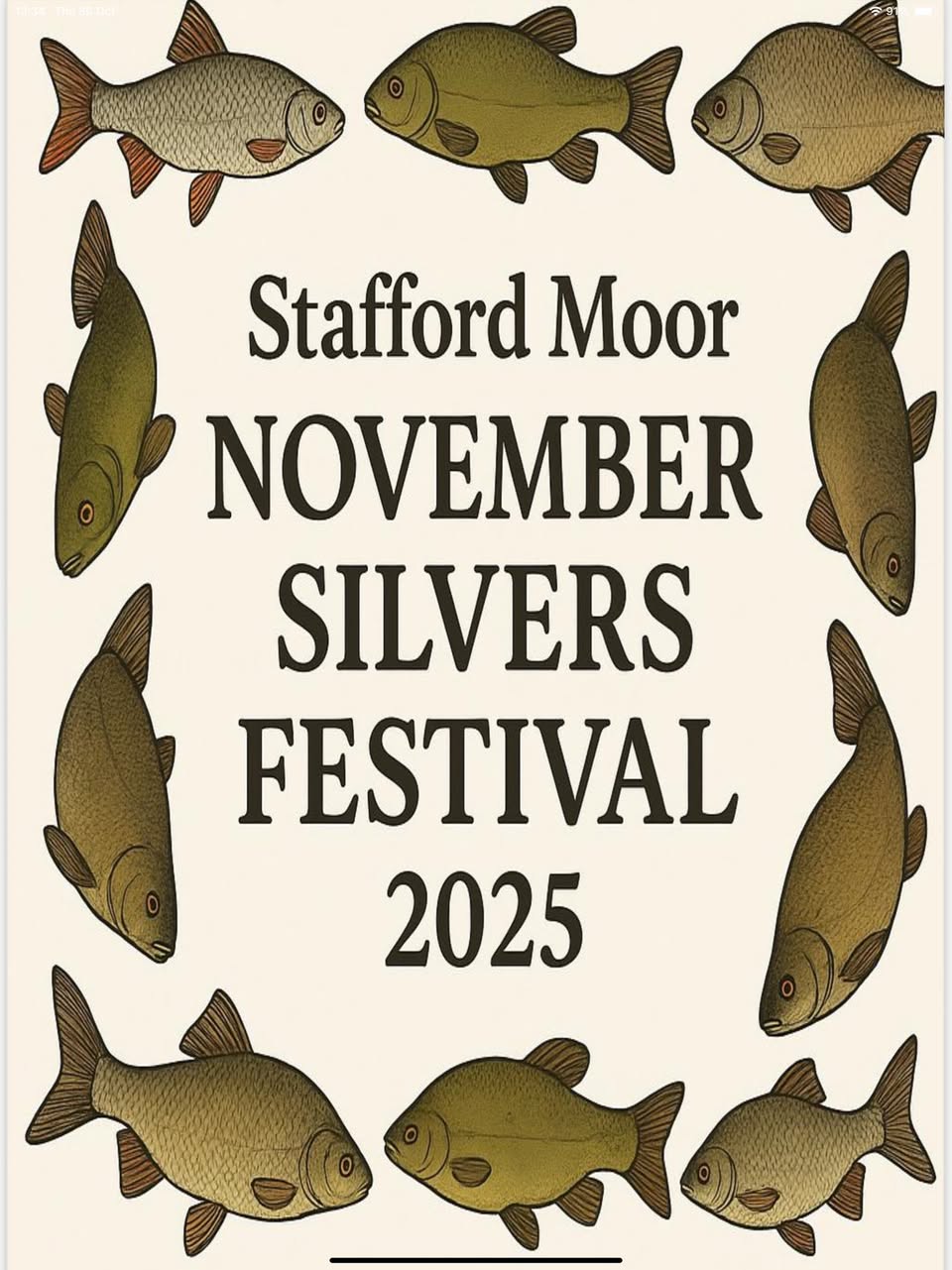
Bideford and District Angling Clubs team of fifteen travelled to Bude Canal for the second leg of their interclub match with Bude Angling Club. The match was a close run affair with Bude winning with 234 points to Bideford’s 230 points. Bideford secured overall victory carrying a thirty point advantage from the first heat held on their home water.

North Devon Match Group fished their latest Match at Oaktree Fishery where Paul Morris took top spot on the bottom lake with 62lb 10oz. Andy Preston was runner up with 38lb 2oz. On the top lake Nathan Underwood took top spot with 110lb 10oz. Daniel Underwood was runner up with 74lb 2oz.

Big trout continue to provide sport at Bulldog Trout Fishery with brown trout close to double figures featuring in recent catches. Mike Latham won the fisheries latest competition with six trout for 26lb 13oz. Nick Tamlin was runner up with six trout for 21lb 11oz and Ian Connabeer third with six trout for 13lb 10oz. Biggest fish of the day was a 9lb 10oz brown trout caught by Mike Latham.
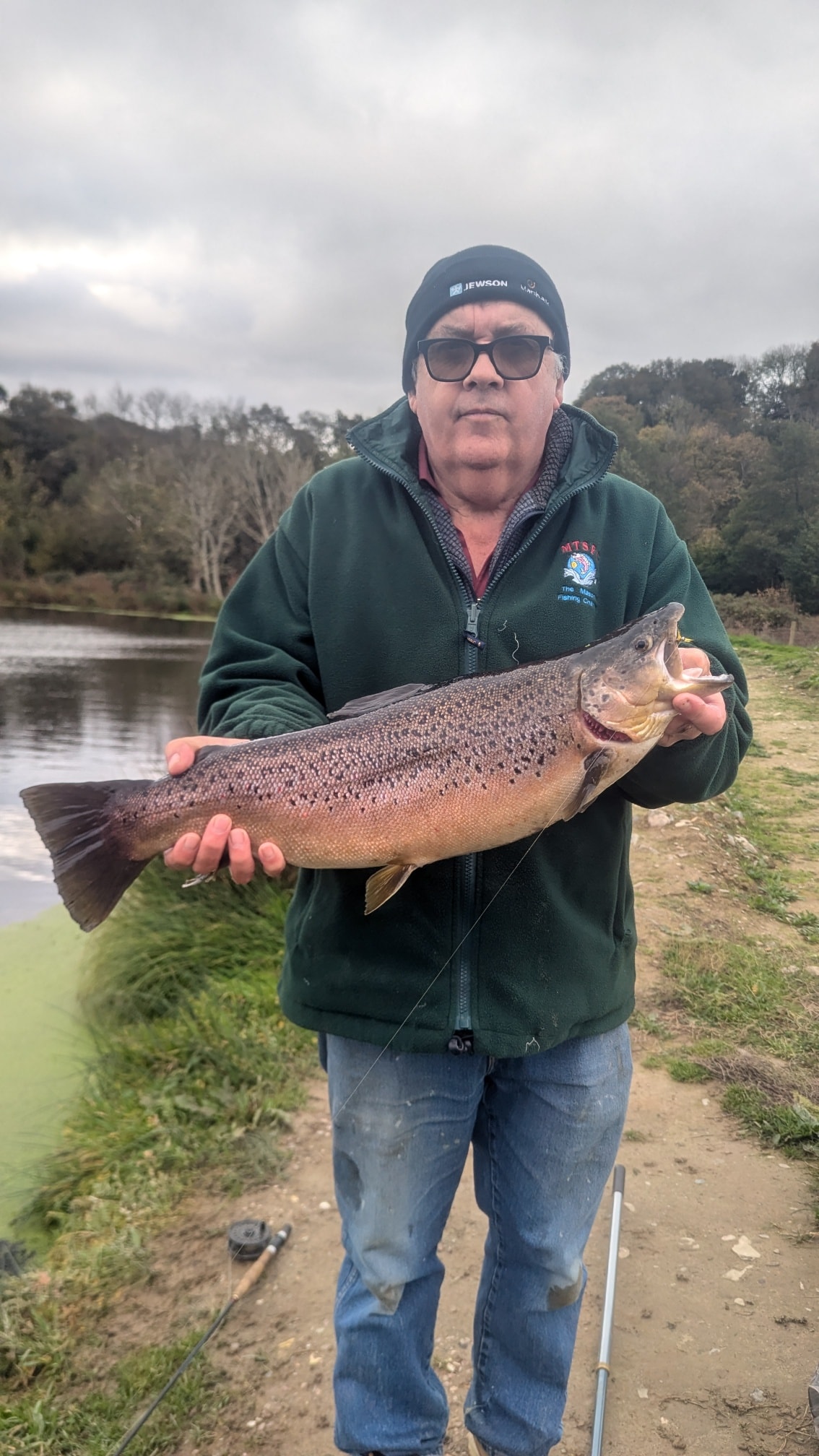
A Danglers Diary – October – 2025
October has to be one of my favourite months to be at the waters edge.
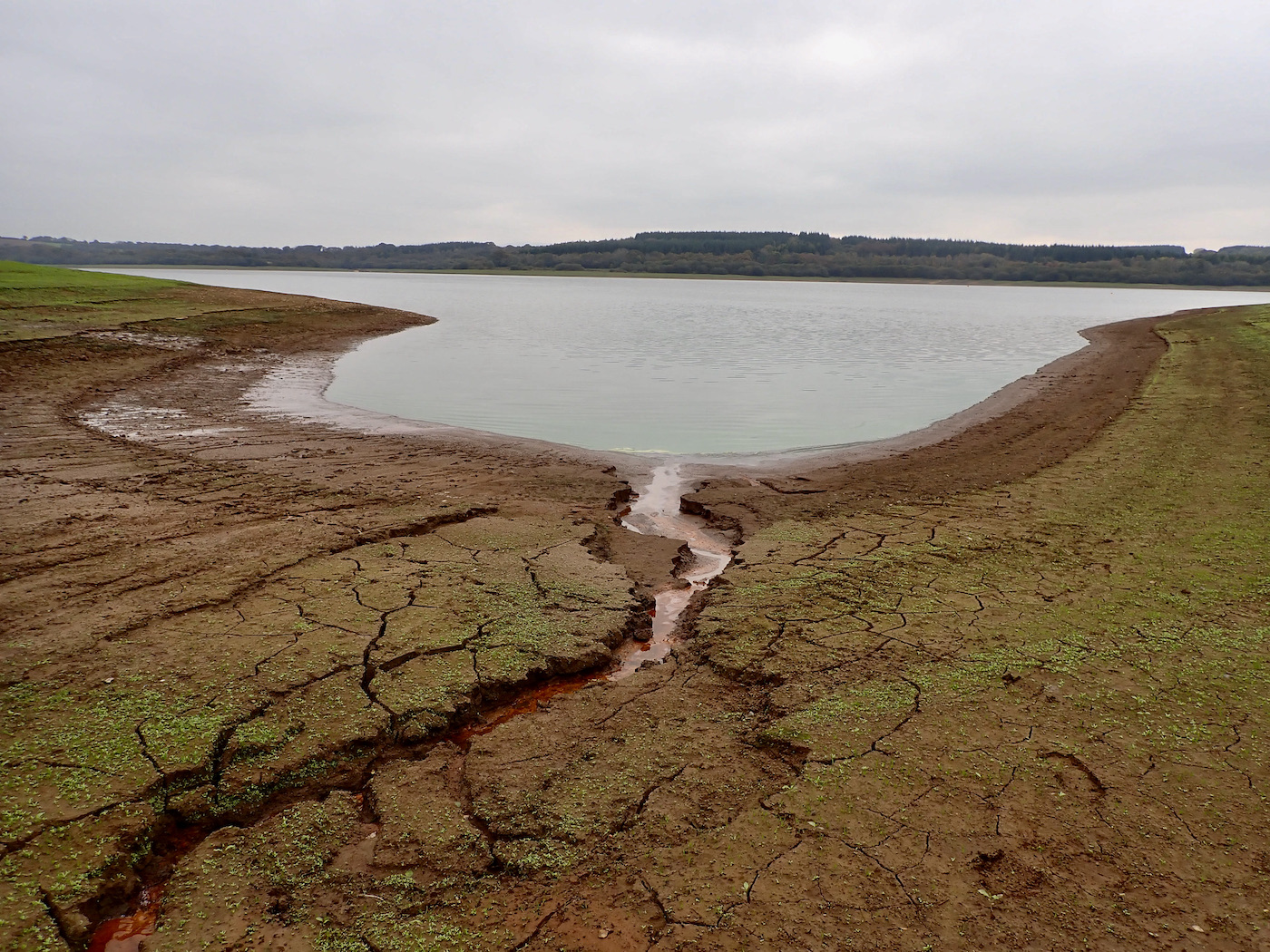

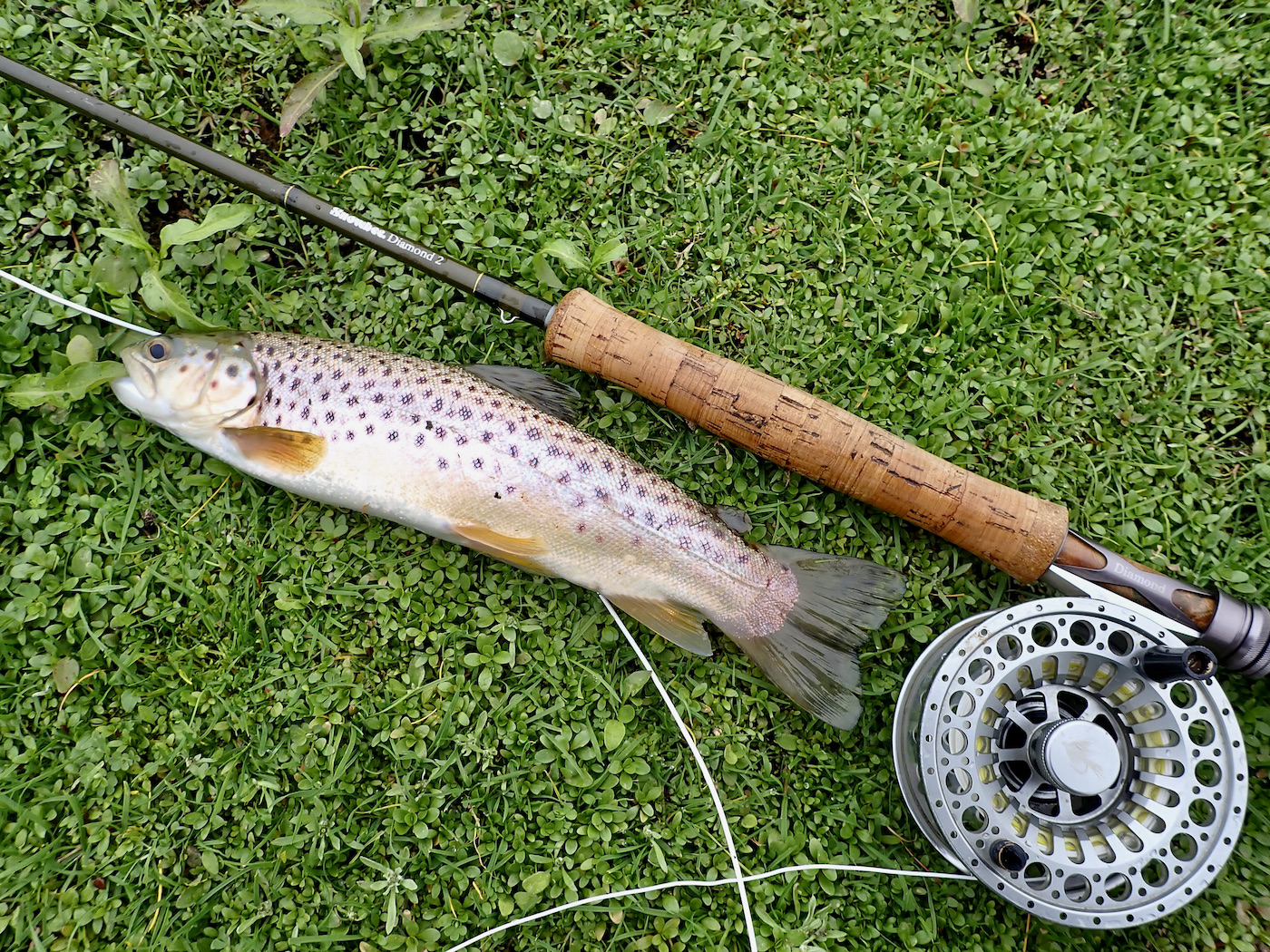
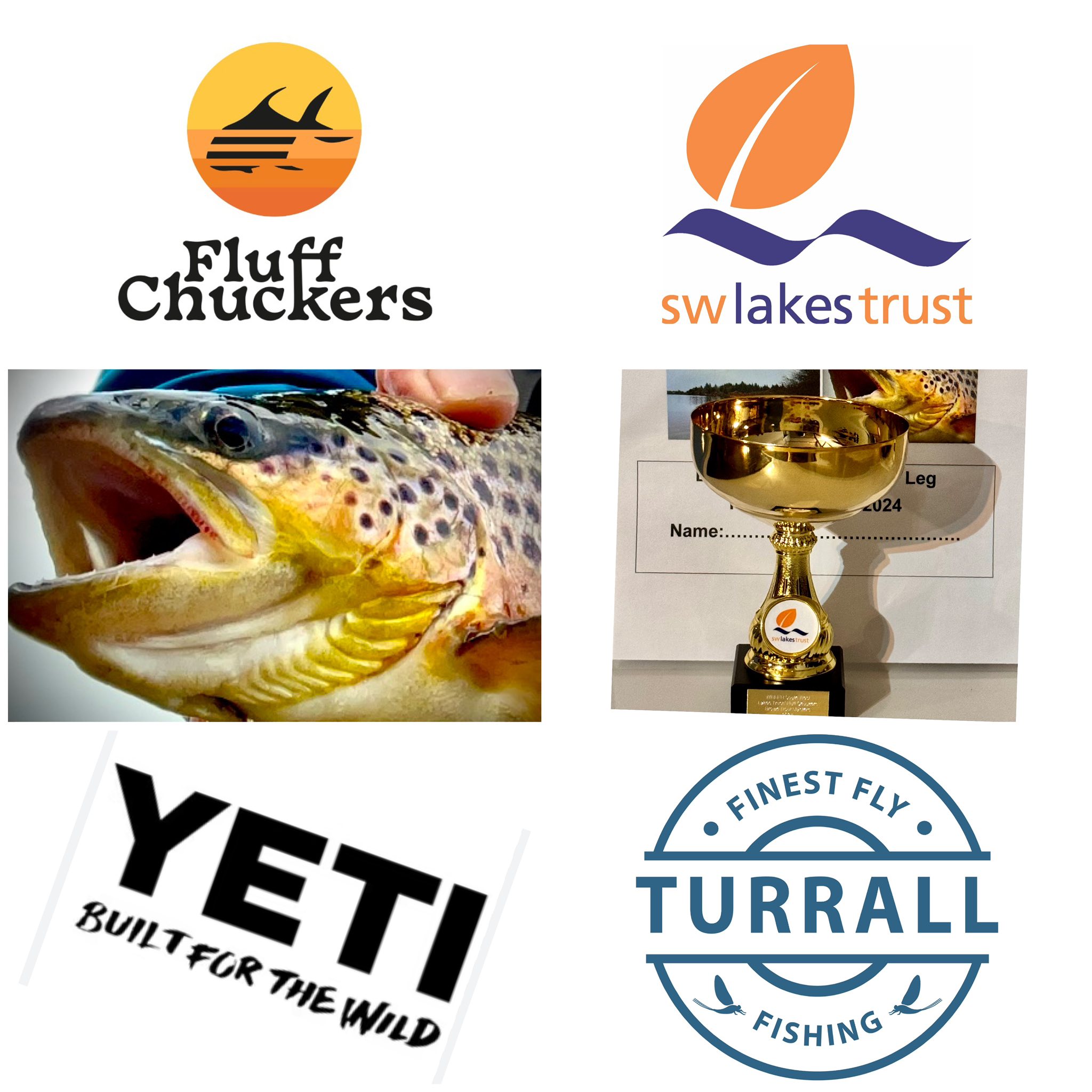

Pleased with runner up for 2025
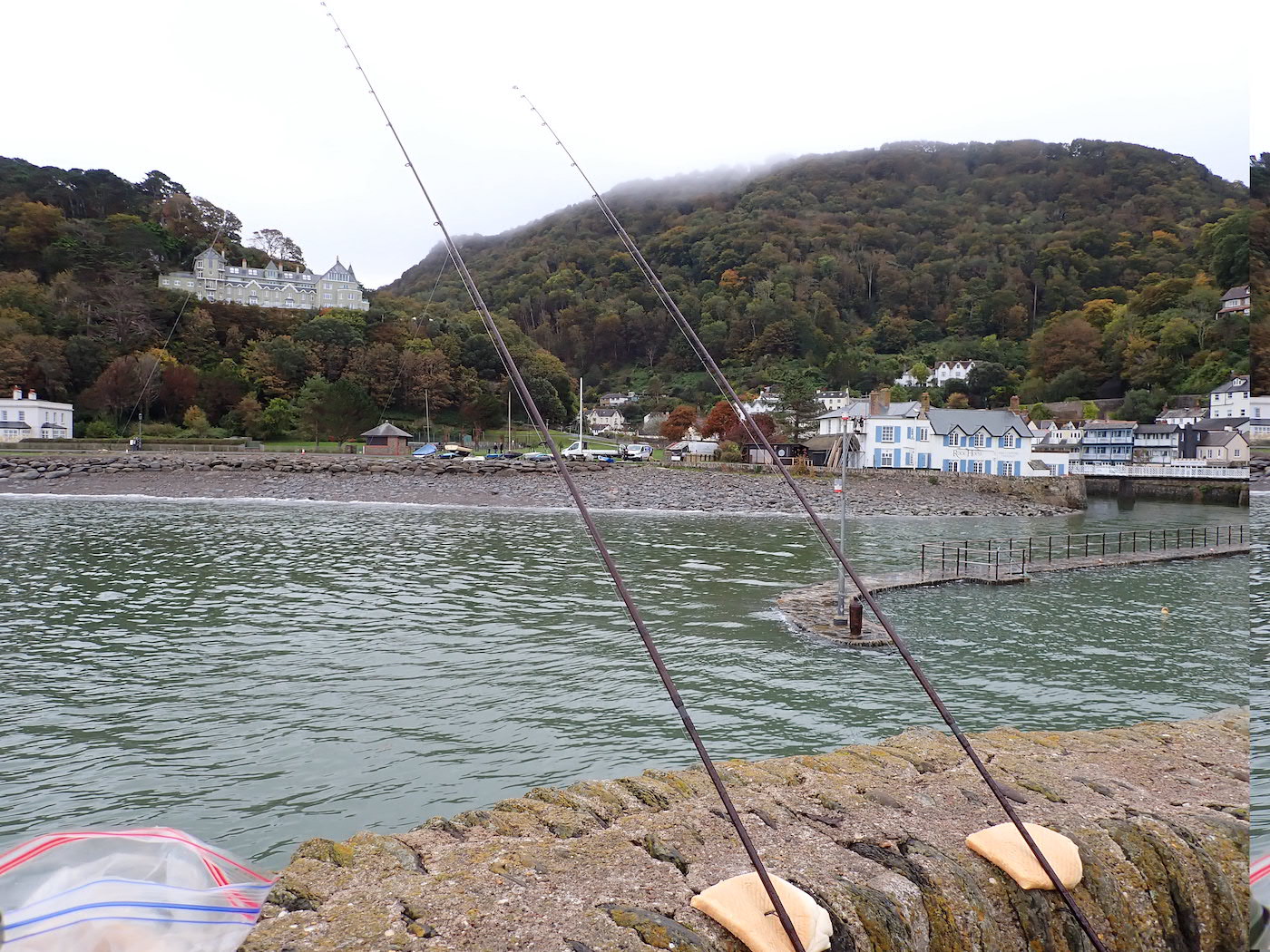
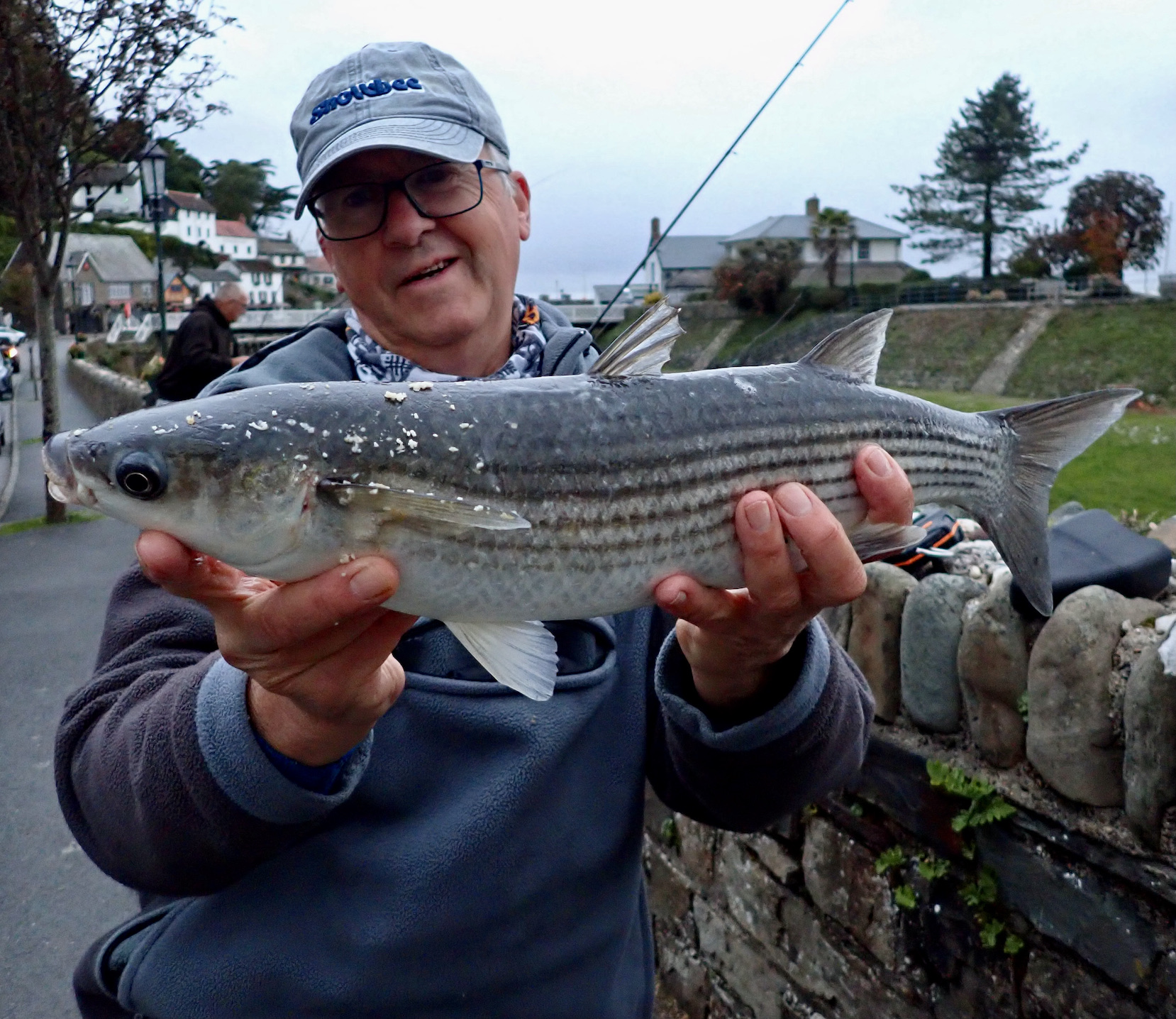
Grey Mullet in local harbours –

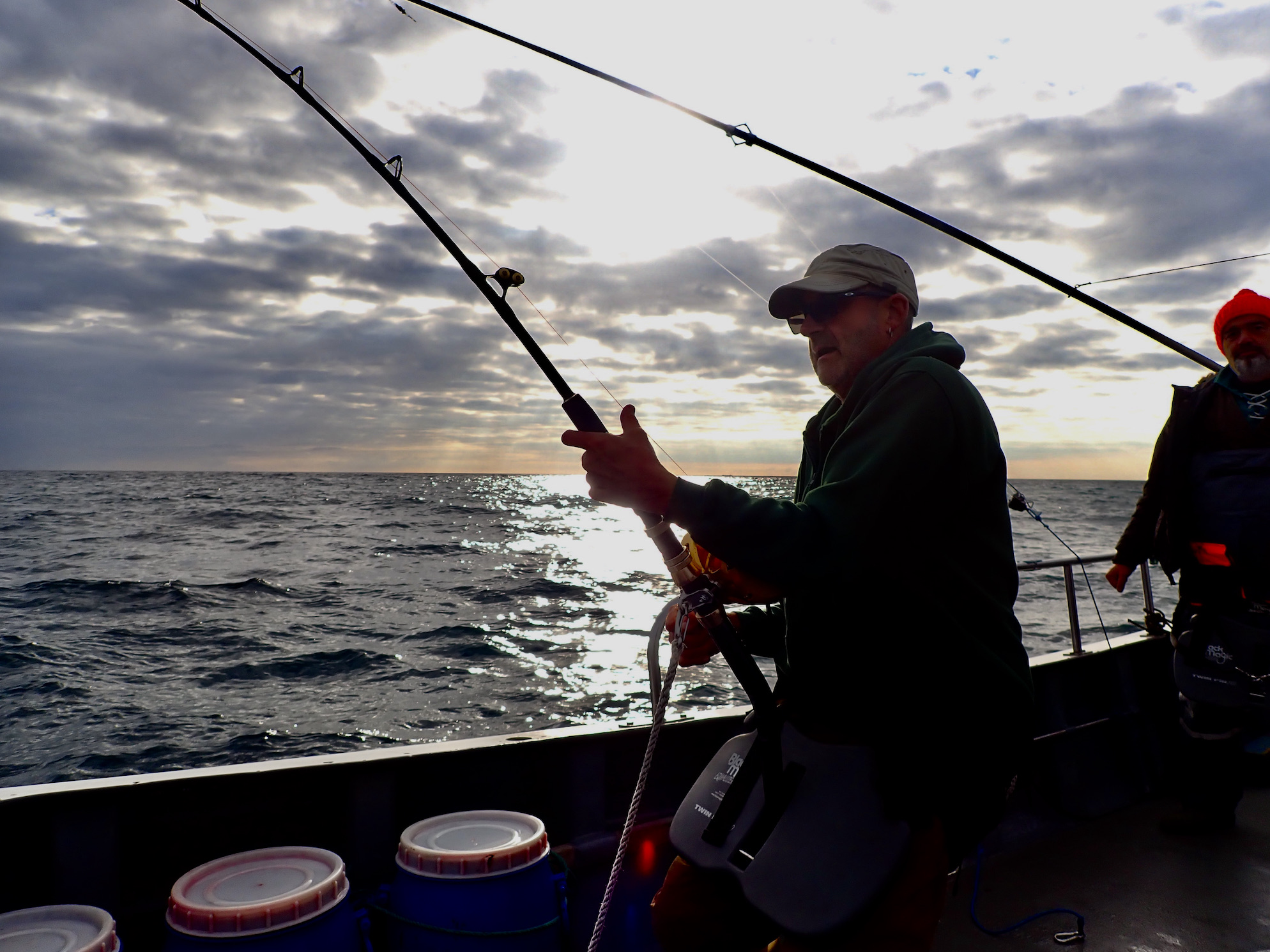

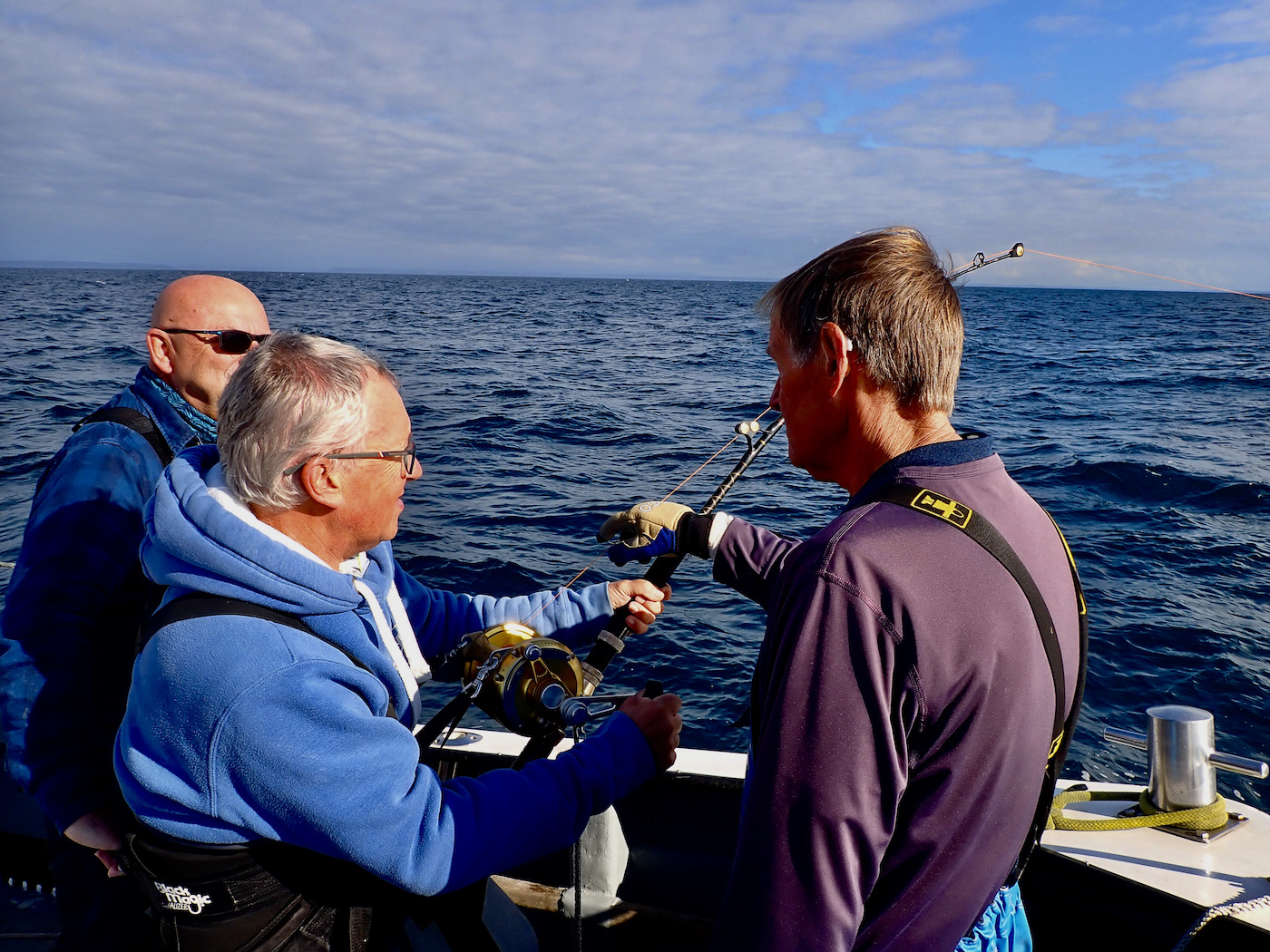
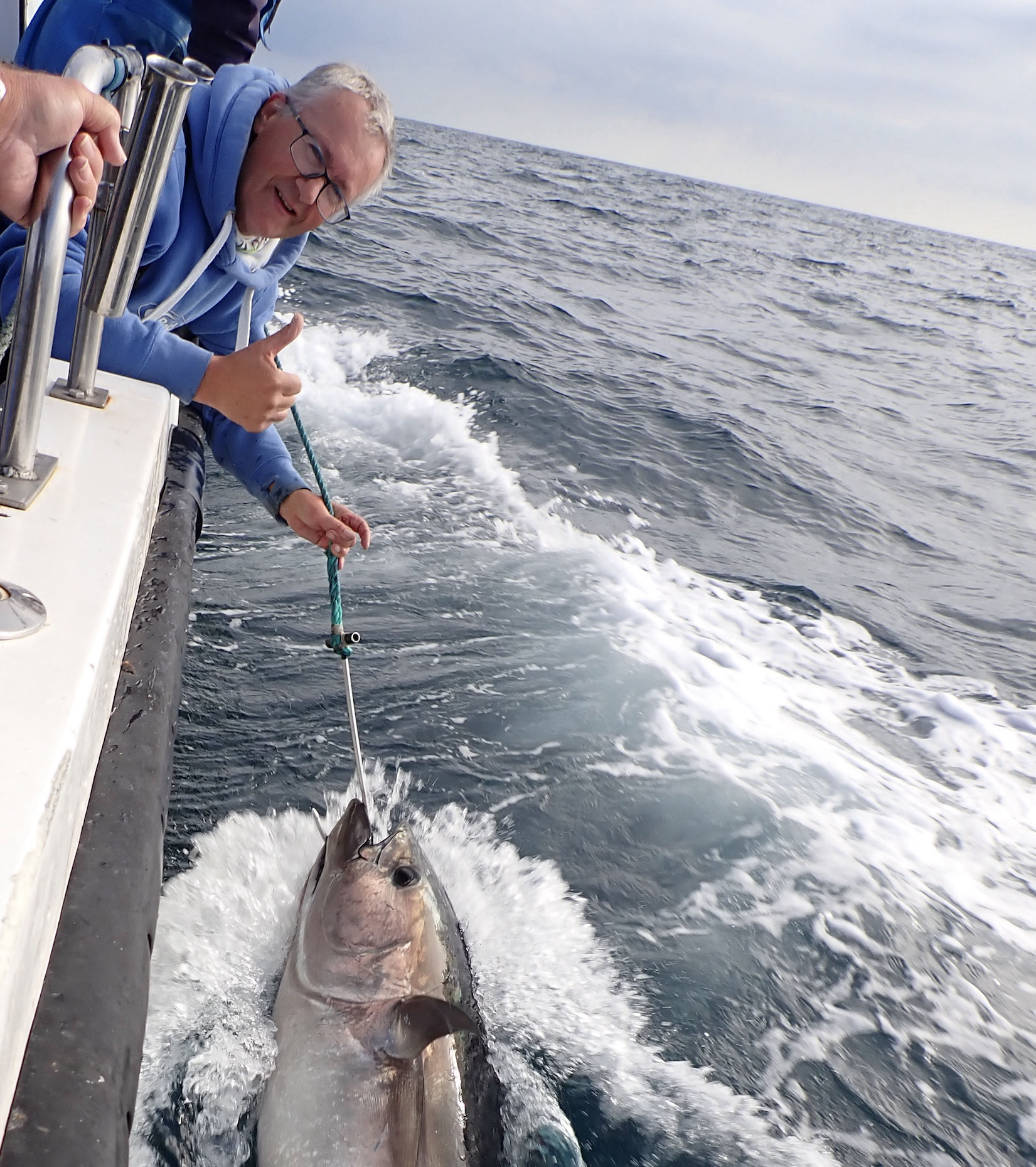
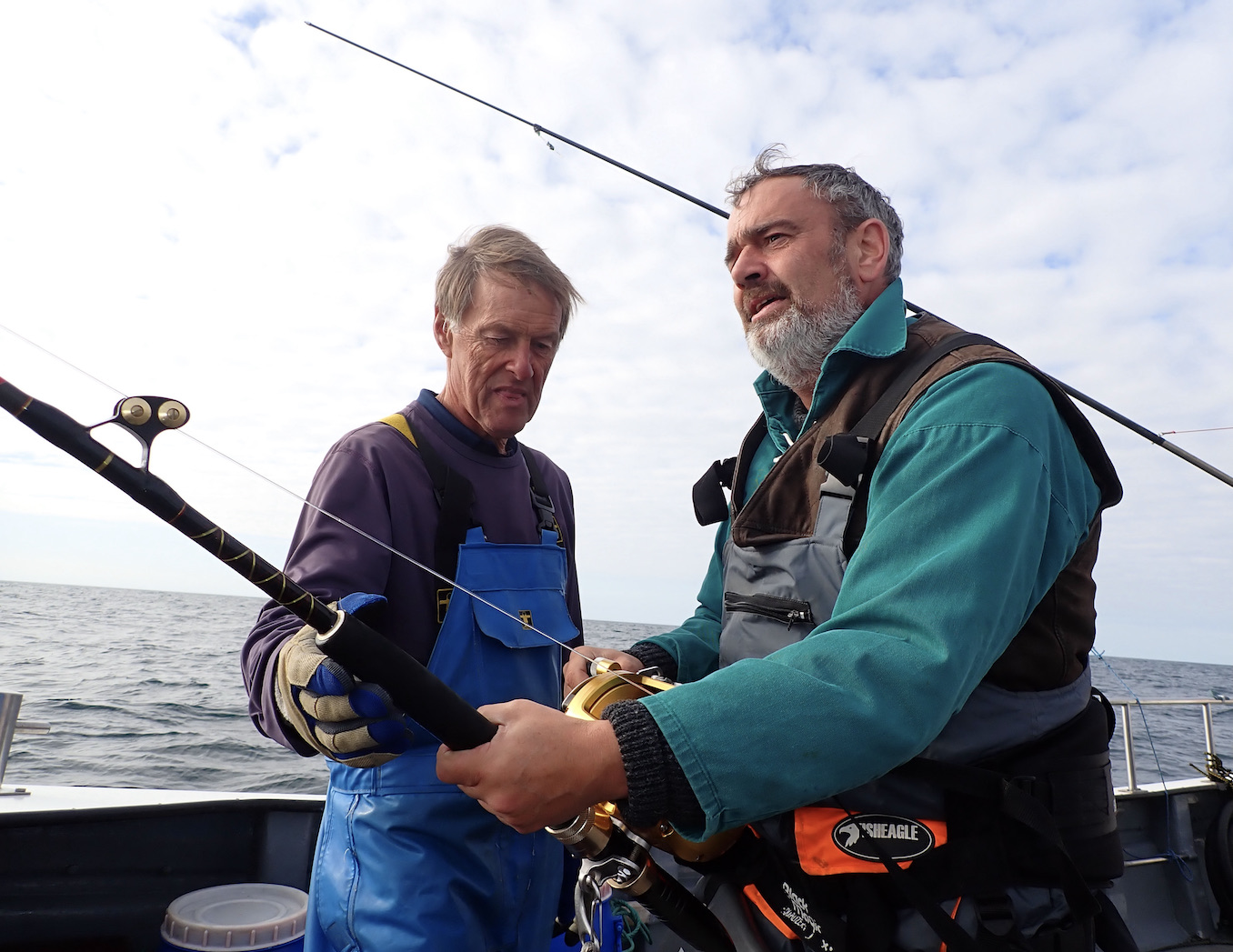
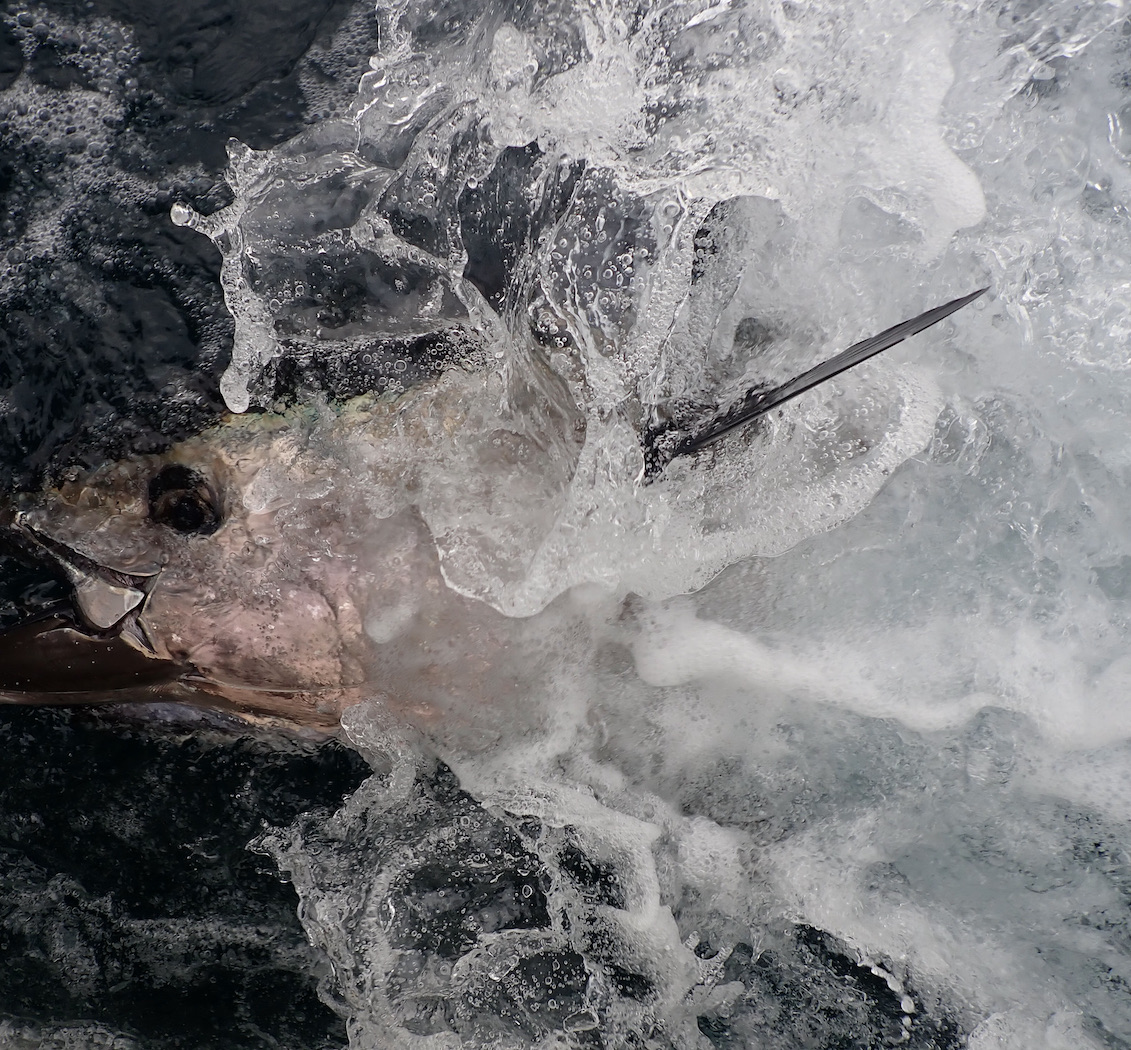
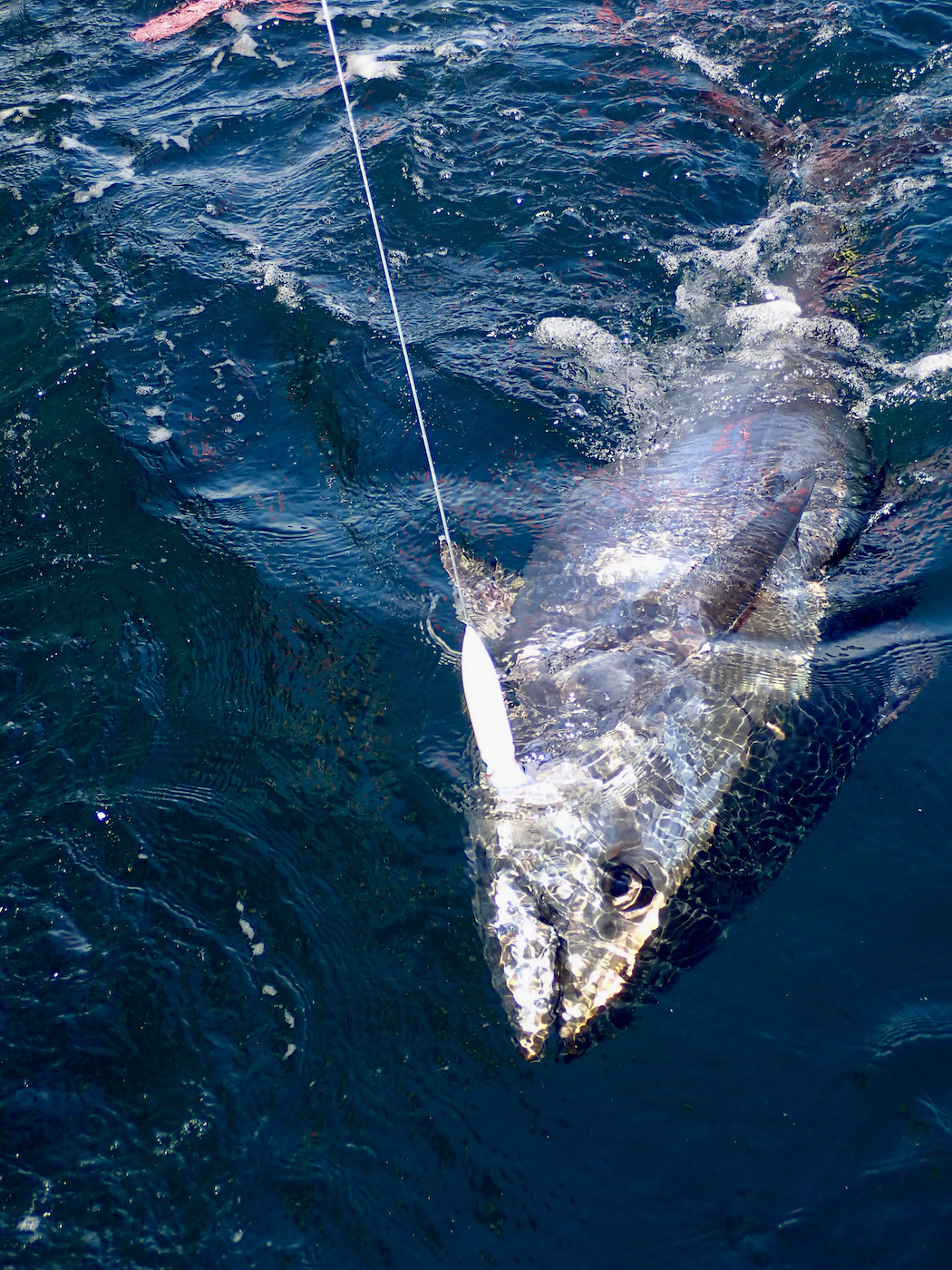
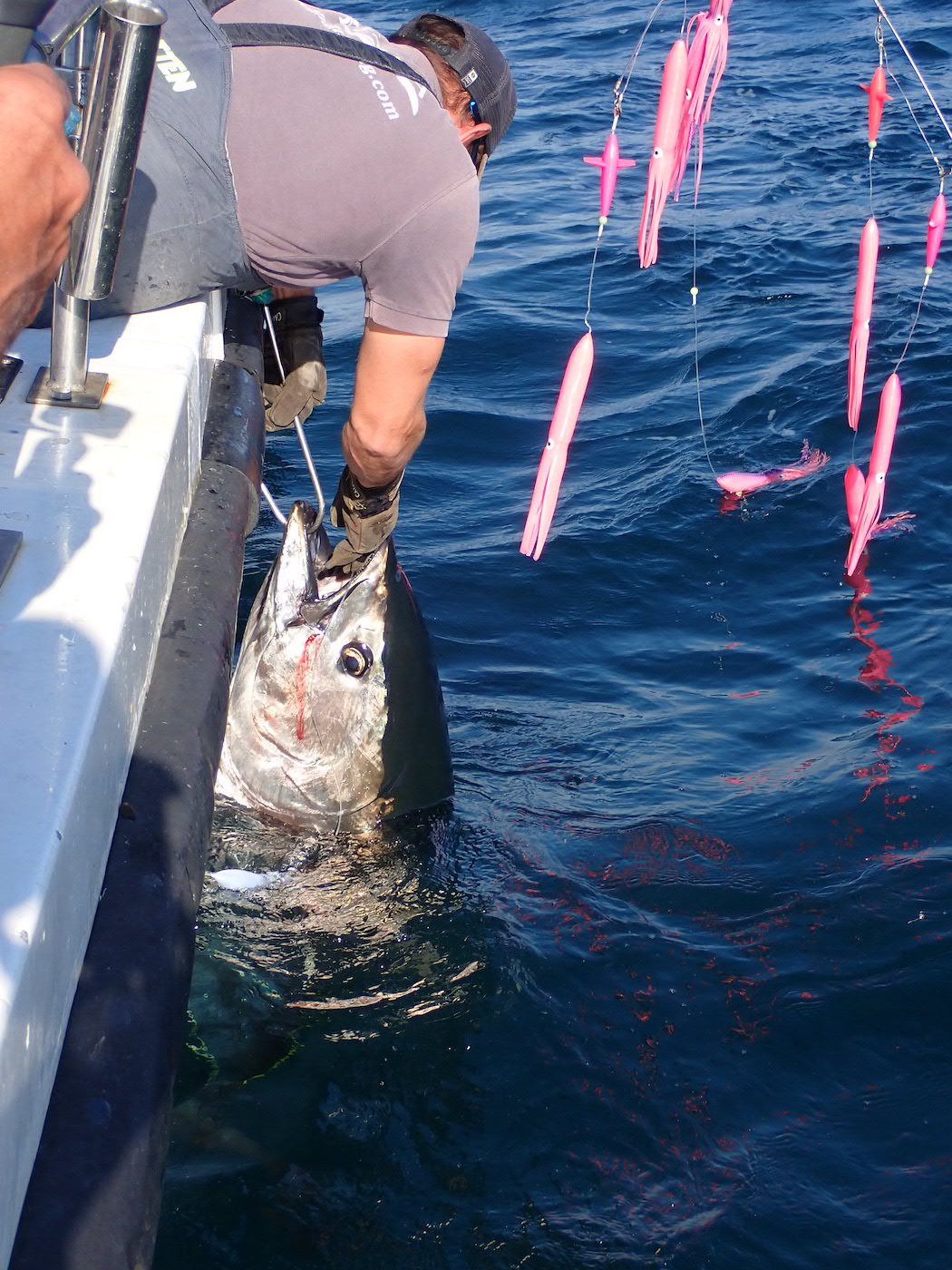
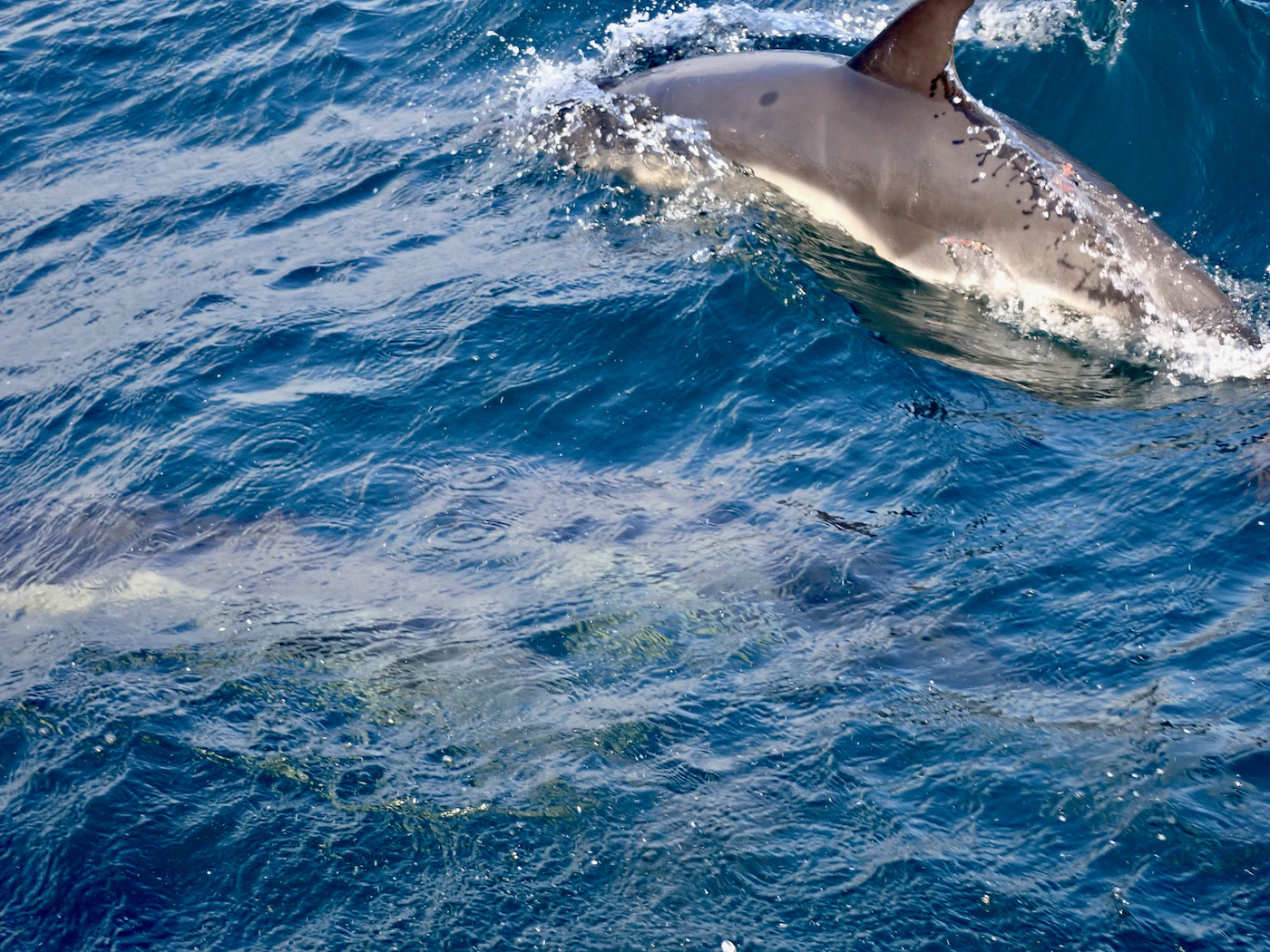
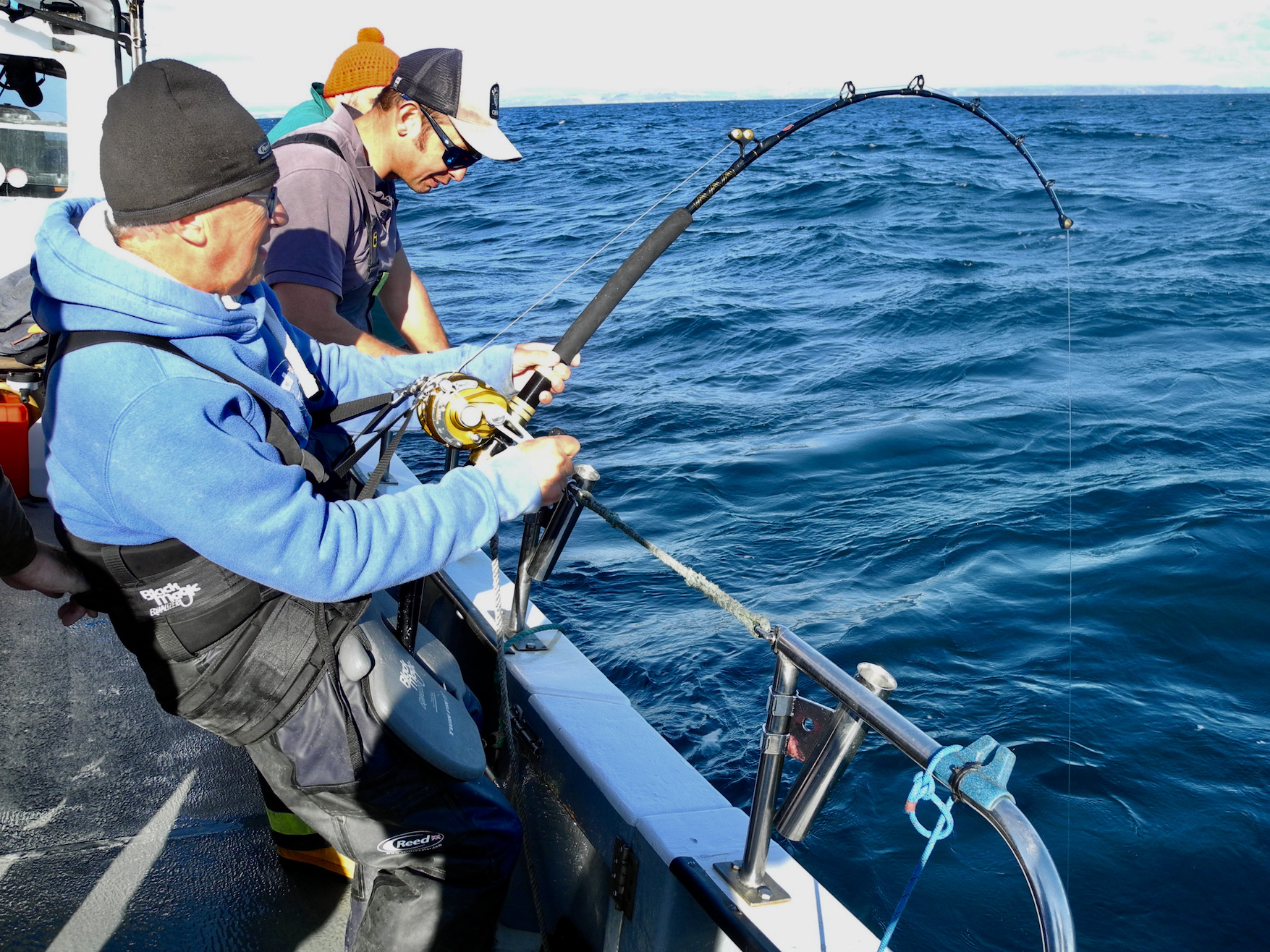
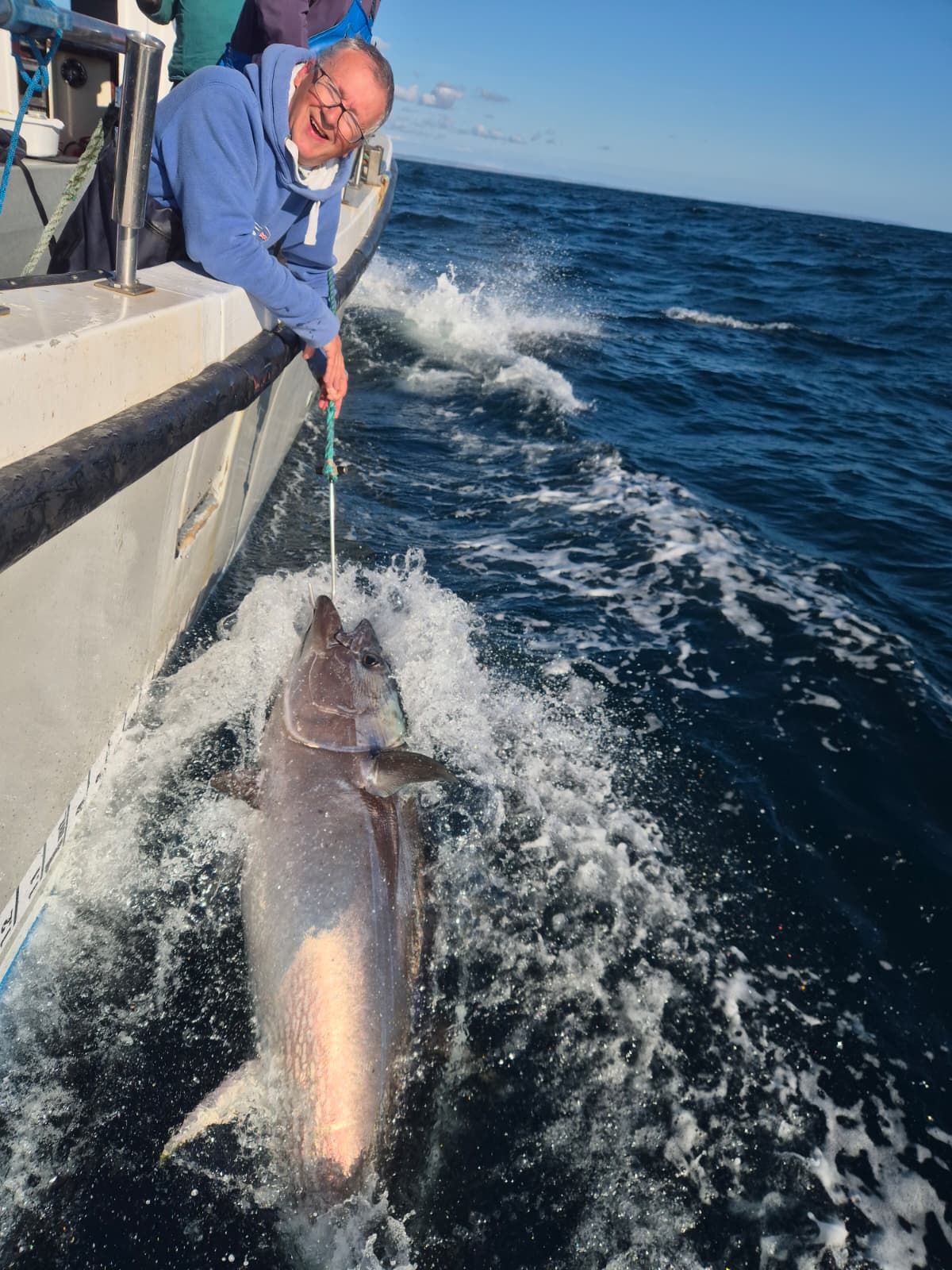
Tuna two estimated at 300lb
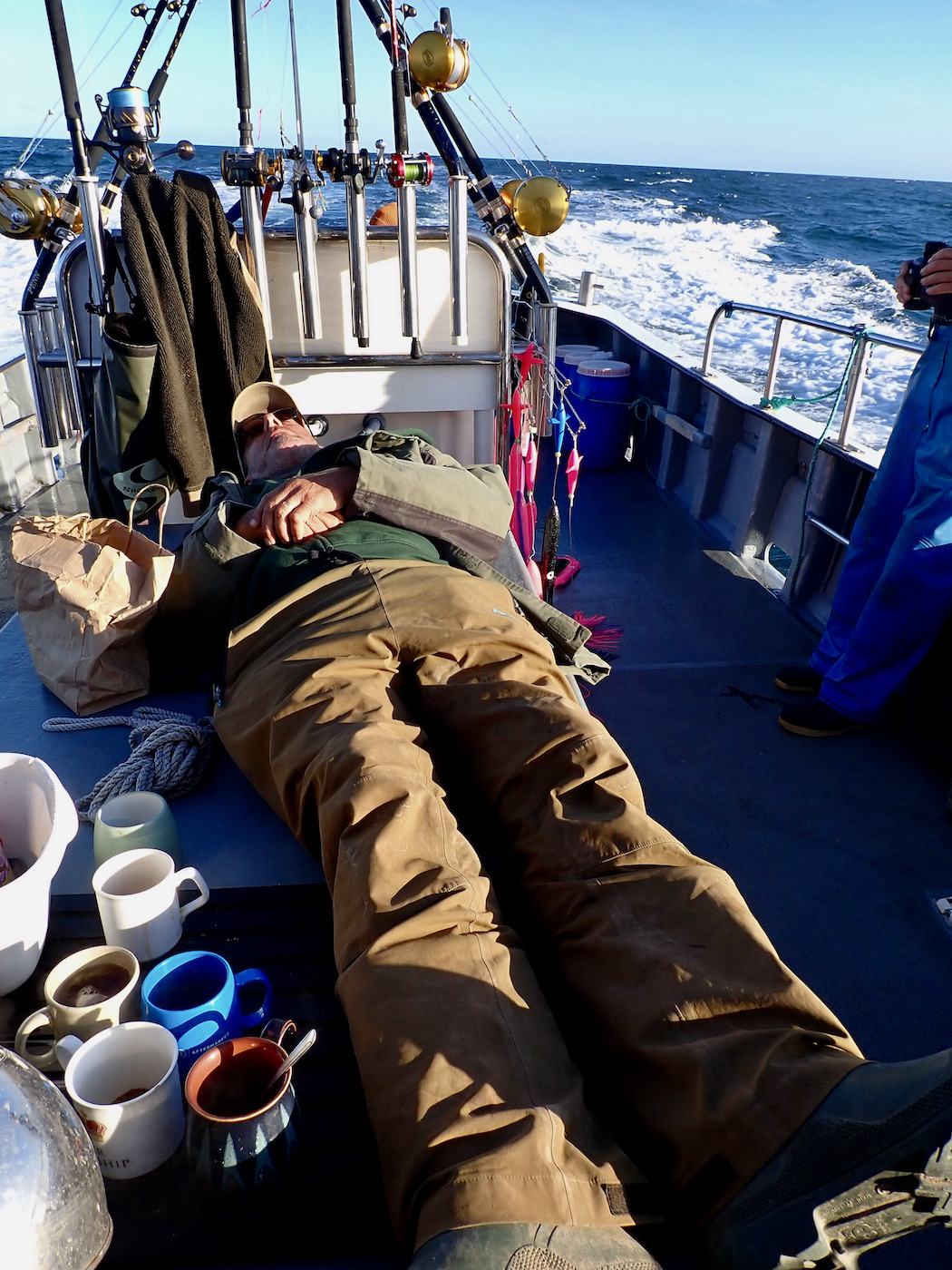
The days takes it toll
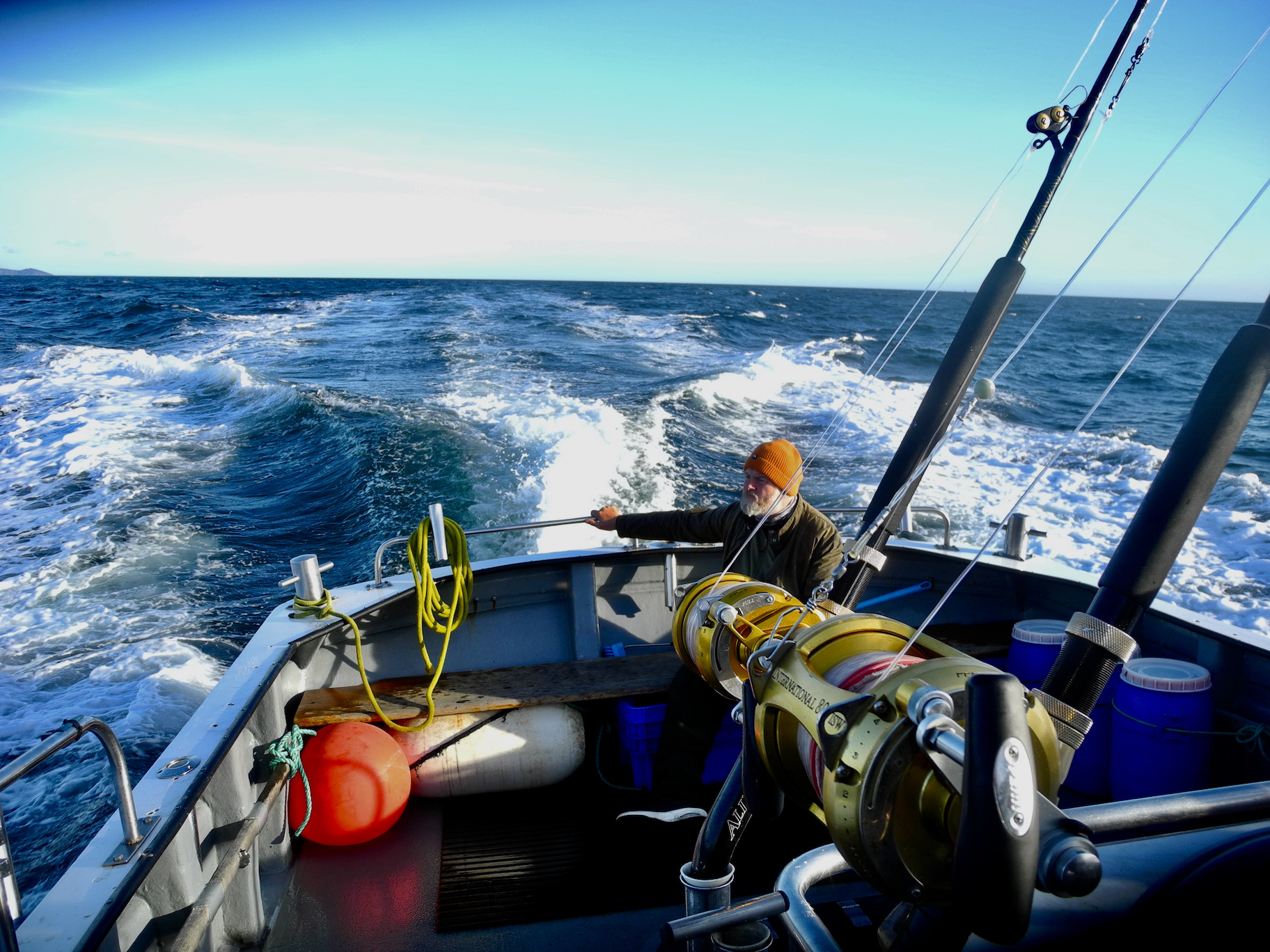

Chasing memories these giant fish are perhaps the ultimate in British waters very much a team day out with mates with all credit to the skipper Dan Margetts and John McMaster. The day was like a sea safari with dolphins, sea birds diving into bait balls and of coarse huge fish to test tackle and stamina.
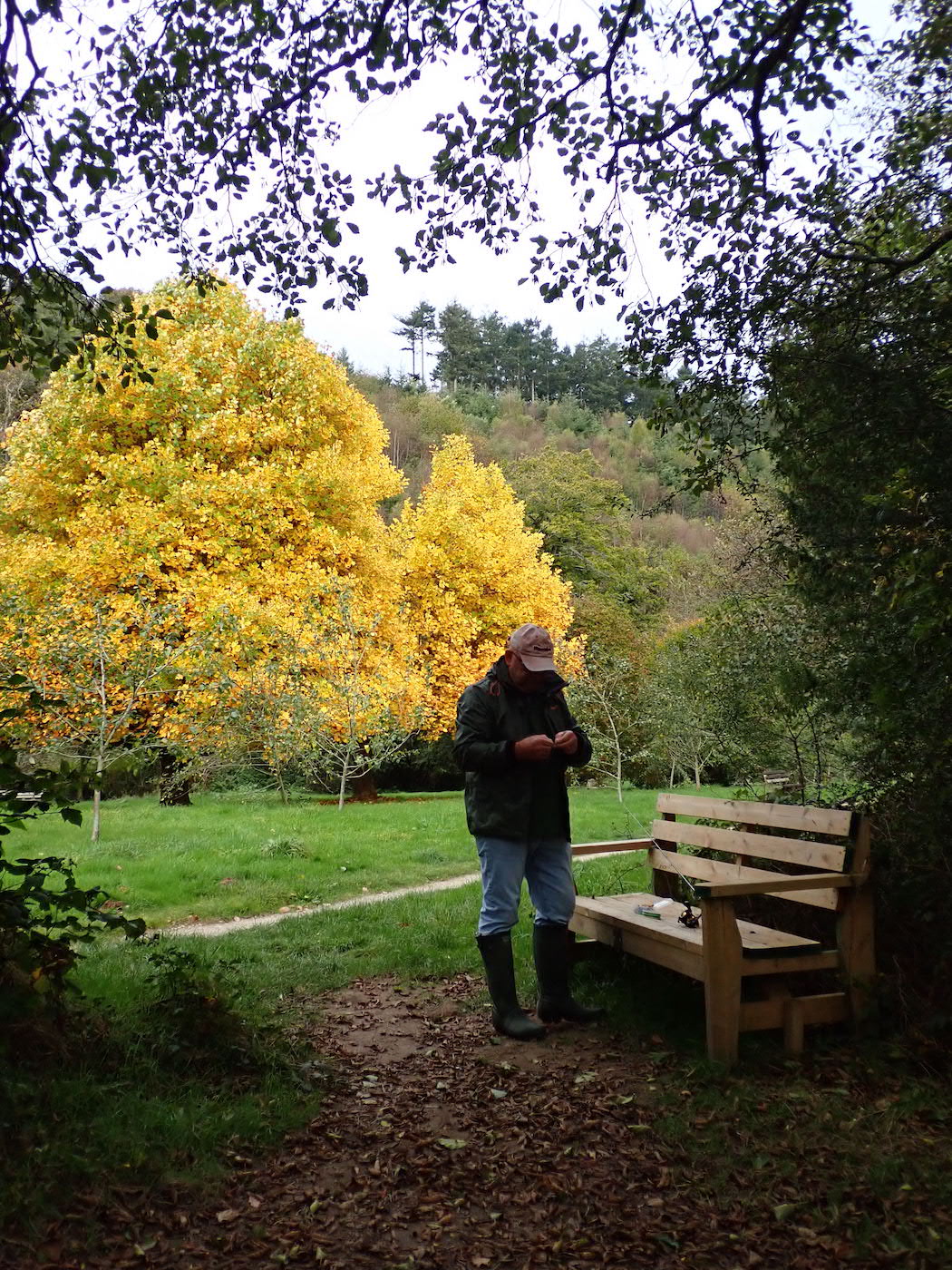

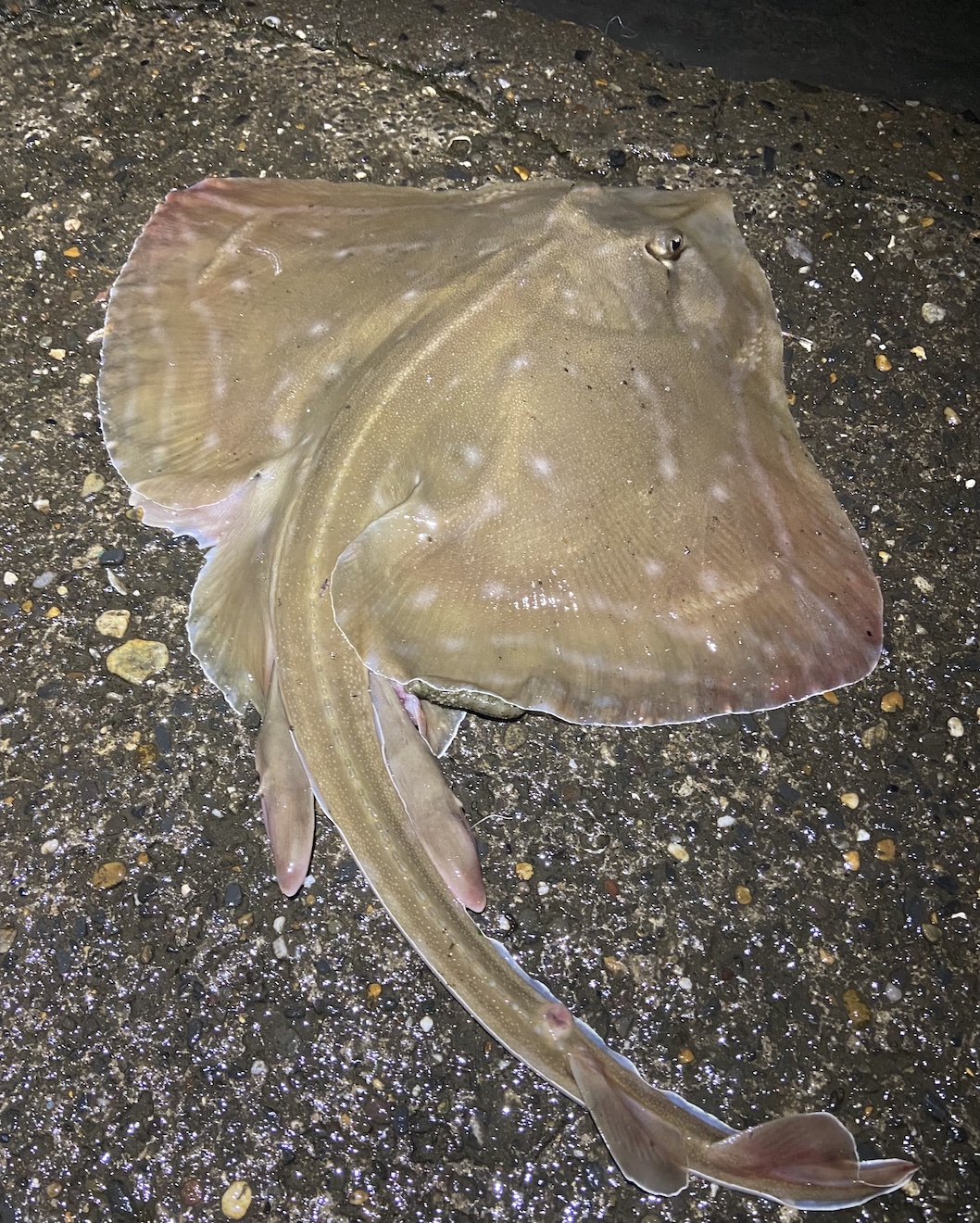
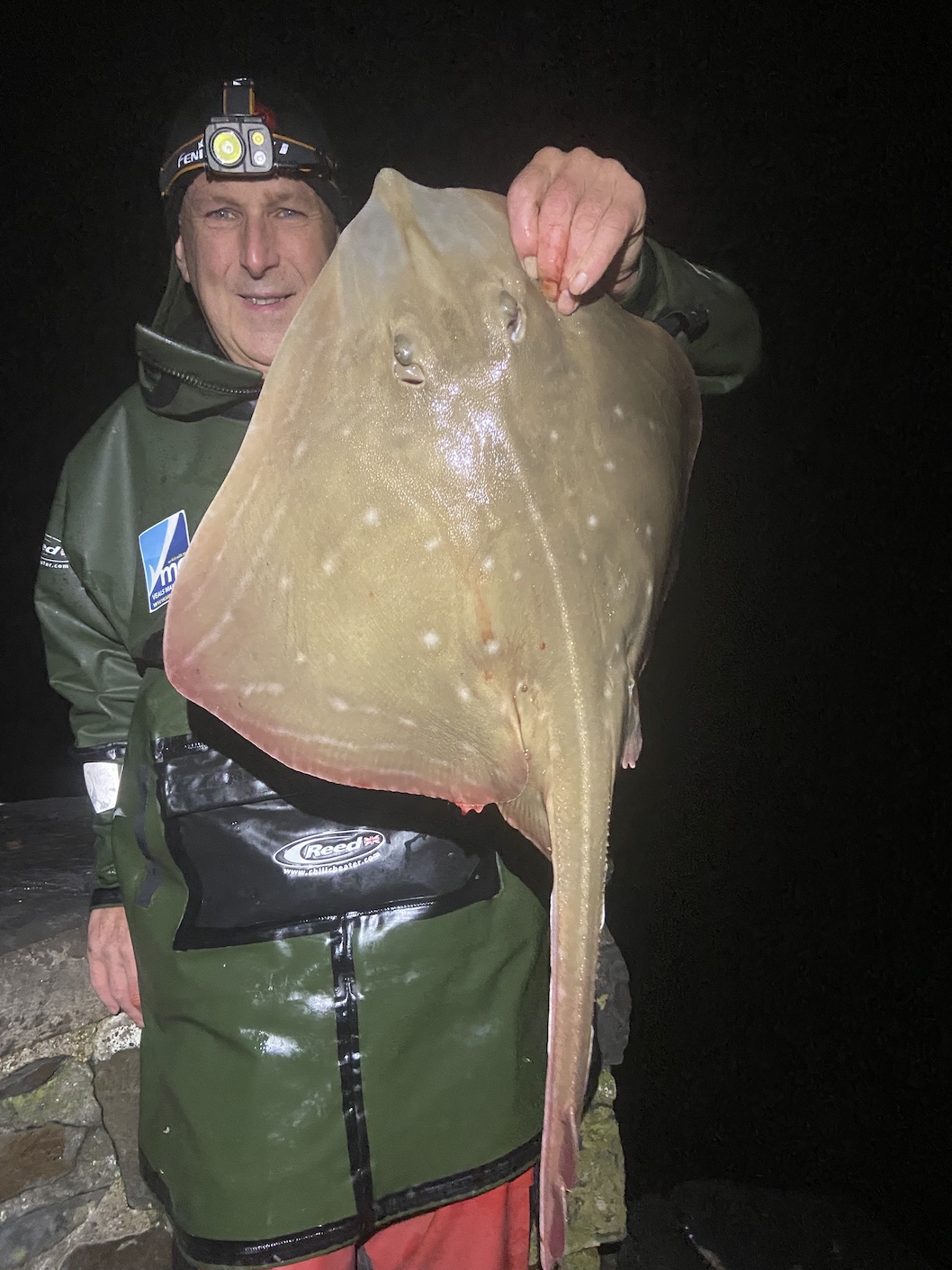

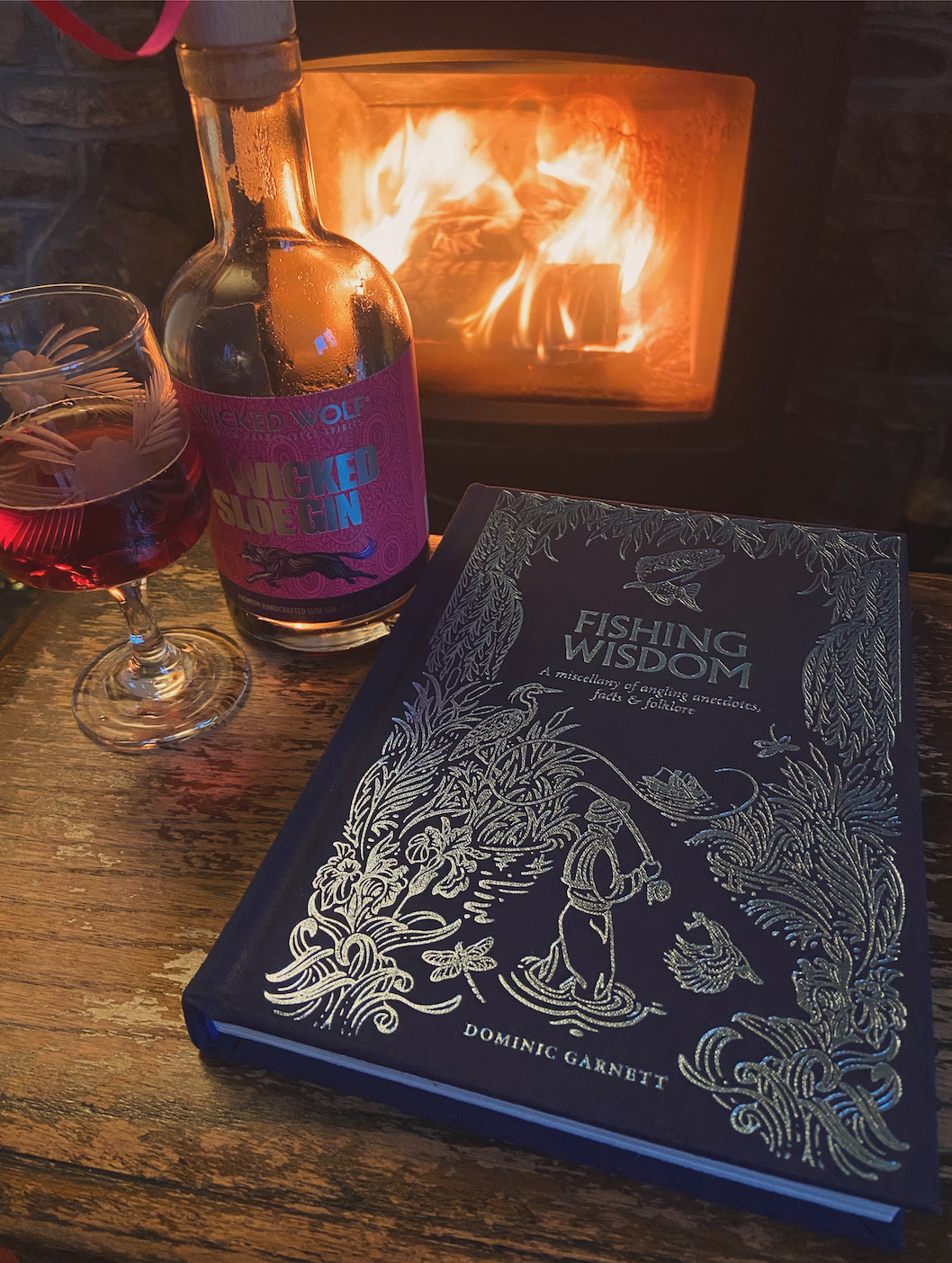
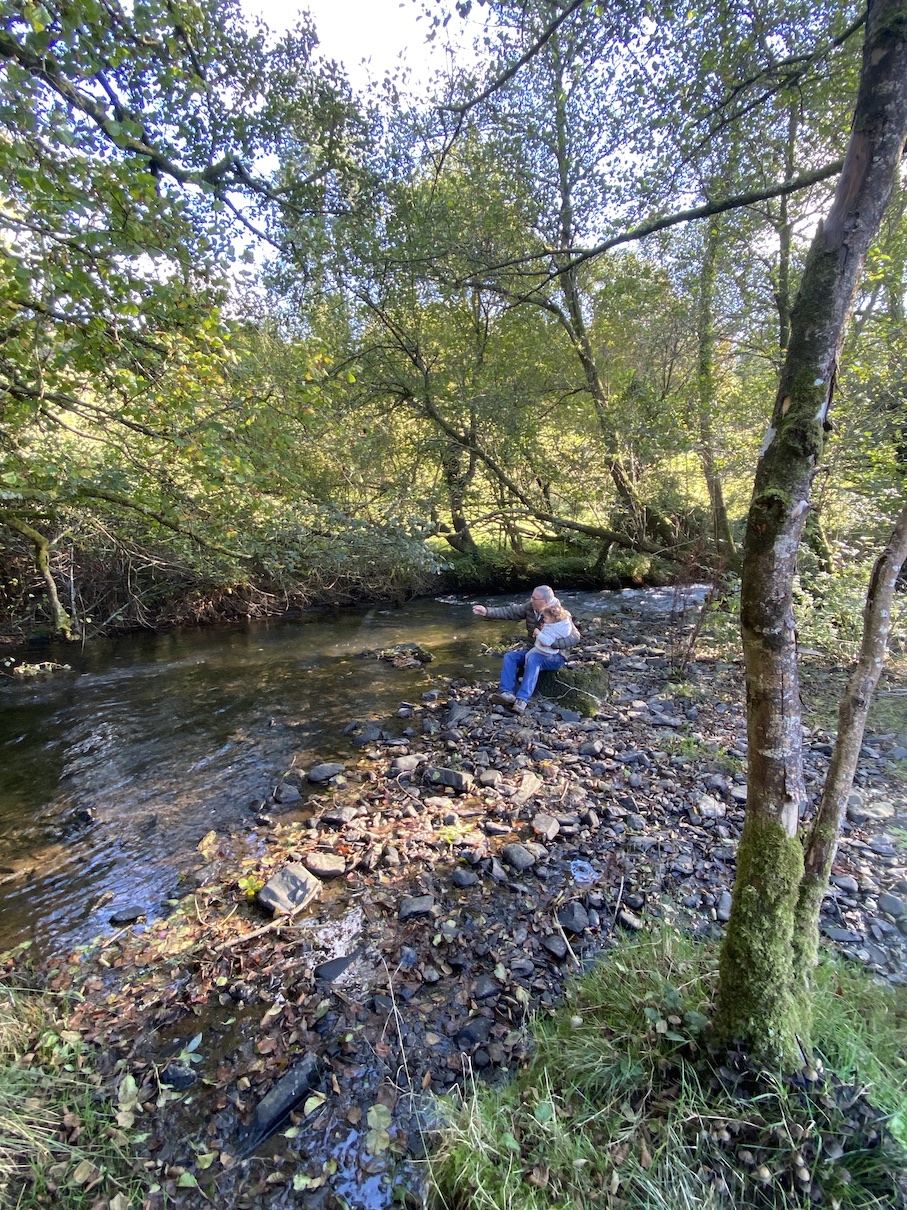
(Above) Grandad takes new generation to the waters edge.
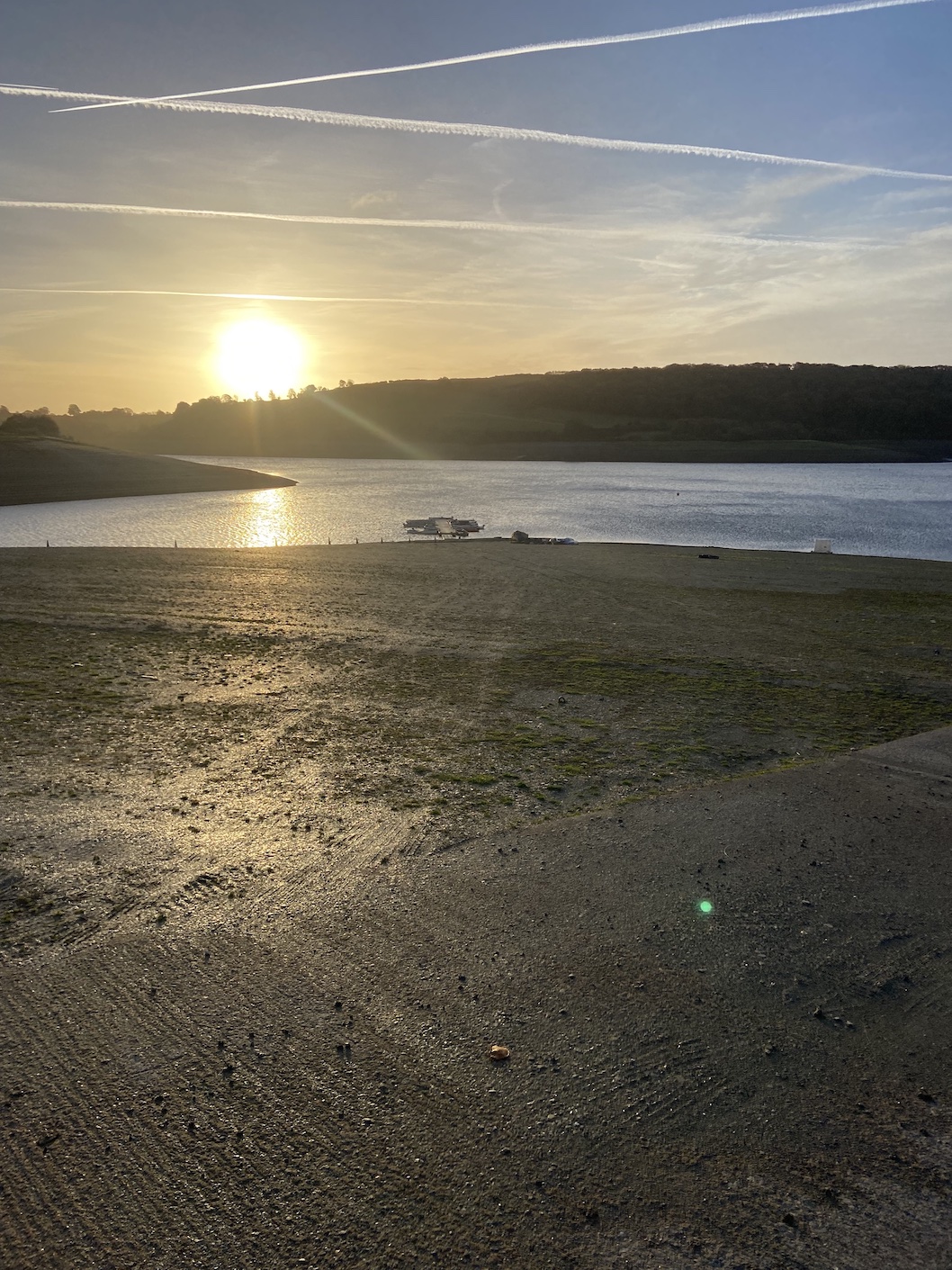
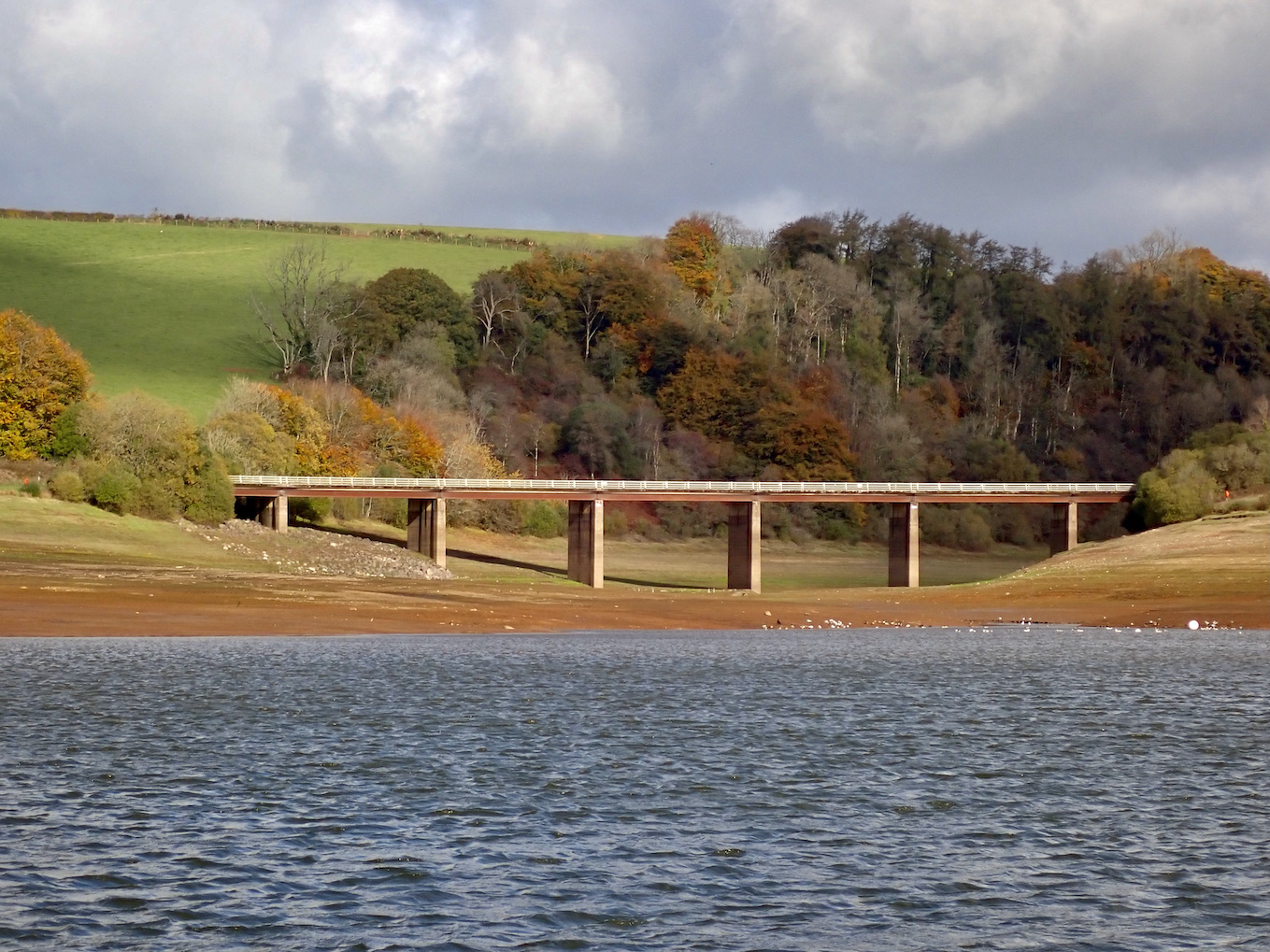

I end the months chasing hard fighting rainbow trout at Wimbeball and enjoy success with a pristine fish of close to 5lb.
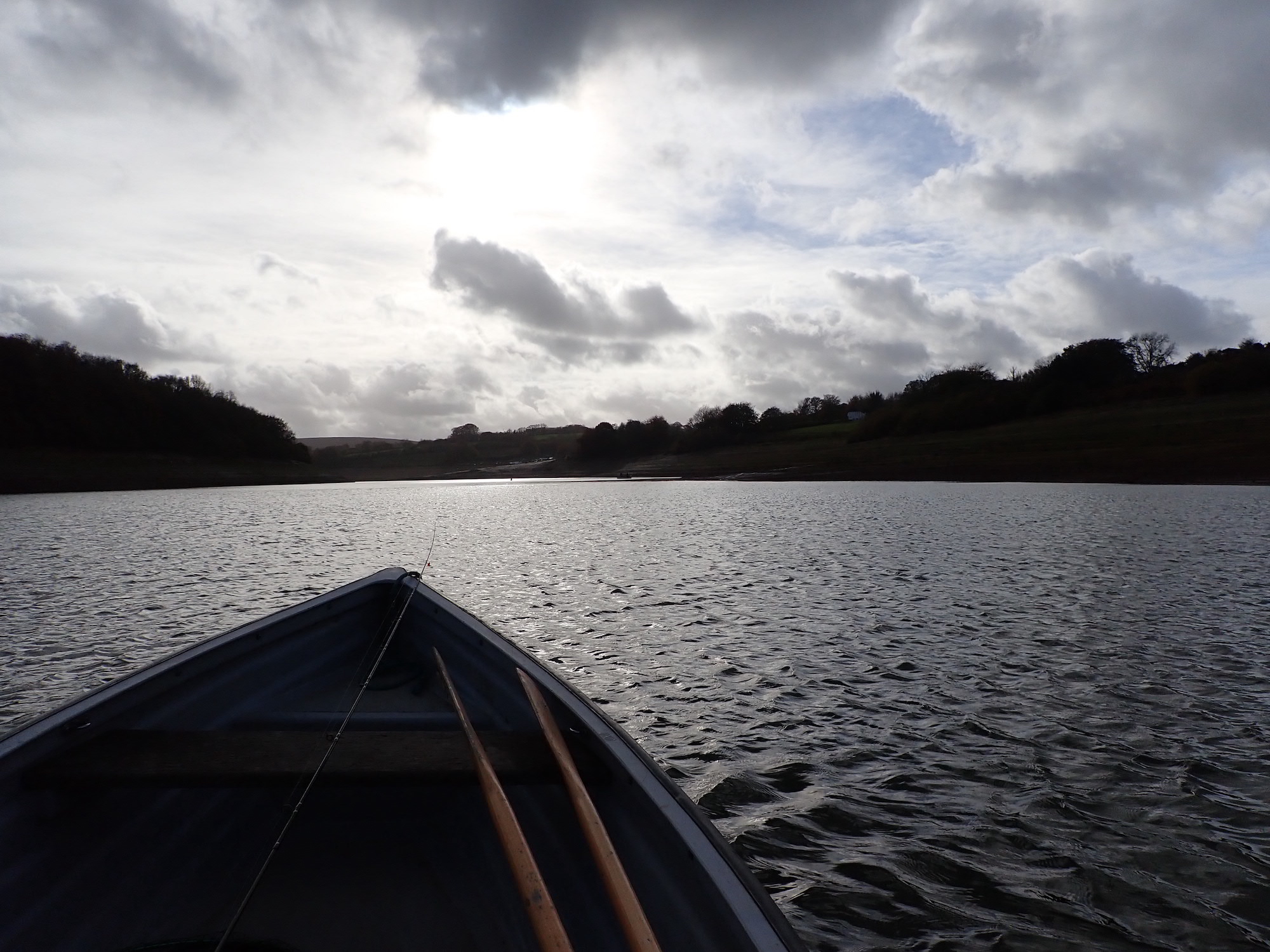
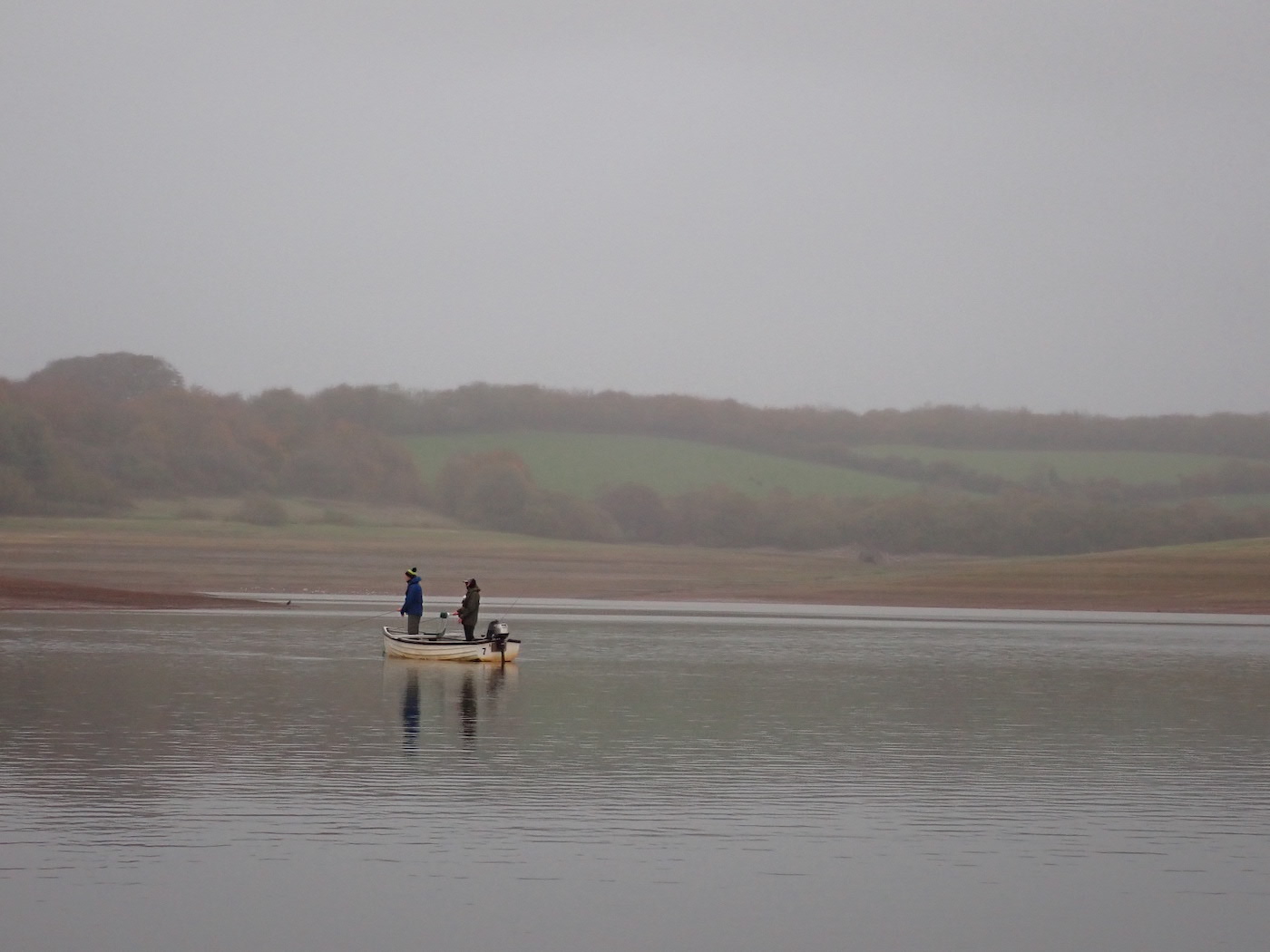


Weekly Angling Report, October 30th, 2025

BIG WEIGHTS AT STAFFORD MOOR
North Devon Match Groups latest Match at Stafford Moor was won by Nathan Underwood with 132lb 8oz. Tom Downing was runner up with 123lb 4oz.
The latest Open Match at the Moor was won by Mark Wyne with 108lb10oz.
The October Fisho 2025 Final was fished at Stafford Moor’s Woodpecker lake last Sunday. The winner of section one was Mark Layzell with 157lb 1oz and the winner of section 2 Martin Preston with 139lb8oz.

BIDEFORD & DISTRICT ANGLING CLUB
Bideford Angling Clubs Rod N Reel Match on their home water was won by Richard Jefferies with 31lb 1oz. Runner up was Reg Sutton with 29lb 1oz and third Keith Copland with 23lb 14oz.
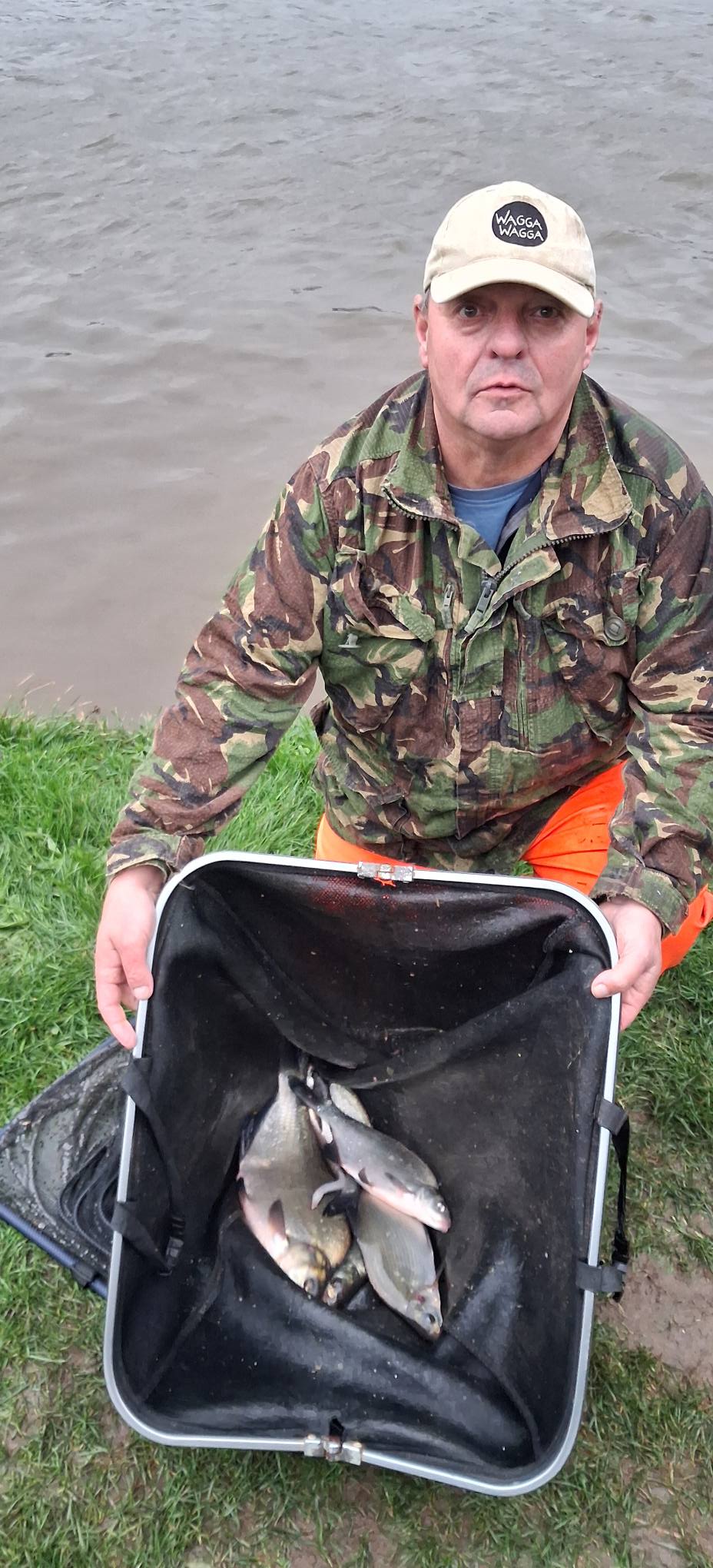

LURE FISHING SUCCESS
Lure anglers have been enjoying some late season bass sport with several fine specimens taken from estuary marks. Jason Hayes and his friend banked a fine brace of bass each measuring 72cm.
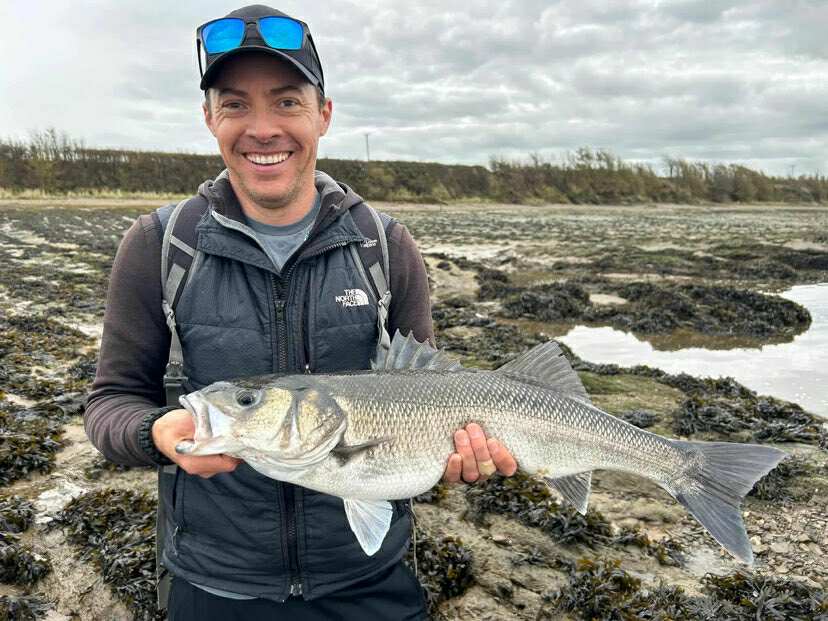
SEA ANGLING
Bideford Angling Clubs forty eight hour sea rover was won by Paul Ackland with a dogfish scaling 2lb 2oz.
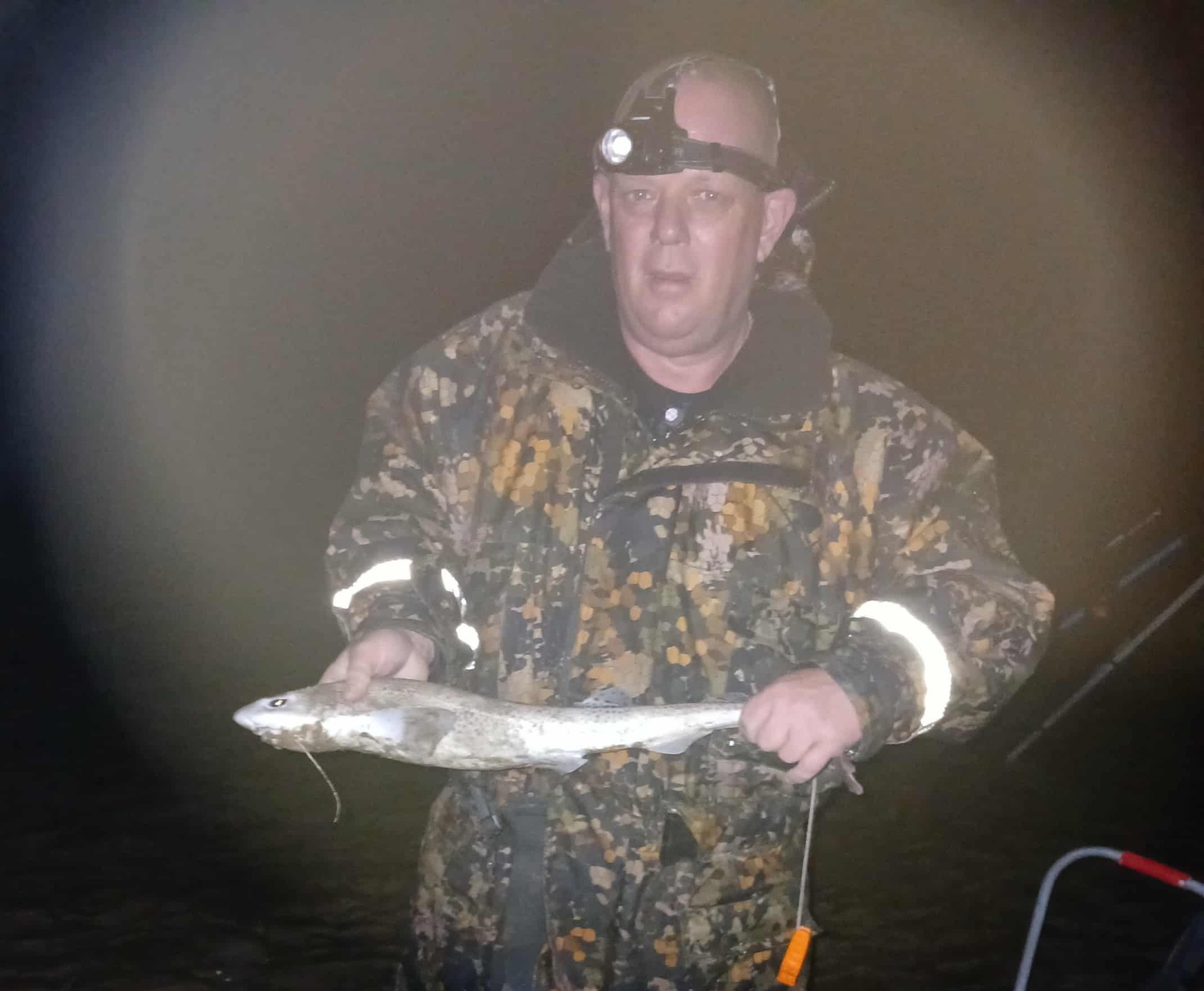
Kevin Legge took first and second place in Combe Martin SAC’s October Rover with small eyed ray weighing 8lb 12oz and 6lb 13oz. Third place was taken by Nick Phillips with a bull huss of 6lb 4oz.
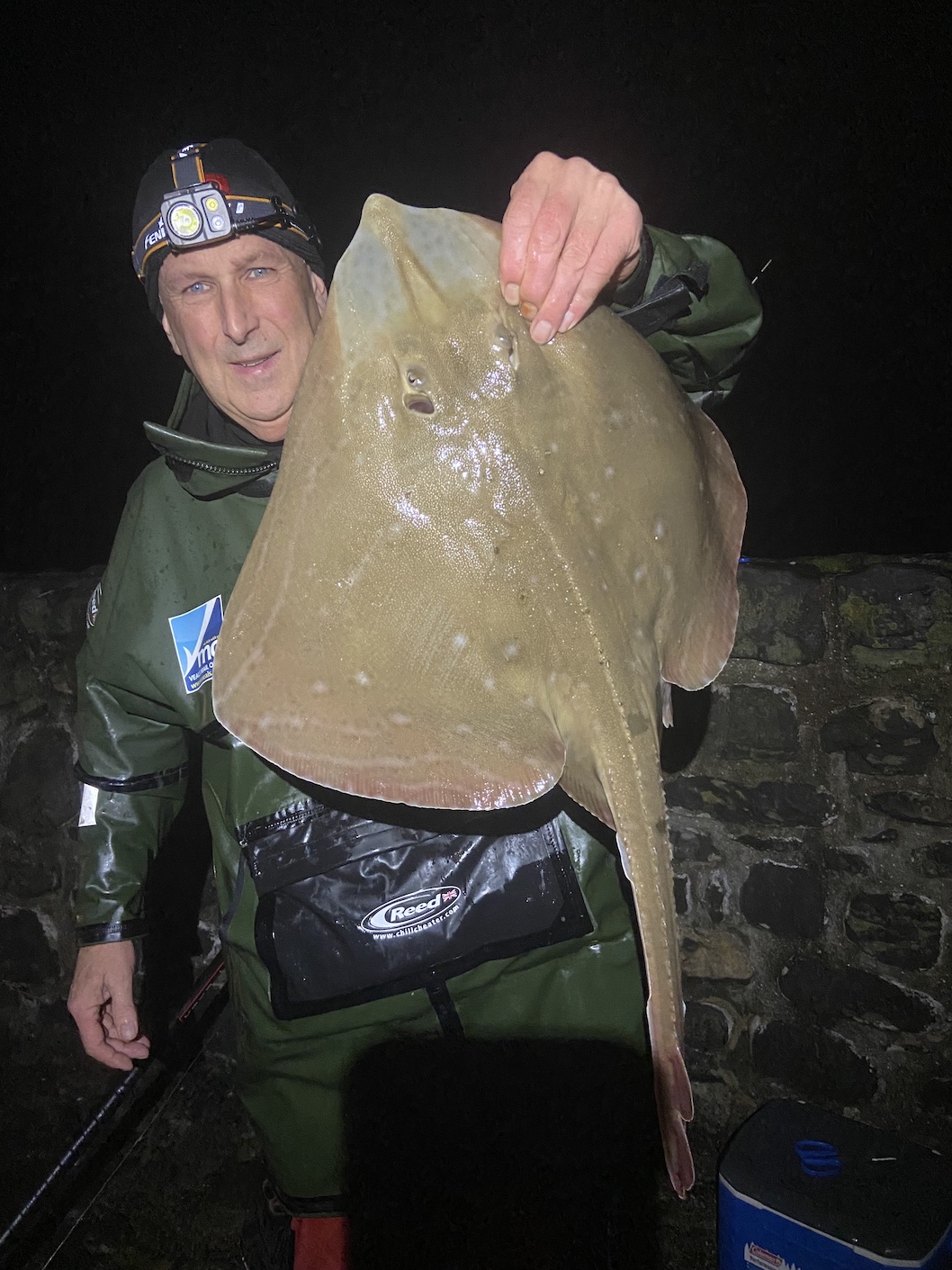
Strong North West winds have curtailed the end of season boat fishing season out of Ilfracombe with many trips cancelled throughout October. This late Autumn period is historically a time of plenty for shore angling enthusiasts with a vast range of species worth targeting. If species fishing is your thing then Ilfracombe Pier and many local beaches can provide red mullet and perhaps sole. Big bass, ray, smoothound and even tope can be tempted from the surf beaches if conditions permit. Grey mullet sport is at its peak in harbours with five pound plus fish a real possibility. The flounder season is also in full swing with these obliging flatfish a popular target in both the Taw and Torridge estuaries.
TROUT FISHING
Wimbleball Reservoir is producing great sport from both bank and boat as Autumn brings cooler conditions with fish feasting on fry in the margins.

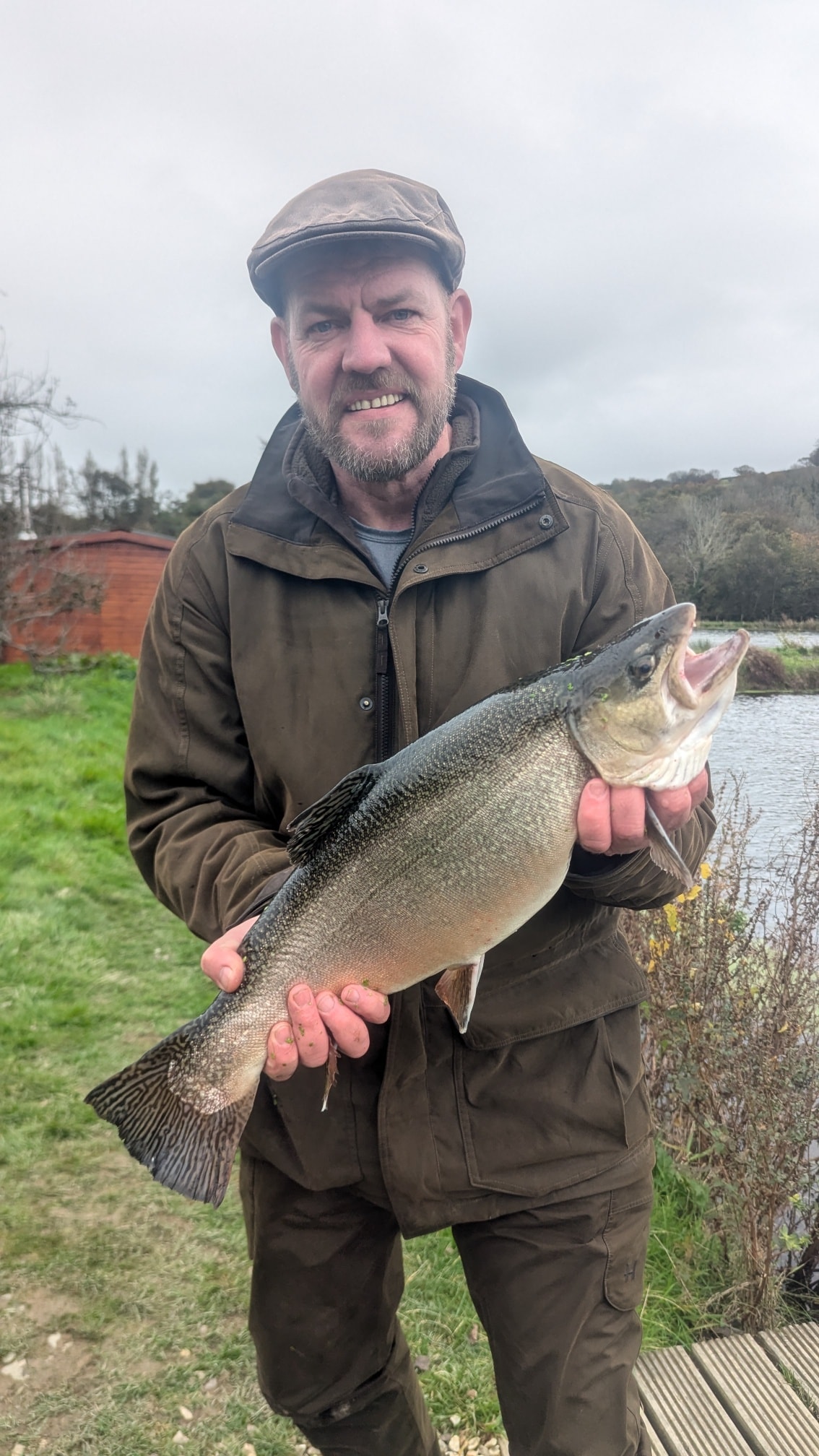
At Bulldog Fishery quality brown trout have been the reward for anglers visiting the lake with good numbers banked along with rainbow trout and spartic’s. Several big brown trout have been stocked recently and are proving surprisingly elusive with anglers glimpsing the fish in the clear water and occasionally hooking big fish that break free or slip the hook after stripping yards of line from the reel. It is always fascinating how big fish can remain uncaught for months even in relatively small waters.
An Autumn Day at Wimbleball – Exmoor’s Premier Trout Water
It had been too long since my last visit to Wimbleball Reservoir and on arrival at the lake shoreline I was shocked to stand at top water level and gaze at the distant boat launching pontoon far away at the water’s edge.

The lake now at less than 30% capacity demonstrates the impact of a dry spring followed by a long dry summer. The recent Autumn rainfall has had little impact so far and we can only hope for a very wet winter to restore the reservoir to full before next Spring. Abstraction from the River Exe will be key for Wessex and South West Water in achieving this goal for the lake is a shared resource that provides water across Devon and Somerset. I believe there are plans to build a new reservoir adjacent to Cheddar Reservoir that will take some of the load off Wimbleball but this is several years away.
There was a brisk North West Wind blowing which would undoubtedly influence where to fish. After loading the boat I headed up to Bessom’s an area that had been producing and is often productive at this time of year.

The road bridge stood high and dry a stark indication of the low level already mentioned. Autumn leaves in shades of bronze stood as a backdrop to the scene. It was indeed well worth visiting the lake to witness the banks revealing scars from its living past before the huge concrete dam held back the River Haddeo that joins the River Exe a mile or so below Dulverton.
The water at this shallow end of the lake was rather murky as a result of recent rain. I thought this could be the reason I could get no action as I searched the water with my flies. I headed to the dam end of the lake and passed the two other boats fishing the lake. I enquired as to success to be told that they too were struggling to find the fish.

I ventured into the deeply wooded Upton Arm hoping to find some shelter but the North West Wind seemed to be increasing in strength making fishing difficult. It was fascinating to explore the steep slopes with the rotting roots of tree’s an eery testament to the valley that was flooded in the late 1970’s.


I felt slightly ill at ease alone in this secluded area and decided to head back up to the dam area where I found more sheltered water. After half an hour or so I still failed to connect with any of the lakes trout. I was using a sinking line with a damsel nymph on the point and a black cormorant on a dropper. This was a combination I felt confident with and my gut feeling was to stick with this and search for fish.
I headed back up the lake again trying the shallow end. It was one of those days when things just seemed hard going. Those days when the wind catches the fly and it ends up stuck right in the middle of your back forcing you to disrobe to remove it. The fly you have just selected and put on the seat blows off into your fishing bag resulting in five minutes playing find the fly.

Deciding on another move I pulled the starter rope to be met with a brief splutter and total engine seizure. Looking over the back of the boat I spied a short length of rope wrapped tightly around the prop. It was impossible to remove the rope in situation so I had to haul the outboard on to the boat. The rope was solid and there was no way I could untangle it. All I had on me was a pair of line snips totally inadequate for cutting the rope free. Fortunately a friend of mine was within hailing distance and was able to assist cutting the rope free with a pair of robust garden scissors. A valuable lesson was learnt; always carry a knife in your fishing bag just in case you need to cut yourself free. Luck was to some extent on my side though for if this had happened whilst in the Upton Arm my days fishing would undoubtedly have been ruined. As the long row back against the strong wind would have been challenging to say the least.
Persistence will generally pay off and I headed to the North shore where I found better clarity and deep water close to the bank. I stuck to the same fly combination and was encouraged to see anglers in another boat enjoying some success as their rods flexed as a fish splashed in the water.

I felt a momentary tightening of the line that injected a degree of optimism and belief. Five minutes later there came that delightful tug on the line as a rainbow trout devoured one of my offerings. The fish fought hard leaping from the water and giving numerous strong runs that tested both tackle and my nerves.


I was relieved to pull a splendid rainbow of around 4lb 8oz into the net. It had taken the black cormorant on the dropper and I noted that the barbless hook was held by just a sliver of skin in the side of the mouth. I noted that it was now cloudy with light drizzle, the wind had dropped and it was undoubtedly a couple of degrees warmer. A brace of rainbows followed in the next half an hour and with the light starting to fade I called it a day contented with success on a hard day.
These hard days are often more rewarding than those days when fish come easily to the lures.
As I drove away in the fading light a barn owl glided close to the road and I slowed down to watch it settle on an old farm trailer. The privileged sight of this ghostly bird still lingers in the mind as I reflect upon the day fishing Exmoor’s premier trout water.
JUNIOR FLY FISHING DAY – EXE VALLEY . November 16th
FISHING WISDOM – By Dominic Garnett

FISHING WISDOM
A Miscellany of Angling Anecdotes, Facts and Folklore.
By Dominic Garnett
GMC Publications. ISBN 9781784947200
Dominic’s latest book delivers an array of wisdom and comment in his unique and at times quirky entertaining style. The book strips angling back to basics in the first few chapters adding clarity to tactics that will sharpen any anglers approach to the varied waters into which lines are cast.
The design of the book certainly oozes tradition and it is in many ways a timeless tome packed with information for anglers making their first tentative casts or reflecting upon a life time searching for that connection with those creatures that dwell within a fascinating and mysterious realm.
Dom is a multi-discipline angler like myself and I can relate to much within the book and found myself benefitting from the straight forward analysis of angling. It also stimulated my own thoughts on why we fish and its wider benefits.
As those darker winter nights approach it is a book well worth delving into deserving a place on any anglers bookshelf. My own personal favourite section is perhaps the Fishing and Culture section that celebrates anglings rich history and mythology.
It is a book that will never become outdated for its key themes are the timeless essence of angling through the ages.
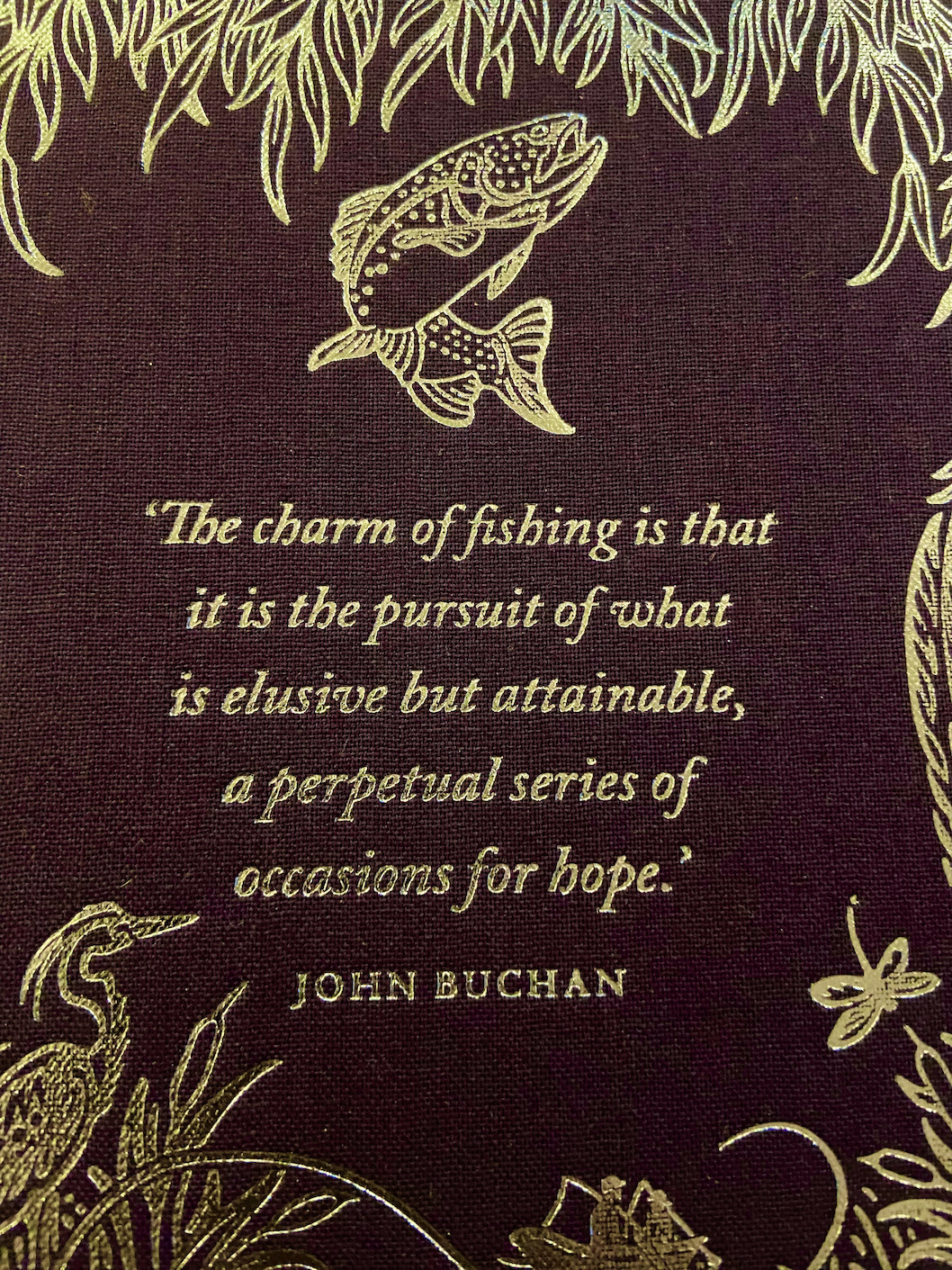
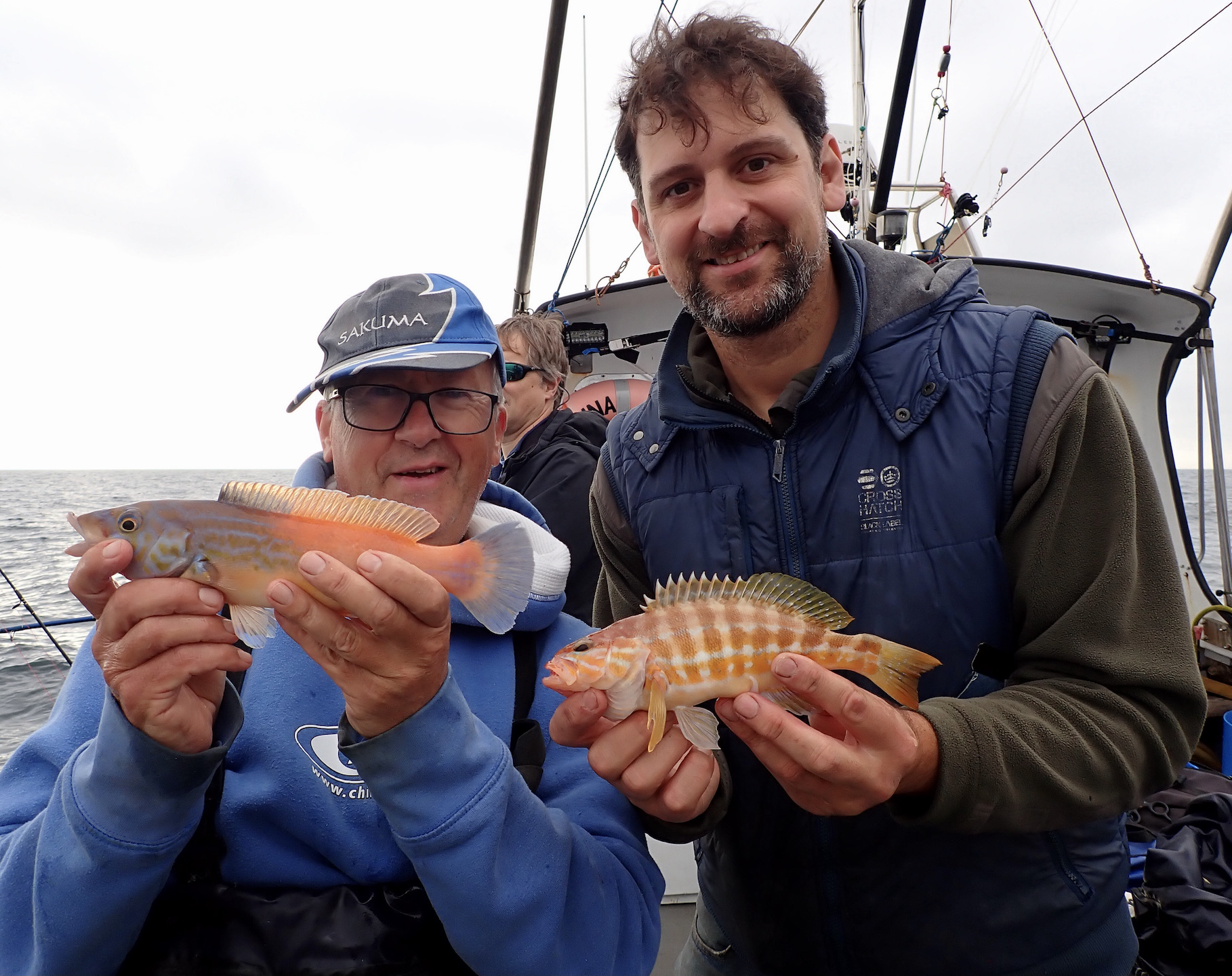
October fly Competition at Bulldog Fisheries
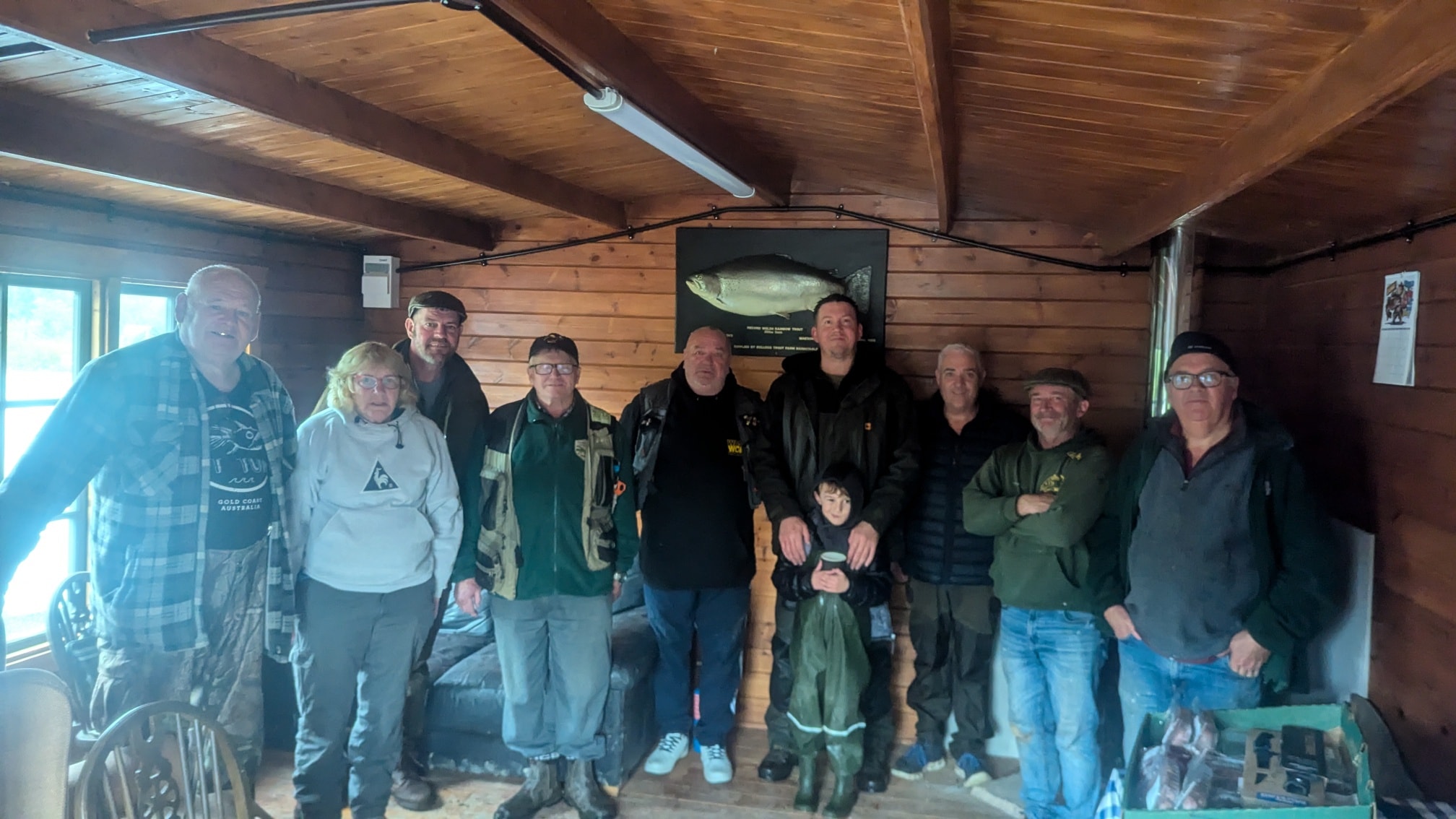
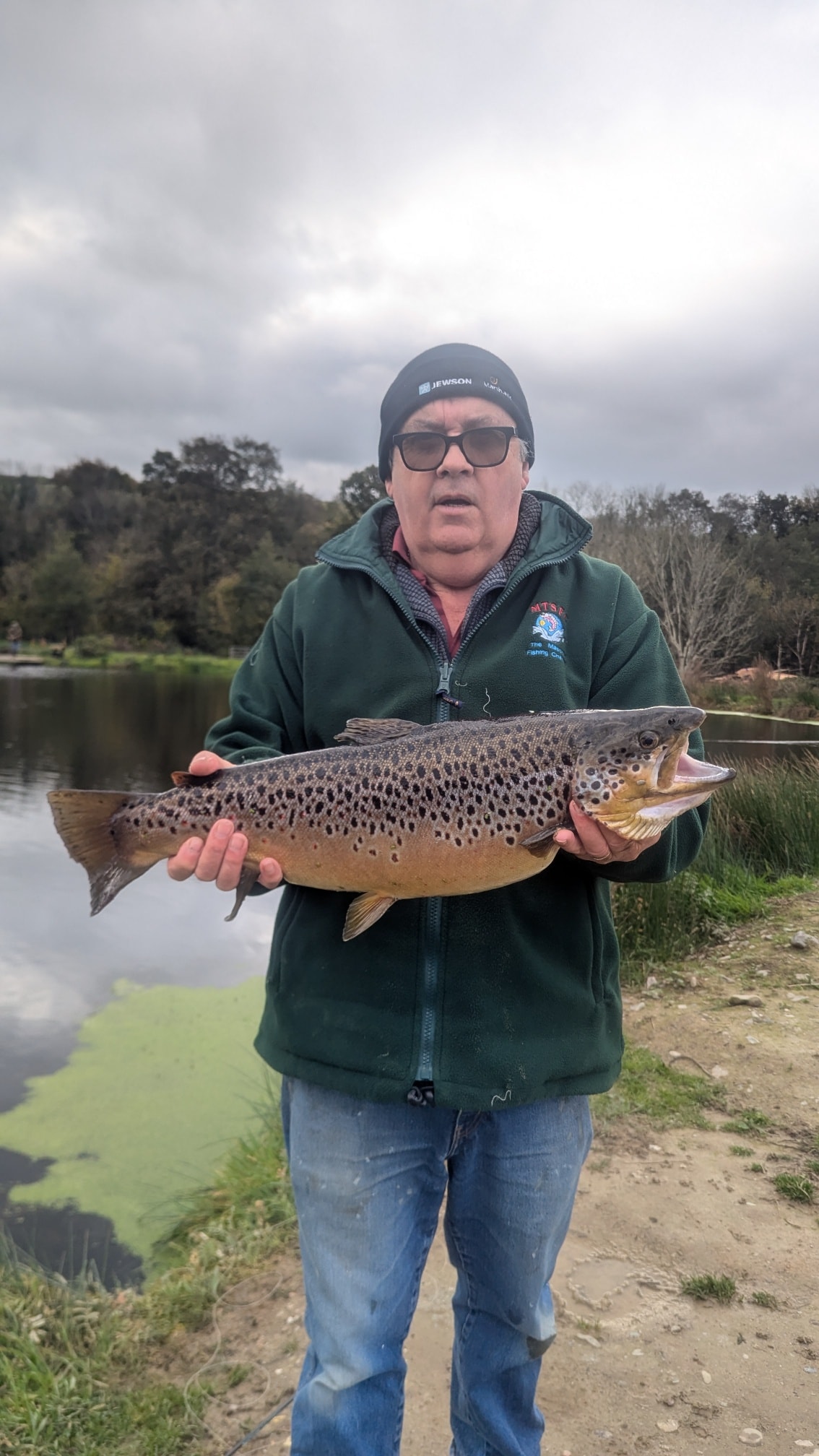


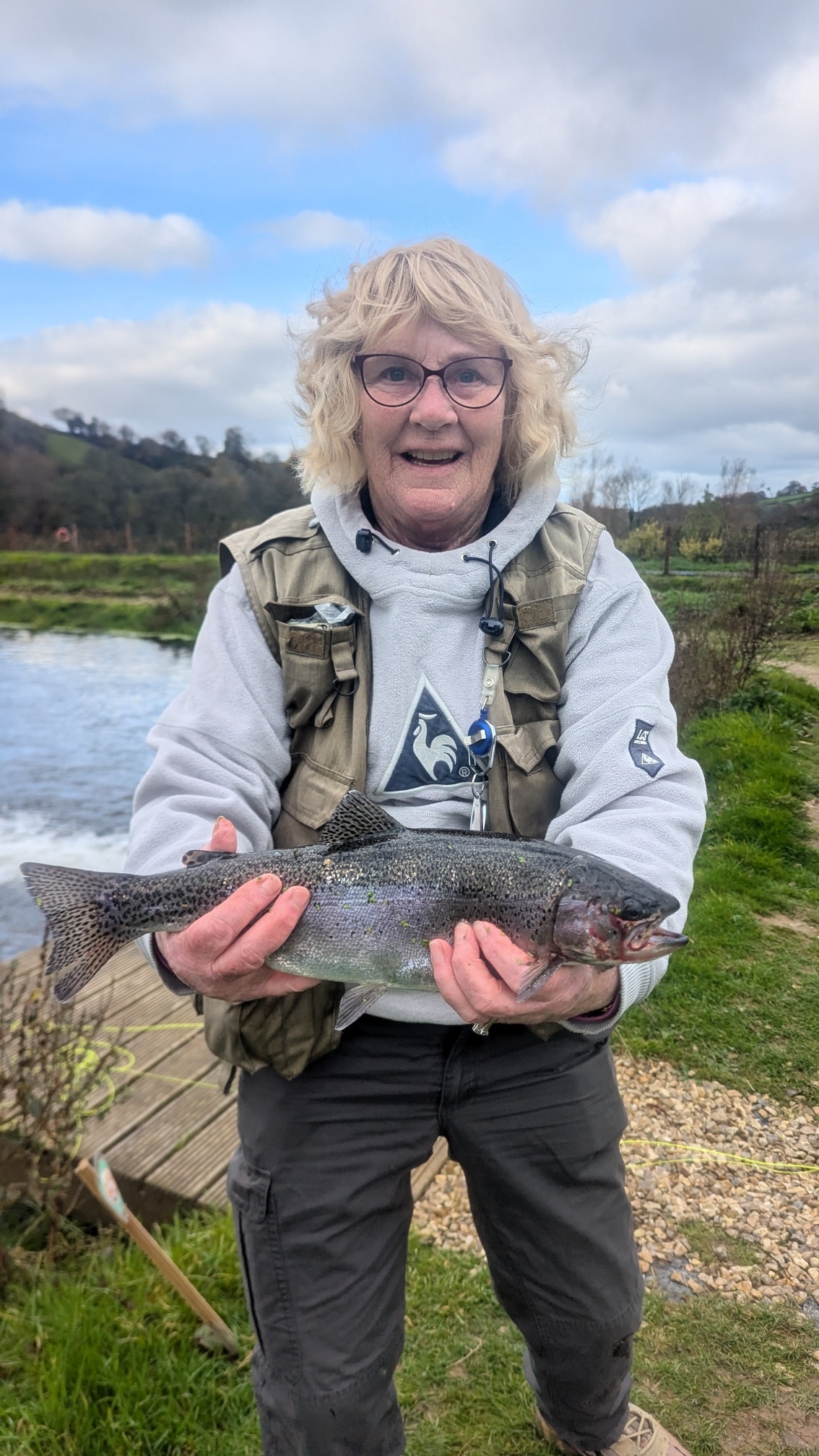

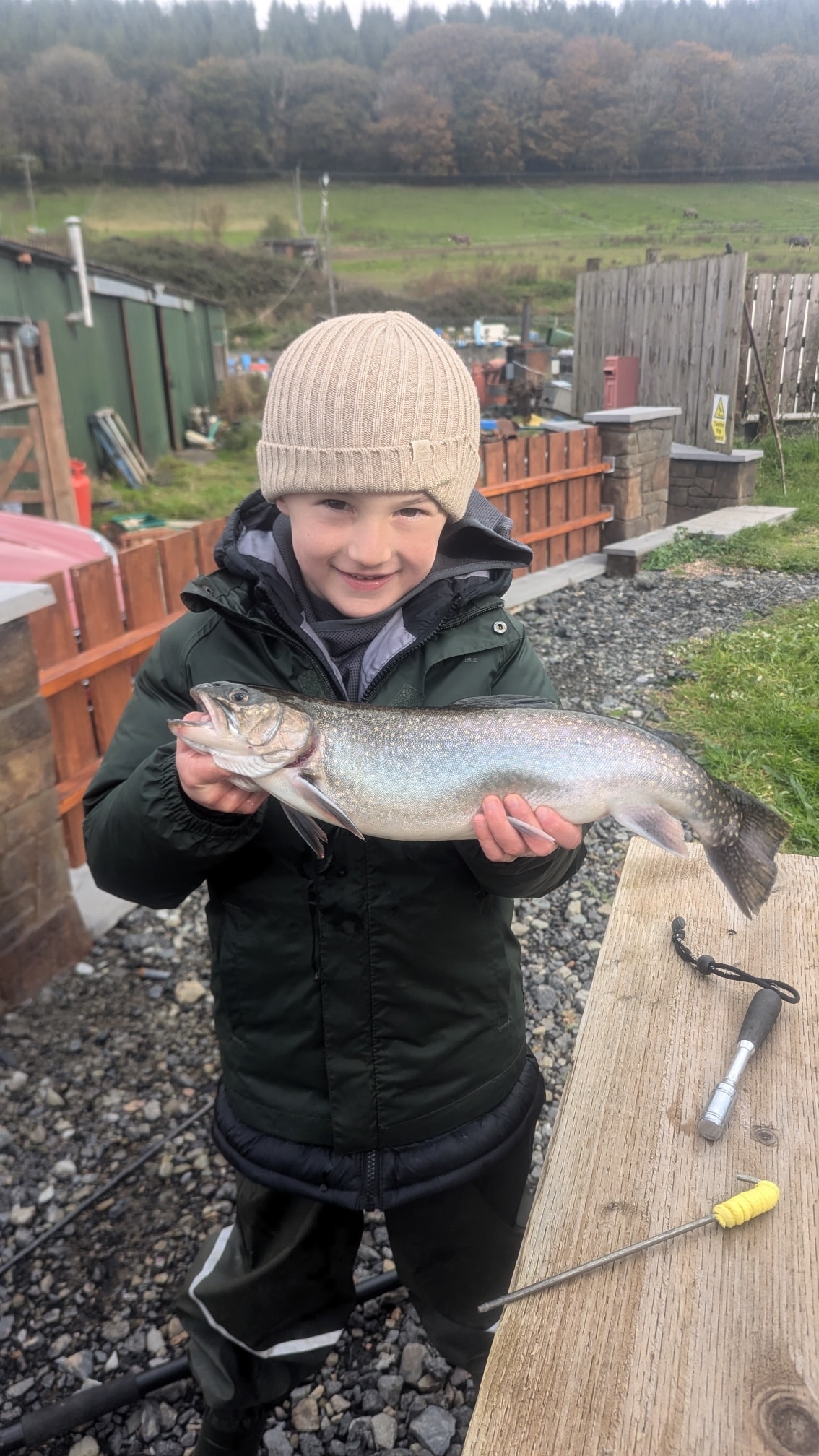

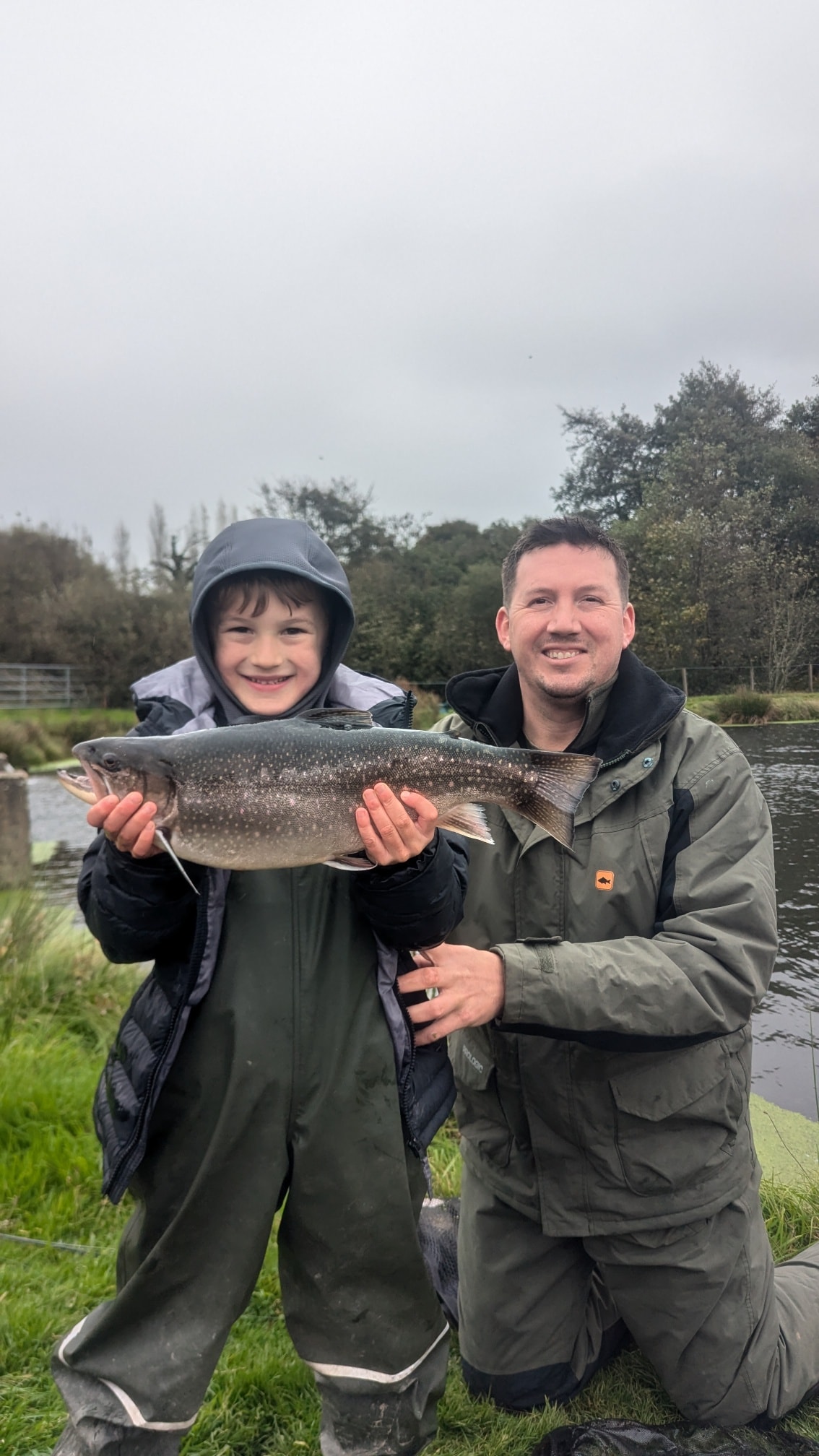
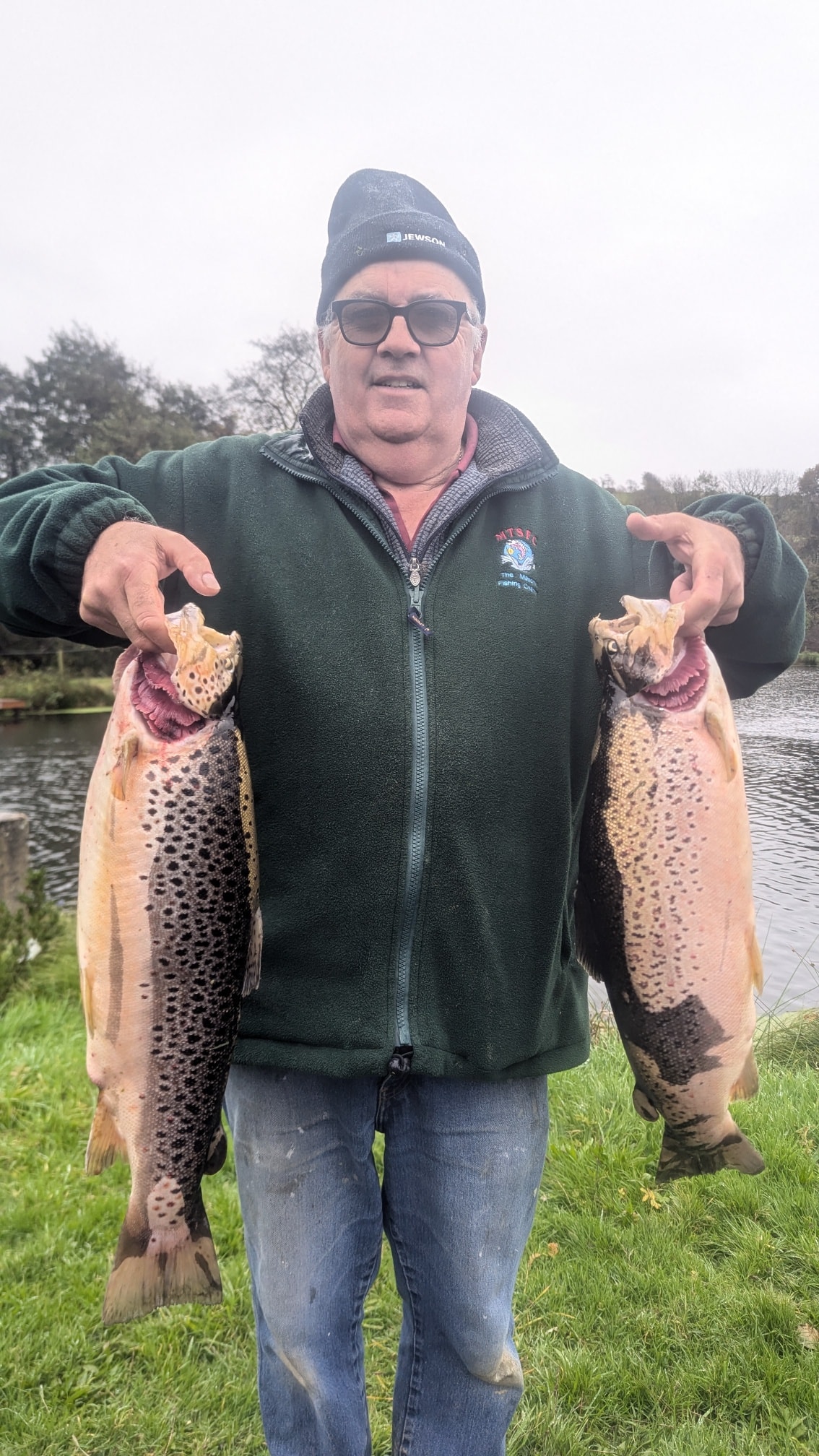
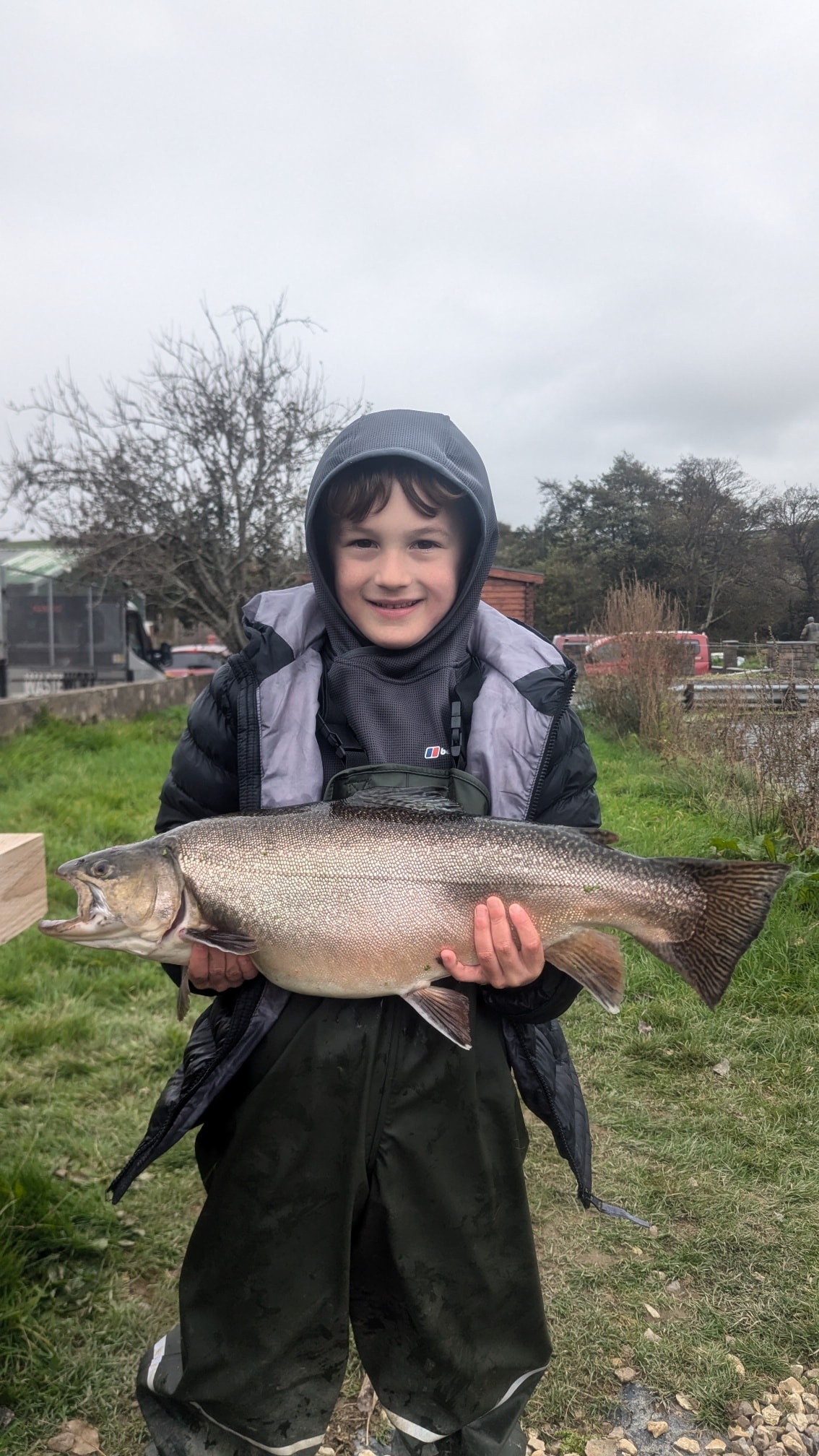
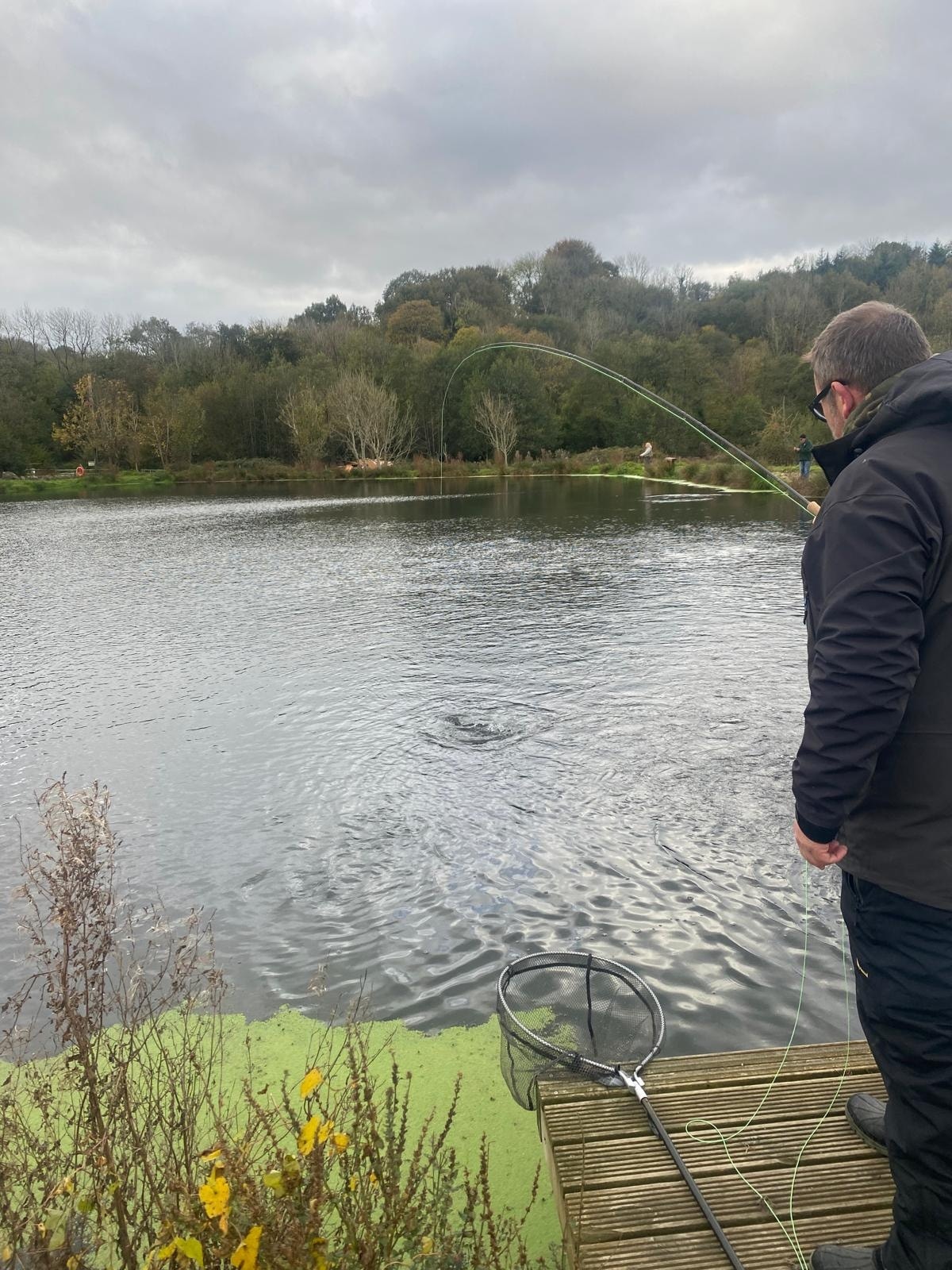
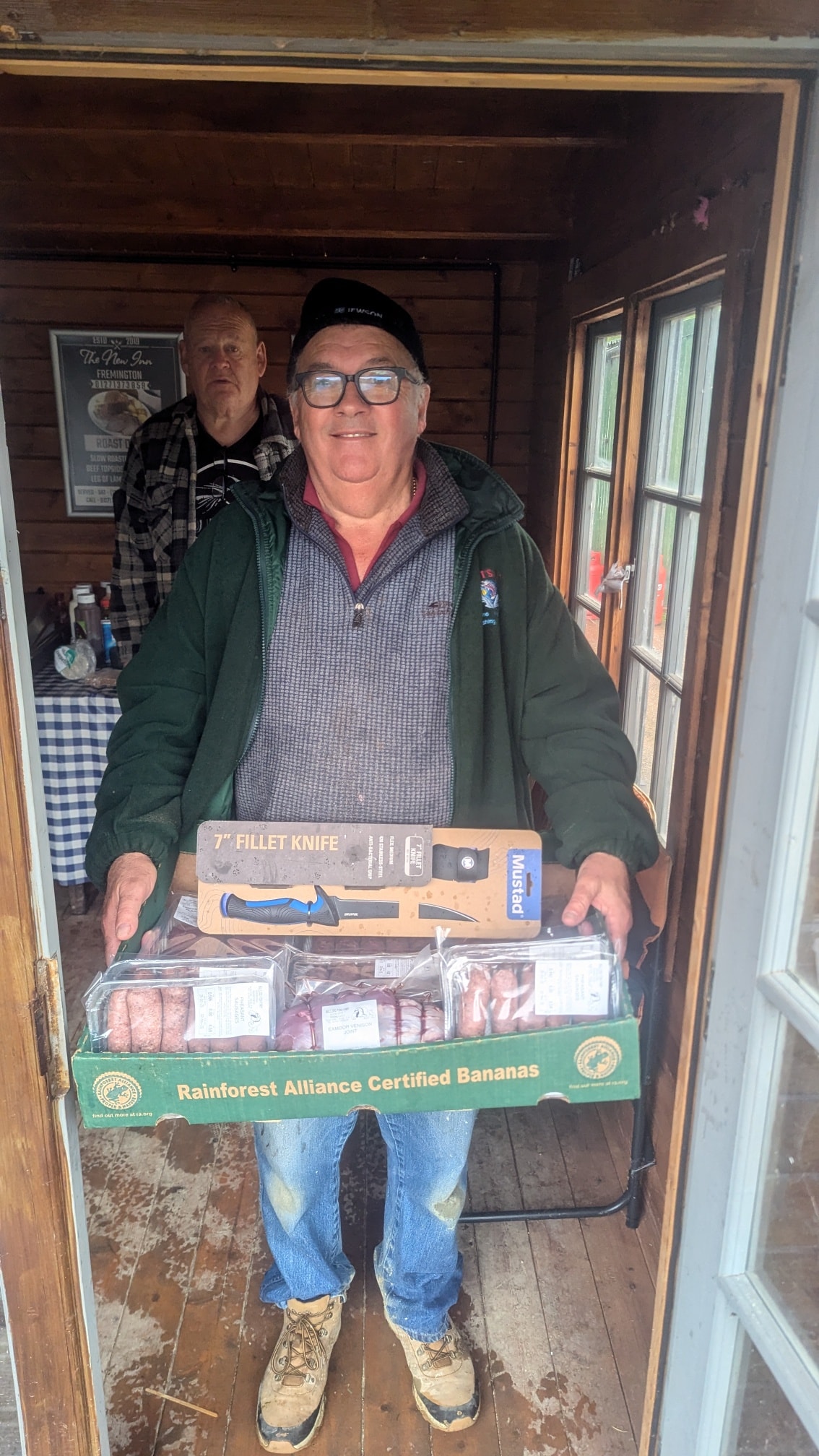
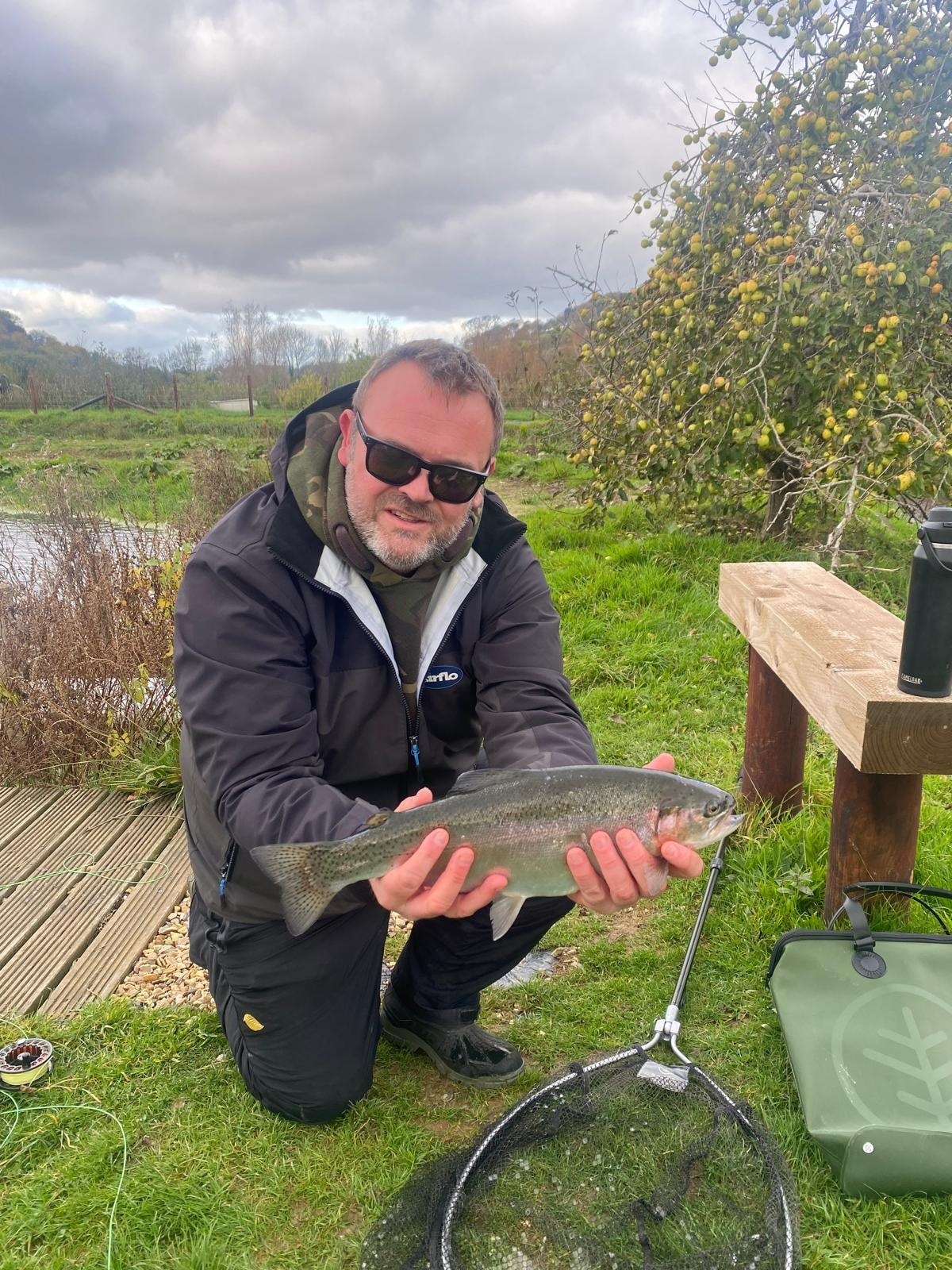
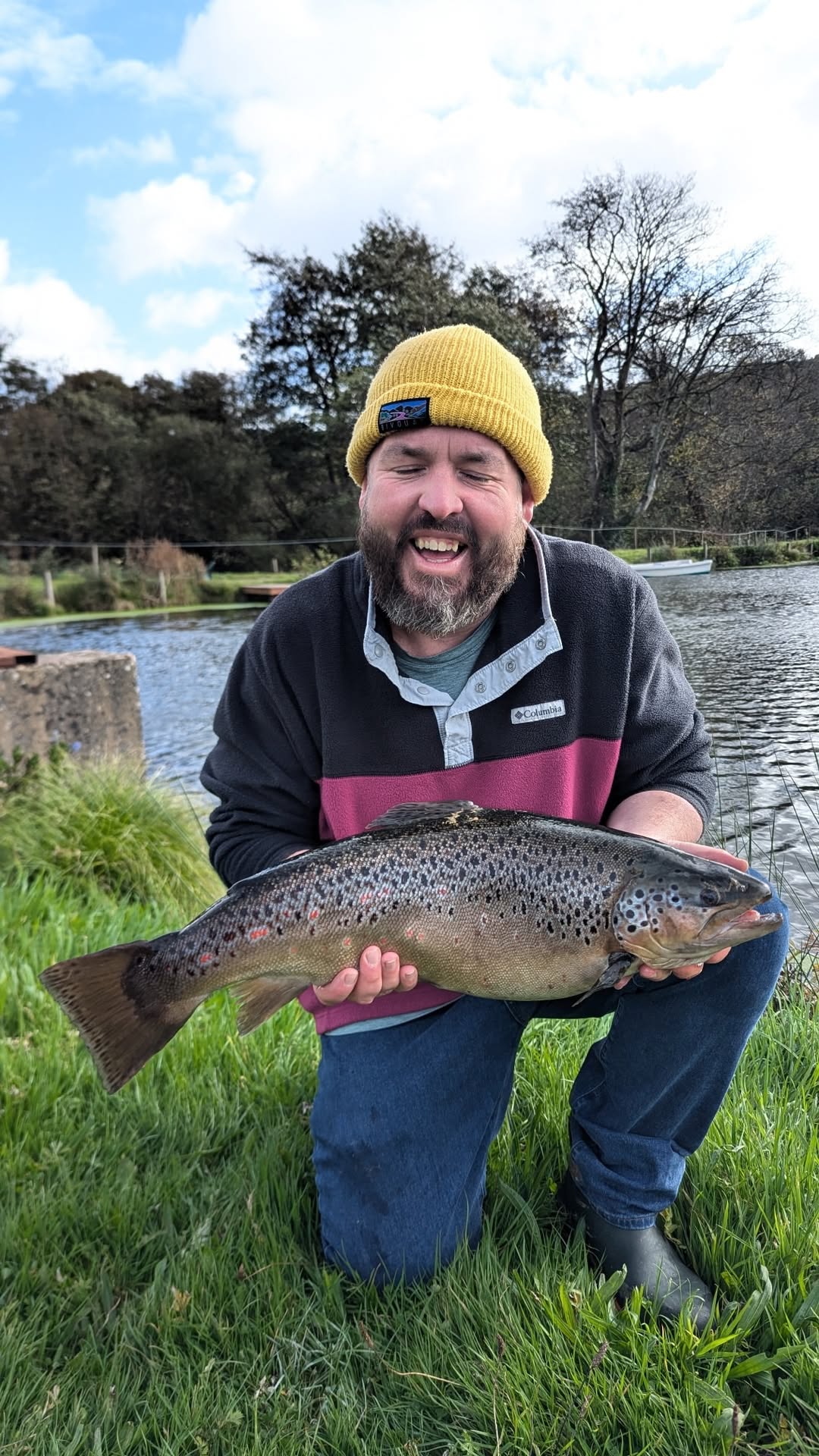
South West Lakes Trust Trout Fisheries Report October 2025
South West Lakes Trust Trout Fisheries Report
October 2025
A month of mixed weather conditions, some days warm and sunny, others wet, windy, and cooler, which, along with cooler nights, has meant that water temperatures are starting to drop, and water levels to slowly rise. Storm Amy helped to stir things up, with strong winds and some heavy downpours making angling conditions challenging.
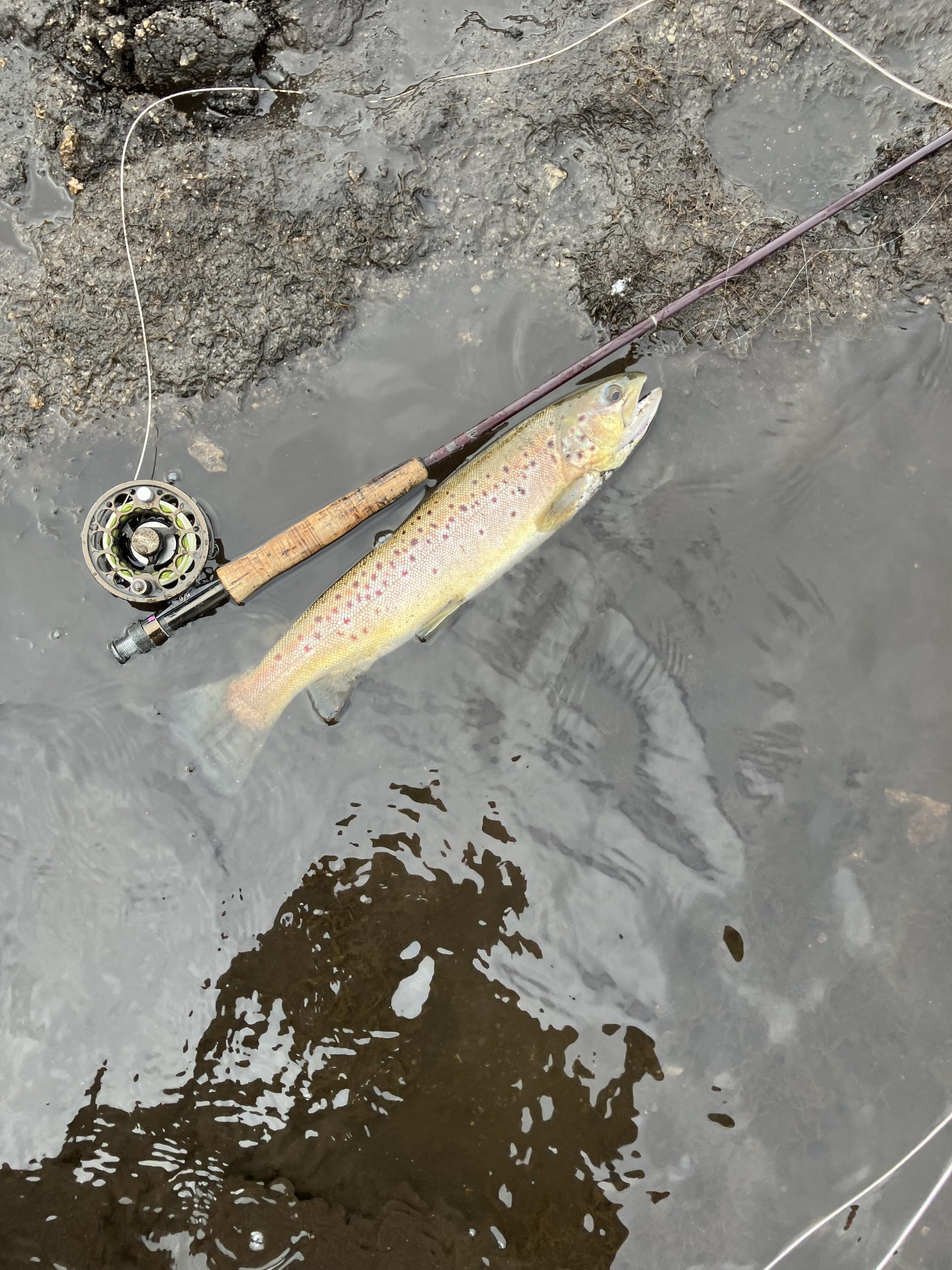
Fishing:
Kennick – The fishing improved as the month progressed, with anglers averaging 2.3 fish per rod overall. The best locations included Smithacott, The East Wall, The Narrows, Poplar Bay and Bracken Point, with boat anglers doing well in Clampitts and in the deeper central water. Fish proved to be feeding at all depths, so anglers needed to be open-minded to trying a selection of different line methods and tactics. Similarly, a wide variety of fly types all caught fish, depending on the conditions on the day (particularly successful patterns included Black Hoppers, Foam-back Daddies, Sedges, Buzzers, Montanas, Damsels, Diawl Bachs, Cats Whiskers, Orange Blobs, Cormorants and Nomads).
Graham Roberts (from Totnes) and his boat partner caught four rainbows to 4lbs on a sunny day, about 16ºc, fishing deep with lure patterns; in another session they caught thirteen fish to 3lb 12oz, again using fast sinking lines and lures. Andrew Kirchin (from Dawlish) caught two rainbows to 3lb, using foam-back Daddies, while Richard Berrisford caught two rainbows to 3lb using a mini-snake pattern on an intermediate line in one session, and another six fish to 2lb 10oz on a deep-fished Tequila Booby on another visit. For operational reasons, South West Water has recently dropped the level considerably, which has restricted the number of boats available, and left some banks unfishable due to soft mud – the level is now down to 32%. Check the Trust’s website for the latest updates.
Burrator – The fishing at Burrator continued to improve, with anglers achieving an overall monthly average of 4.6 fish per rod (with a couple of weeks exceeding six fish). Generally, floating or intermediate line tactics proved to be the most successful. Popular locations included Longstone, Back Bay, Pigs Trough, Sheepstor, Discovery Bay and Pines. Foam Daddies, Hawthorns, Tequila Hoppers, Sedges and Klinkhammers caught surface-feeding fish, while deeper fish were caught on both nymphs (Damsels, Buzzers and Hares Ear Nymphs) and lure patterns (Goldhead Yellow and Orange streamers, Tequila Blobs, Orange Fritz and Cats Whiskers).
Gordon McLeod (from Tavistock), caught a bag of twelve fish, which included a cracking 4lb rainbow (a personal best as well as the best fish caught at Burrator this season) on a Candy Blob; Gordon also caught a bag of eleven rainbows to 2lb on another visit using a Tequila Blob. Daniel Forrester (from Hatherleigh) also caught eleven fish to 2lb using a Candyfloss Booby pulled slowly across the surface to imitate floating fry. Water levels are now at 47%.
Stithians – The fishing continued to improve as the month progressed, with anglers averaging well over three fish per visit in two of the weeks. Floating line tactics proved to be the best, with plenty of fish rising to dry patterns (Hares Ear Parachute, Elk Hair Sedge, Beetles, Midge Hoppers and Black Hoppers). Sub-surface feeders were caught on Diawl Bachs, Spider patterns and Damsels, as well as lure patterns (Orange Blobs, Minkies, Cormorants, Black Fritz, Cats Whiskers and Fry Patterns). Popular locations included The Dam, Mossopps, Goonlaze, Pipe Bay, Hollis, Yellowort and Sluice Bank. John Henderson had an excellent day’s sport, catching five rainbows and twelve browns, with most fish taking surface patterns. Levels are at 50%.
Colliford – Colliford fished consistently well throughout the month, with anglers averaging 3.2 fish per visit, with Lords Waste, Middle Car Park, Stuffles, Dam and East Bank producing the best sport. Floating line tactics proved the be the best option, with Dry Sedges, Bibio Hoppers, Daddylonglegs, Olive Crunchers, Bobs Bits, Zulu, Bibios, Soldier Palmers, Alexandras and Black and Peacock Spiders all catching well. Chris Tilyard caught seven browns to 12” on Bobs Bits, while Paul Mockford caught four fish to 30cm on a Bibio pattern. Water levels are now at 44%.
Fernworthy – The fishing at Fernworthy proved to be fairly consistent throughout the month, with anglers averaging 1.4 fish per visit. Generally floating lines were preferred, with fish taking a variety of patterns on or just under the surface (Sedges, Black Parachute patterns, Silver Invicta, Kate McLarens, CDC Hoppers, Daddy Longlegs, Soldier Palmers, Hares Ear and Pheasant Tail nymphs). Thornworthy, Dam bank, Picnic area and South Bank proved to be the most productive locations. Levels are at 71% at time of writing.
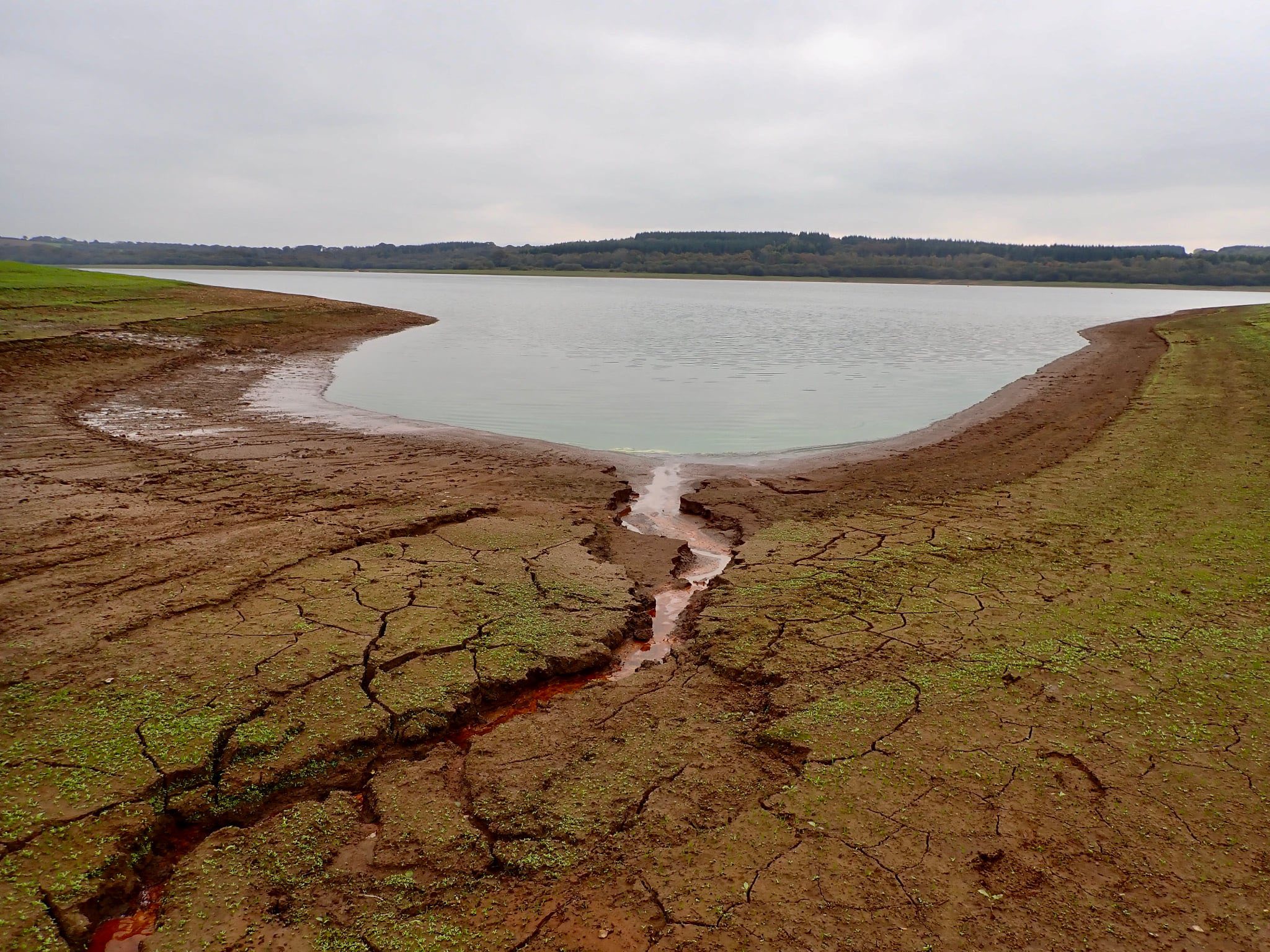
Roadford – The excellent sport continued at Roadford as the season draws to an end, with anglers averaging 3.5 fish per visit (up to 5.8 in one week). Gaddacombe, Wortha, Big Oaks, South Shop, Goodacre and Daveys Bank all proved to be popular locations, with anglers preferring floating line tactics. Successful patterns included Diawl Bach, Soldier Palmer, Zulu, Cats Whiskers, Black Gnats, Black Tadpoles, Spiders, Crunchers and Black Pennels. Dean Boucher (from Gunnislake) caught eleven browns to 16” using a Soldier Palmer and Black Tadpole; he also caught thirteen fish up to 1lb on a previous visit, using pulled wet patterns (again Soldier Palmer and Black Tadpole). Chris Langton also caught five browns. Water levels are now at 60% capacity.
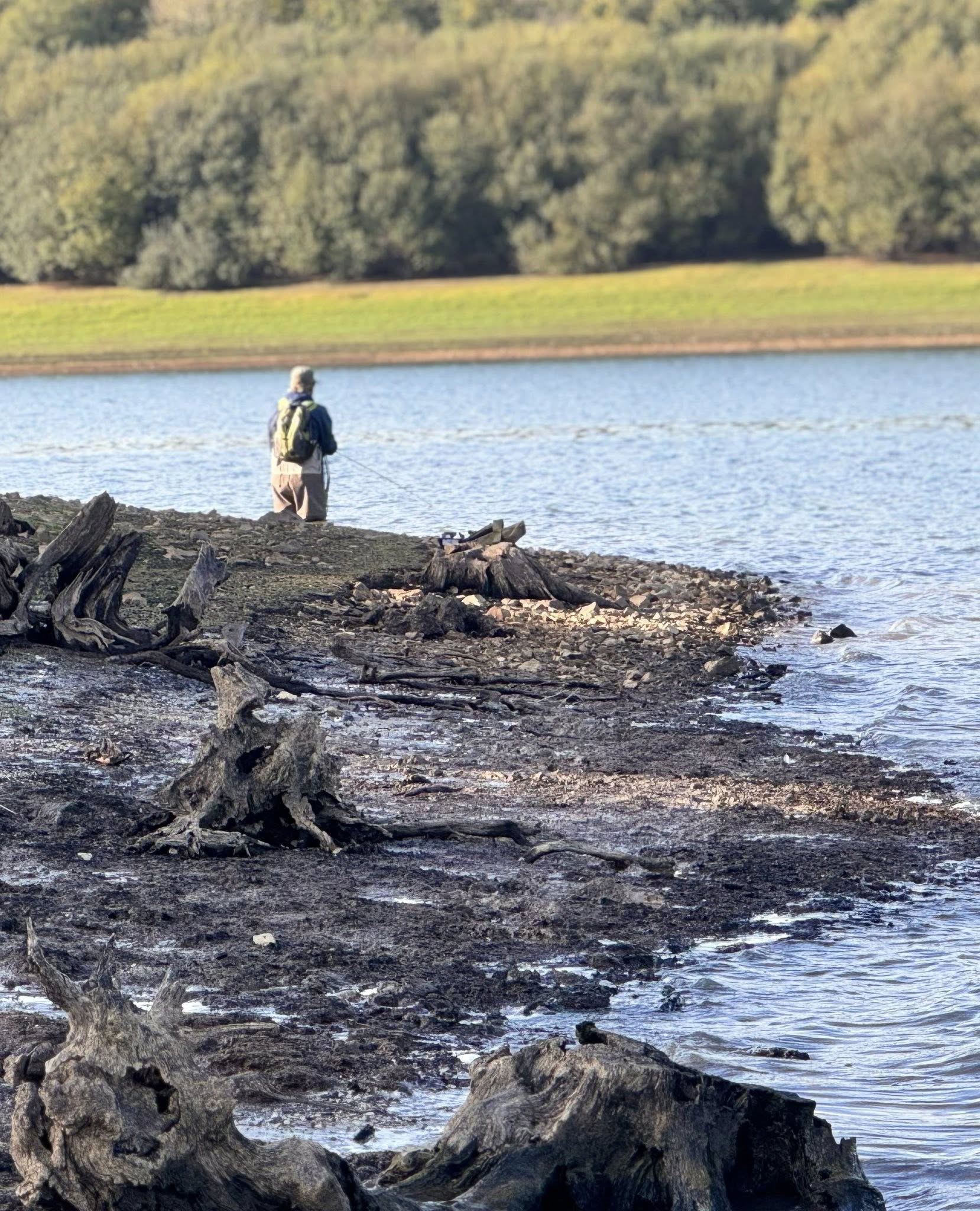
Weekly Angling Report -October 23rd 2025

UNDERWOOD SECURES WIN AT BIDEFORD CLUB WATER
Bideford Angling Clubs monthly Coarse Match on their home water was won by Nathan Underwood with 84lb 2oz. Runner up was Darren Polden with 52lb 12oz and third Keith Mountjoy with 39lb 14oz.

Jamie Steward caught a stunning lure caught bass of 71cm to give him a narrow lead in Combe Martin SAC’s lure fishing league sponsored by High Street Tackle, Ilfracombe with five bass for 353cm. The league ends on October 31st with several members in contention. Runner up spot is currently held by Mark Drewer with five bass for 351cm and Seth Tuson third with five bass for. 347.5cm.
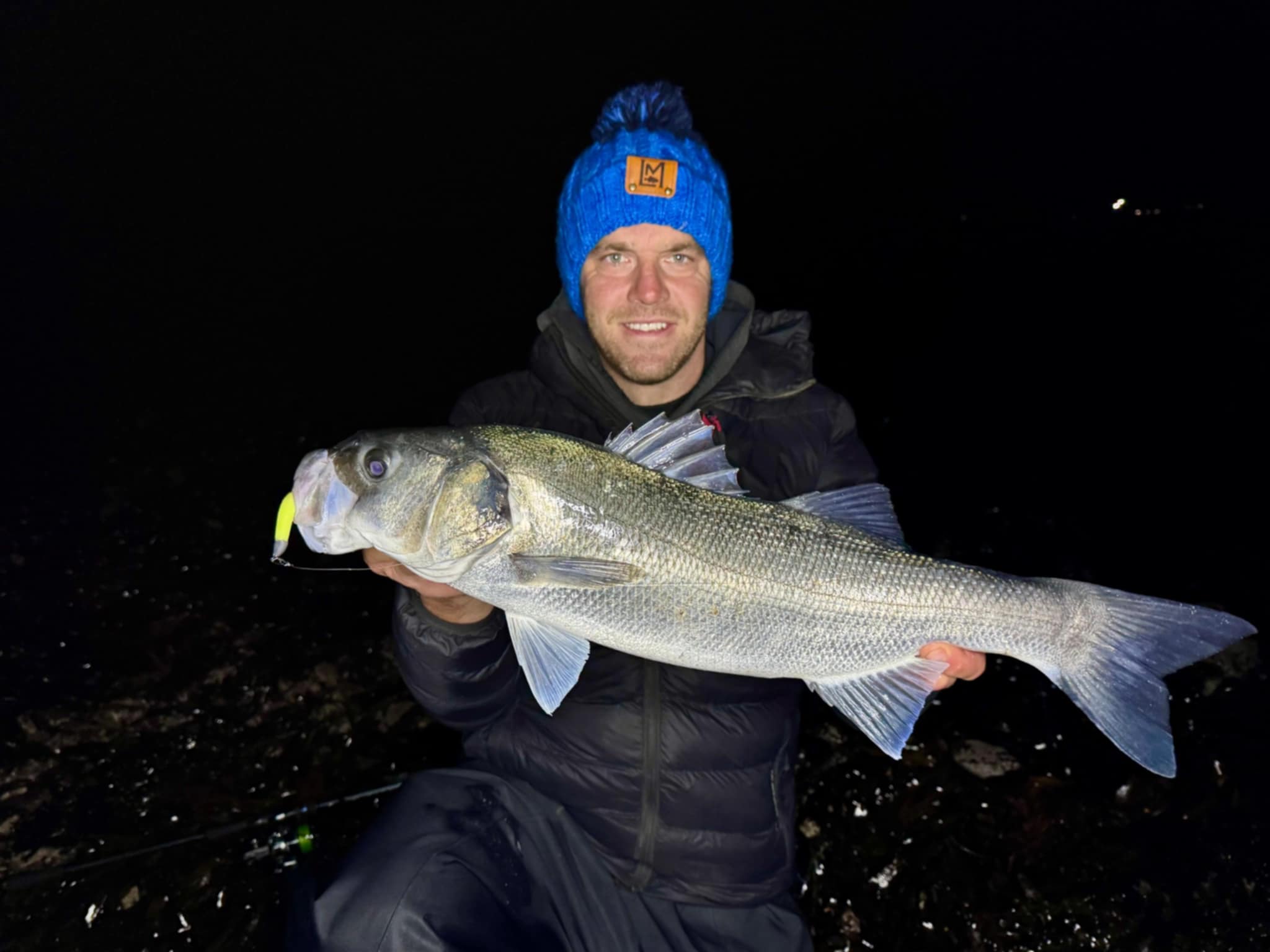
Combe Martin SAC members have been catching specimen mullet from the North Devon Coastline with Daniel Welch catching a 4lb 2oz specimen and Graham Snow a specimen of 4lb 1.5oz.
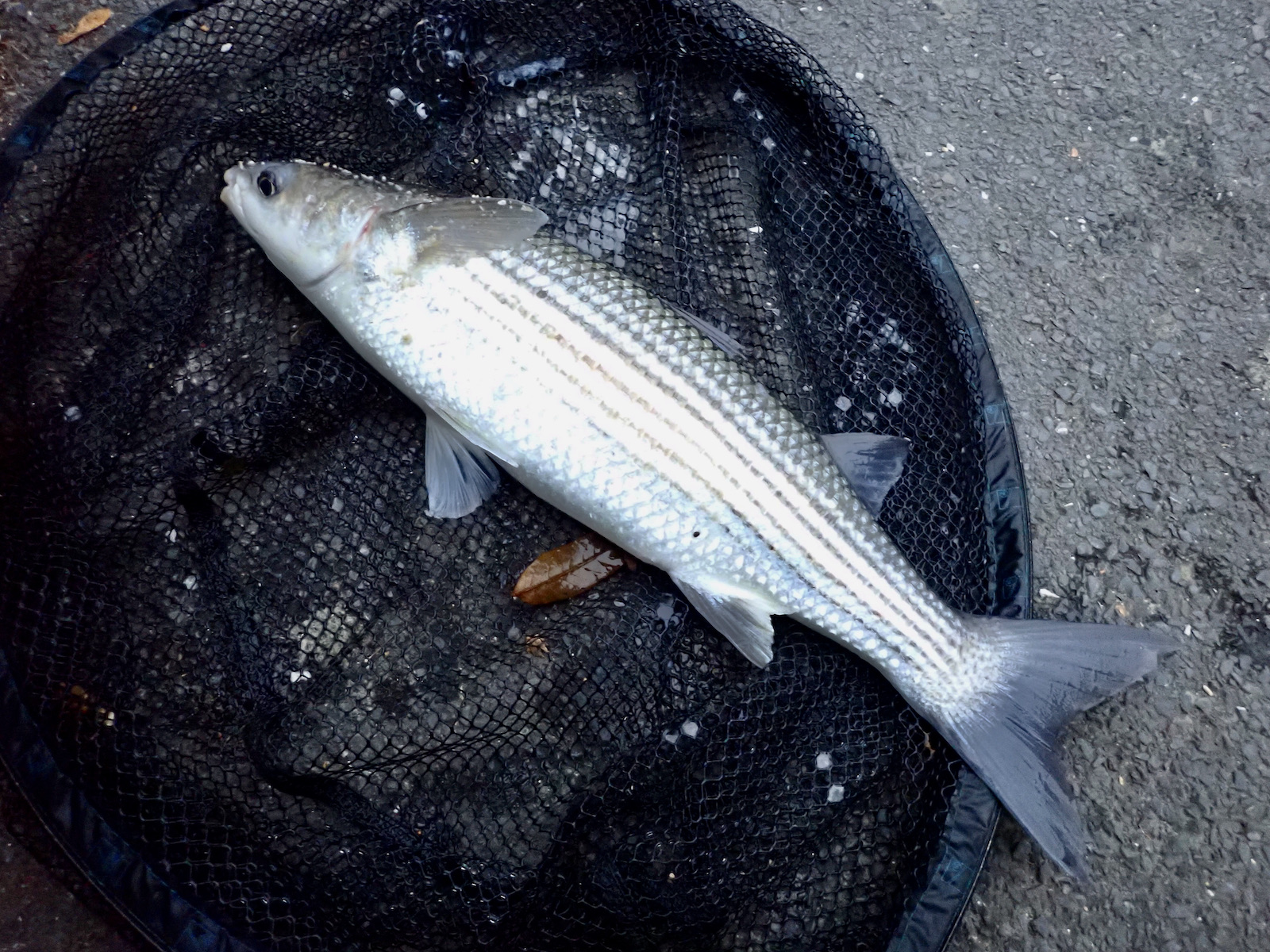
The Fluff Chucker’s Fly Fishing Group followed up on a successful Brown Trout Masters series with a West Country Grayling Cup hosted by the Arundell on the Devon and Cornwall border. Roger Truscott once again demonstrated his skill with the Fly Rod winning the event with a fine grayling of 45cm. Runner up was Rodney Wevill. Winner of the morning session was Gary Brazier and Ozzie Gough winner of the afternoon session.
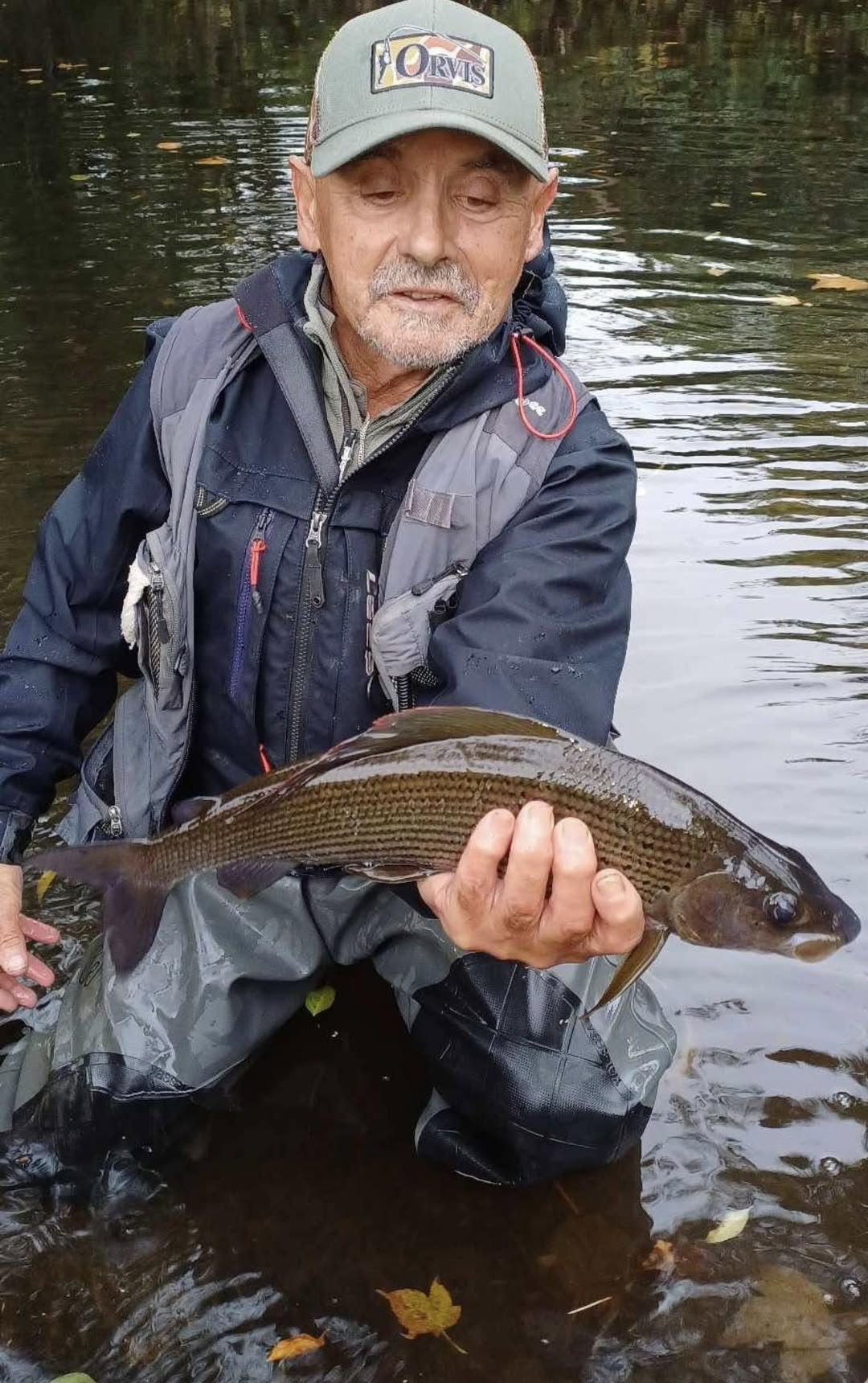
Grayling offer winter sport on a limited number of rivers across Devon with the Arundell waters offering fishing on the Tamar and its tributaries. The Upper Exe waters controlled by the Dulverton Anglers Association offer several miles of fishing for these ladies of the stream.
Bulldog Fishery is in fine form with big brown trout, spartic’s and rainbows being caught. The venue is launching its winter competition program of events with the first competition this Sunday.
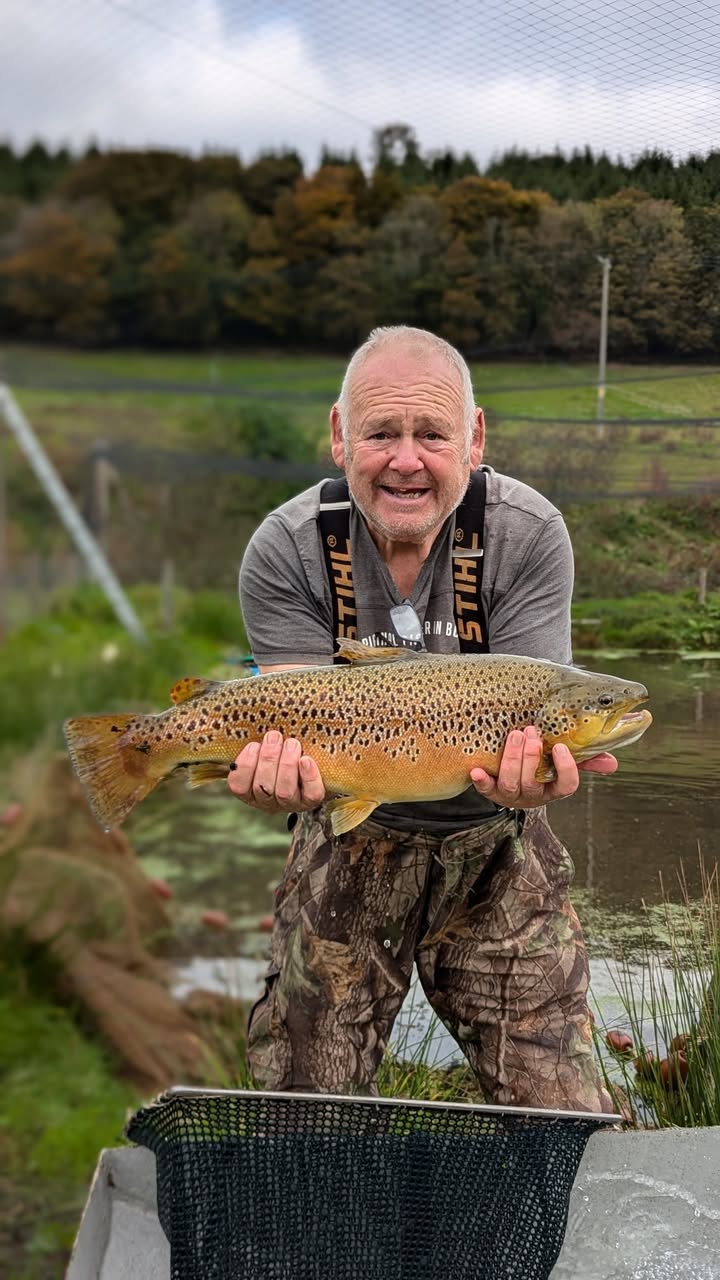
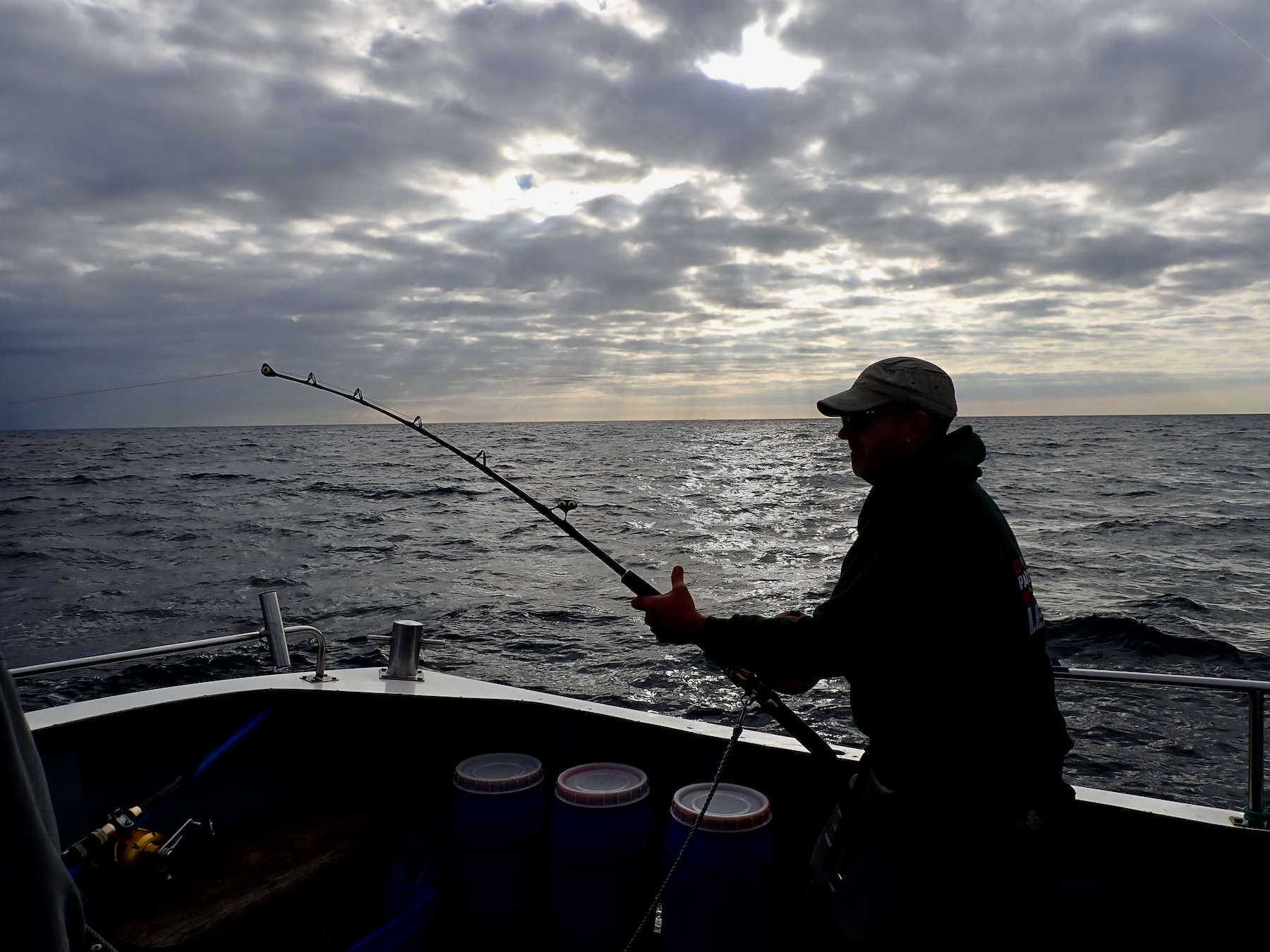
Several North Devon based anglers have travelled to Cornwall and South Devon ports to sample the exciting tuna fishing that is currently thriving to bring a welcome boost to local economies. I joined four good friends out of Looe to share an awesome angling adventure that saw us bring nine tuna to the boats side all between 200lb and 300lb. The power of these fish is immense and a true test of an anglers stamina. It is truly amazing to witness such an abundance of life as these magnificent fish feast upon a shoal of fish along with dolphins and sea birds. It is to be hoped that this valuable catch and release big game fishery can thrive and focus minds on the long term conservation of our coastal waters.
